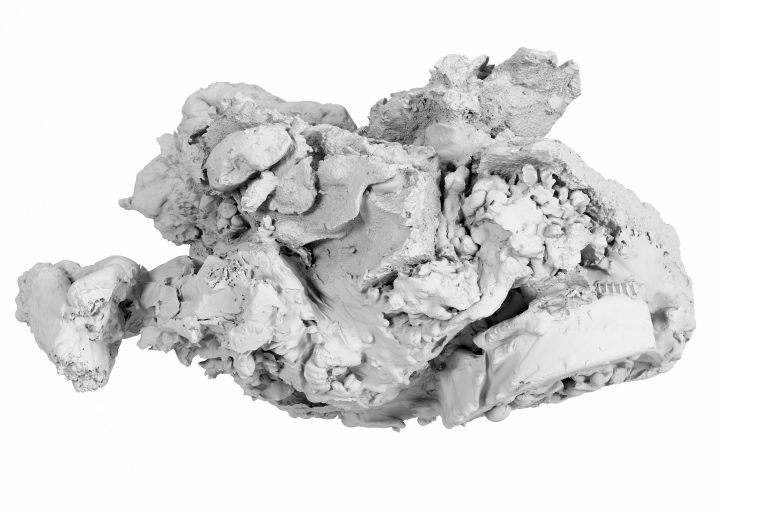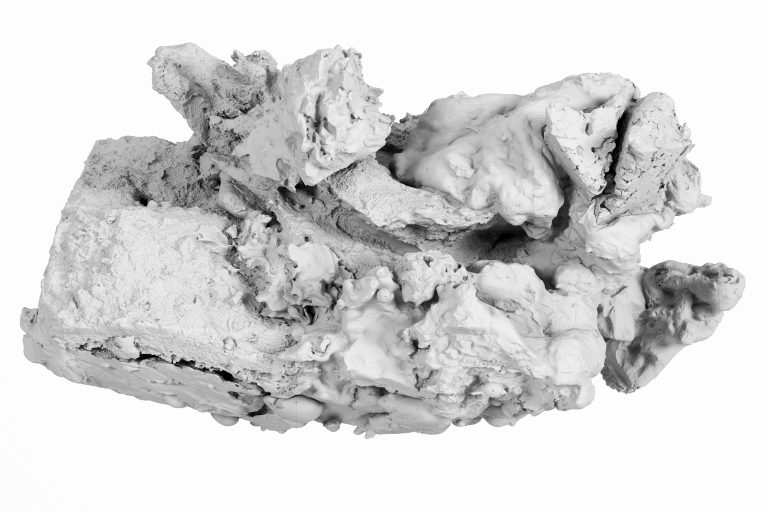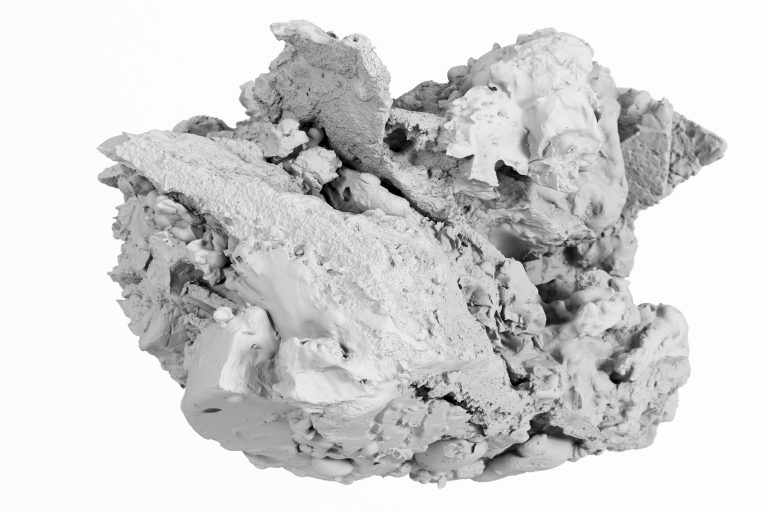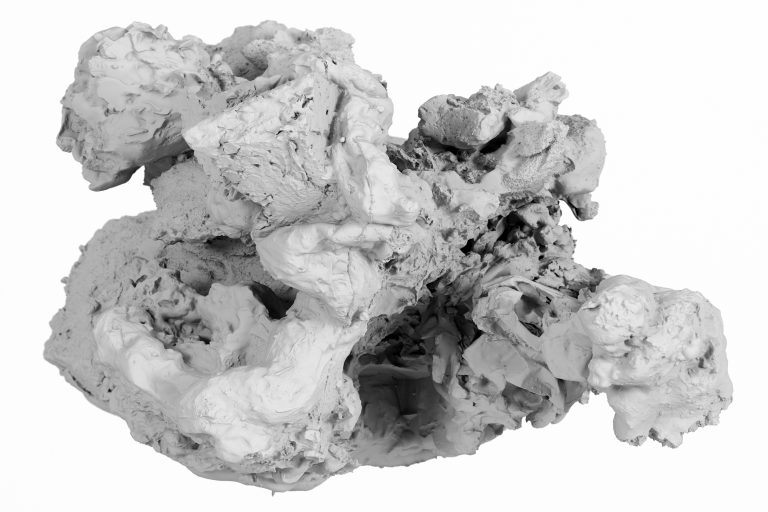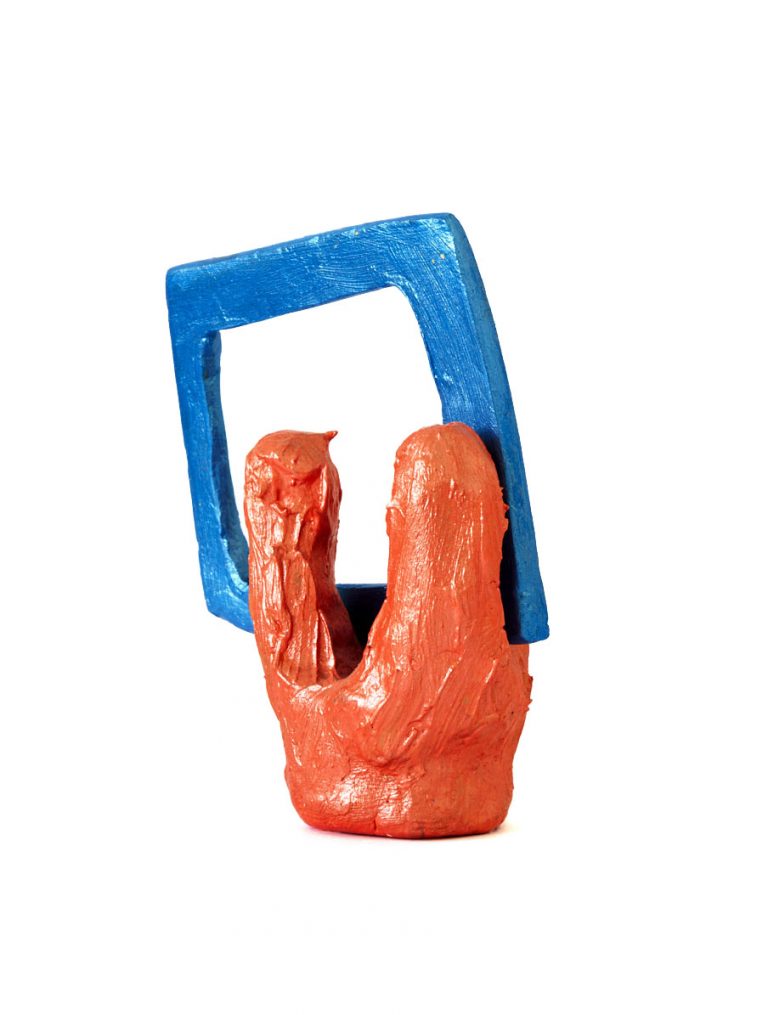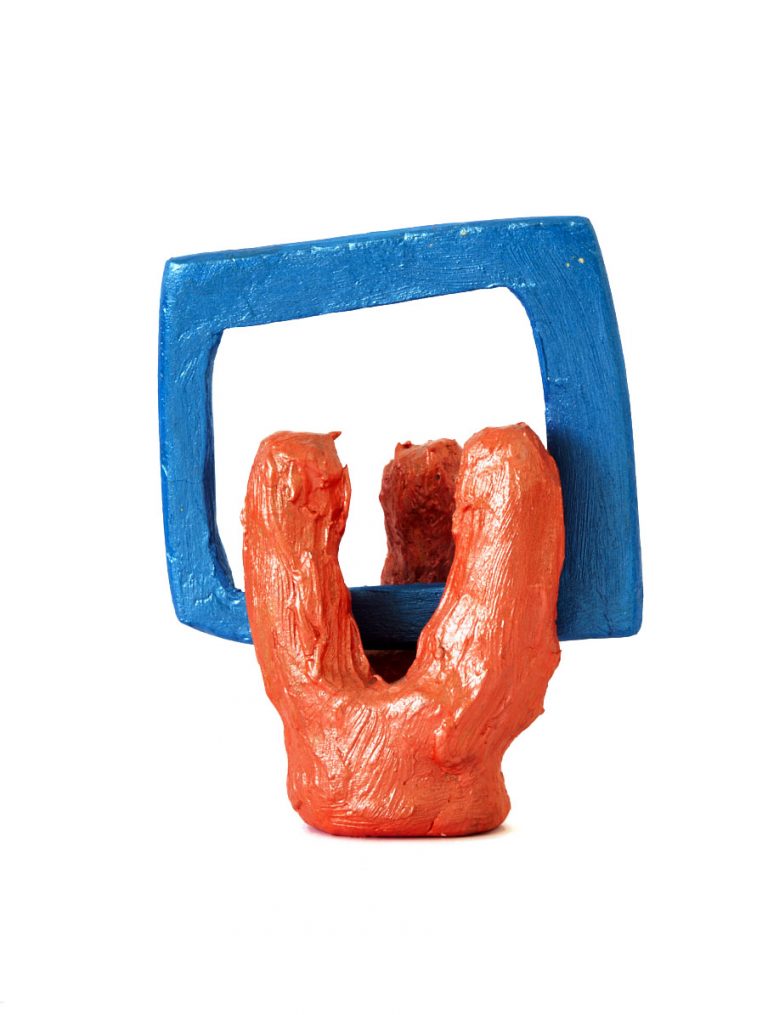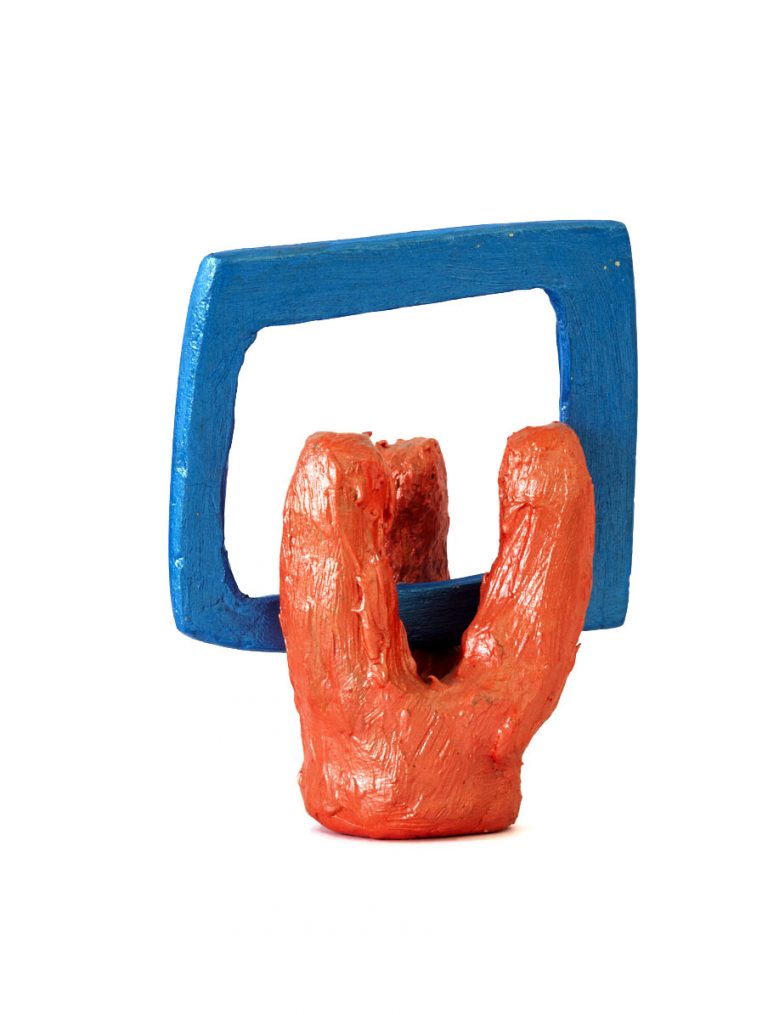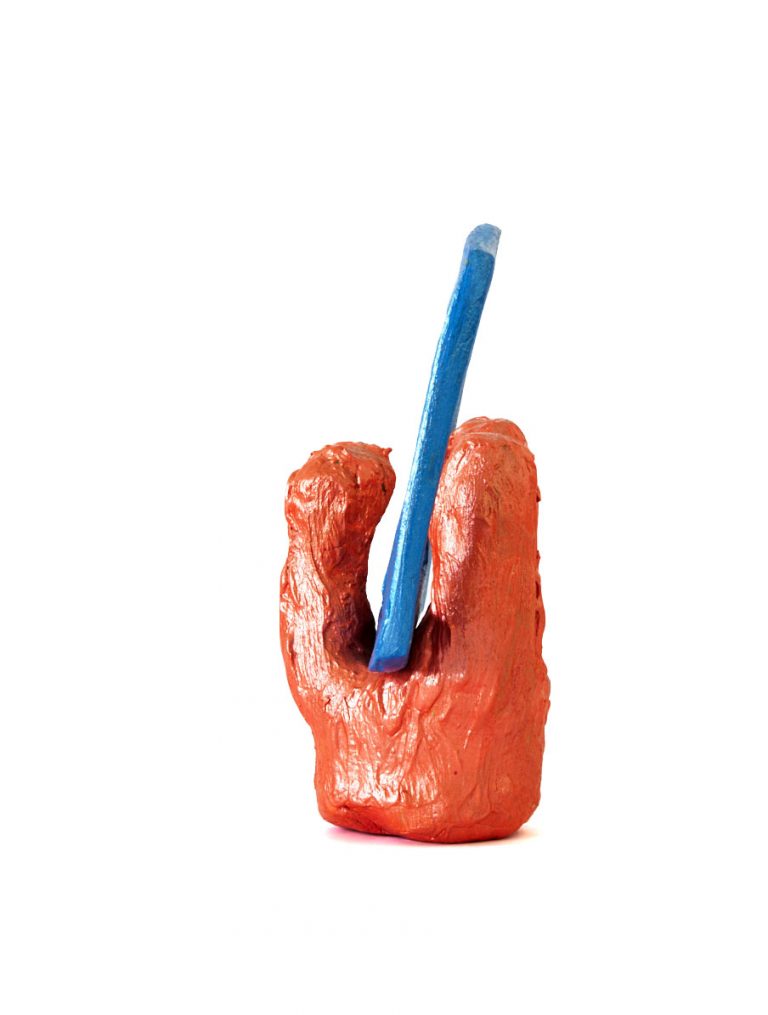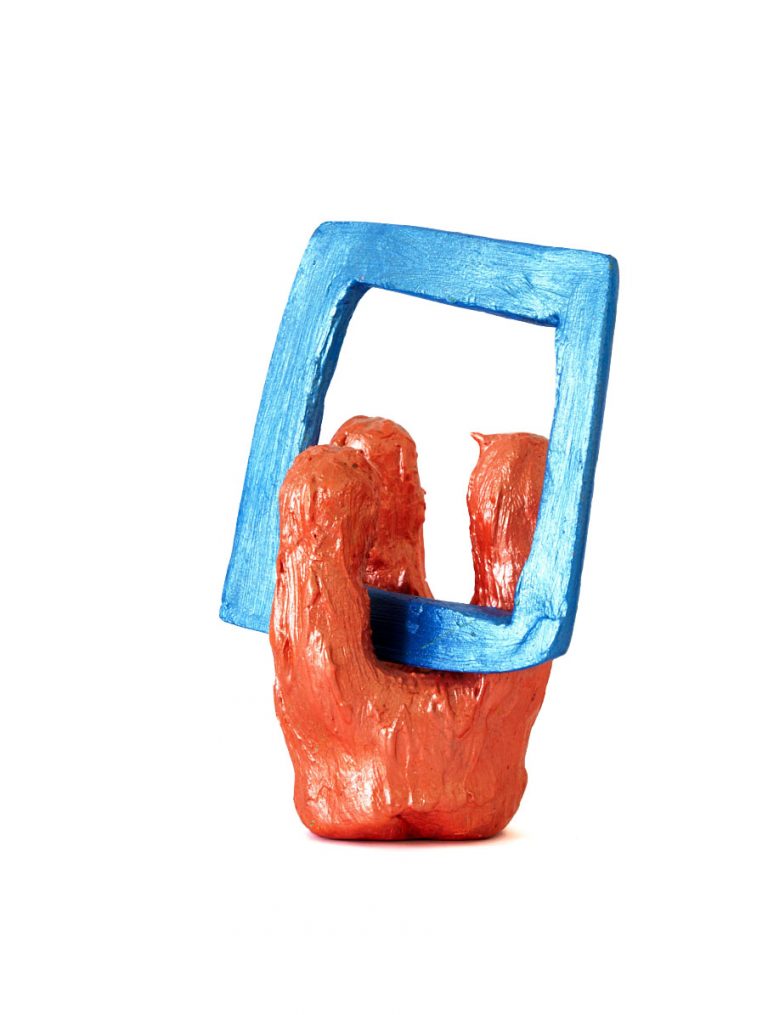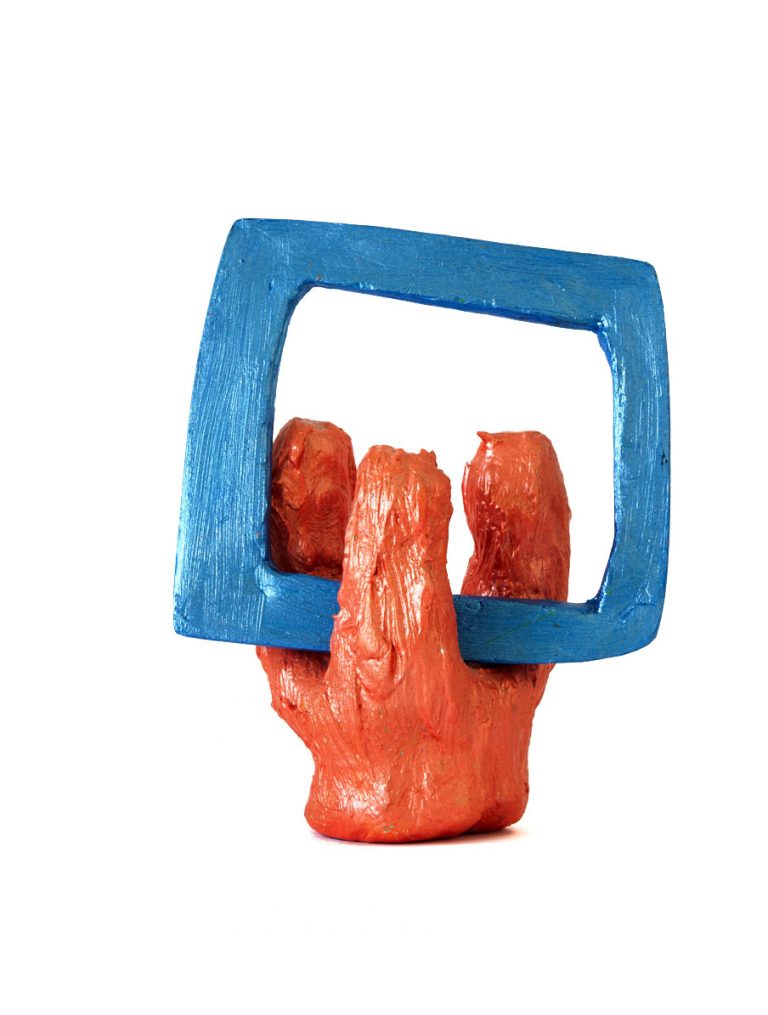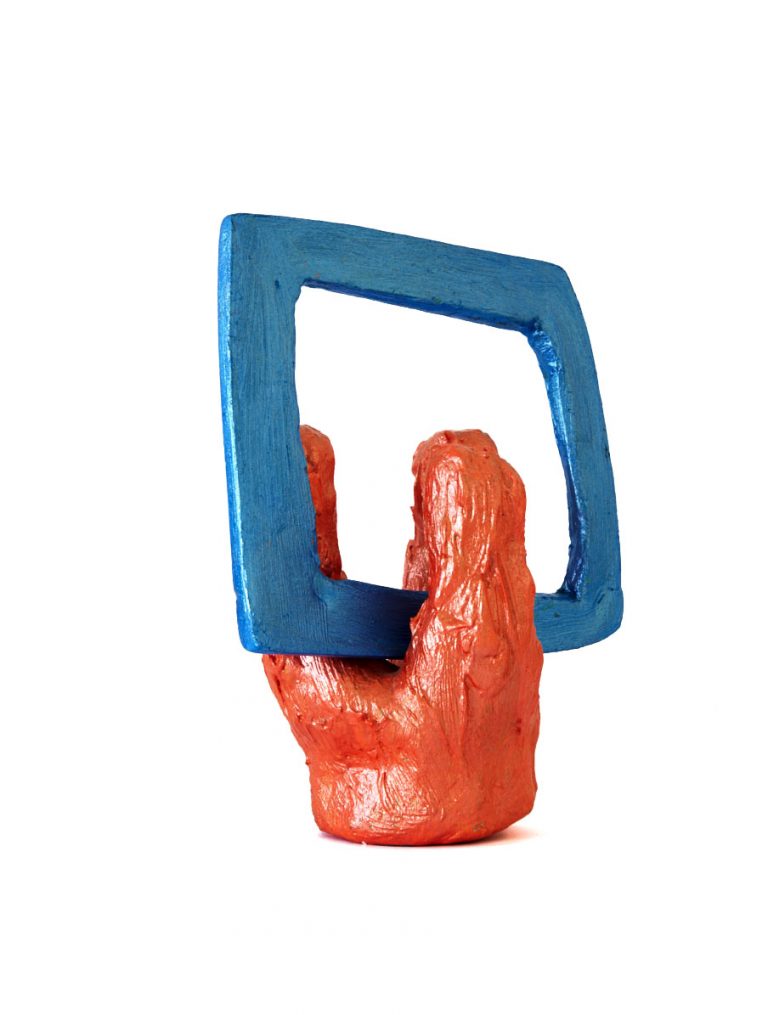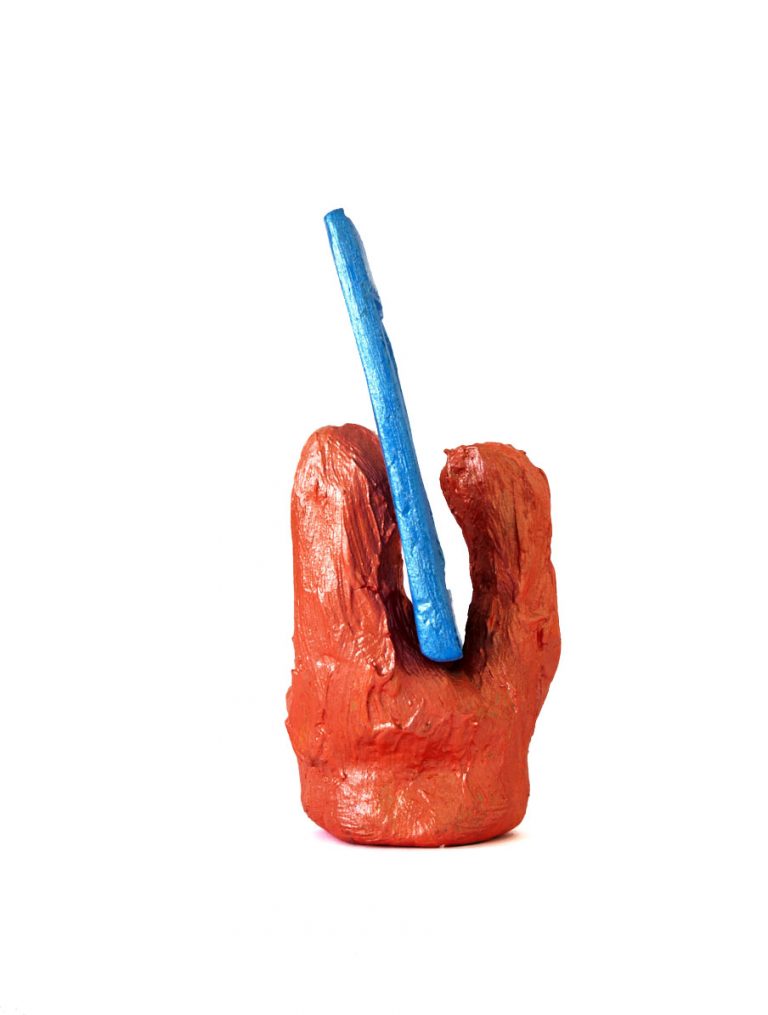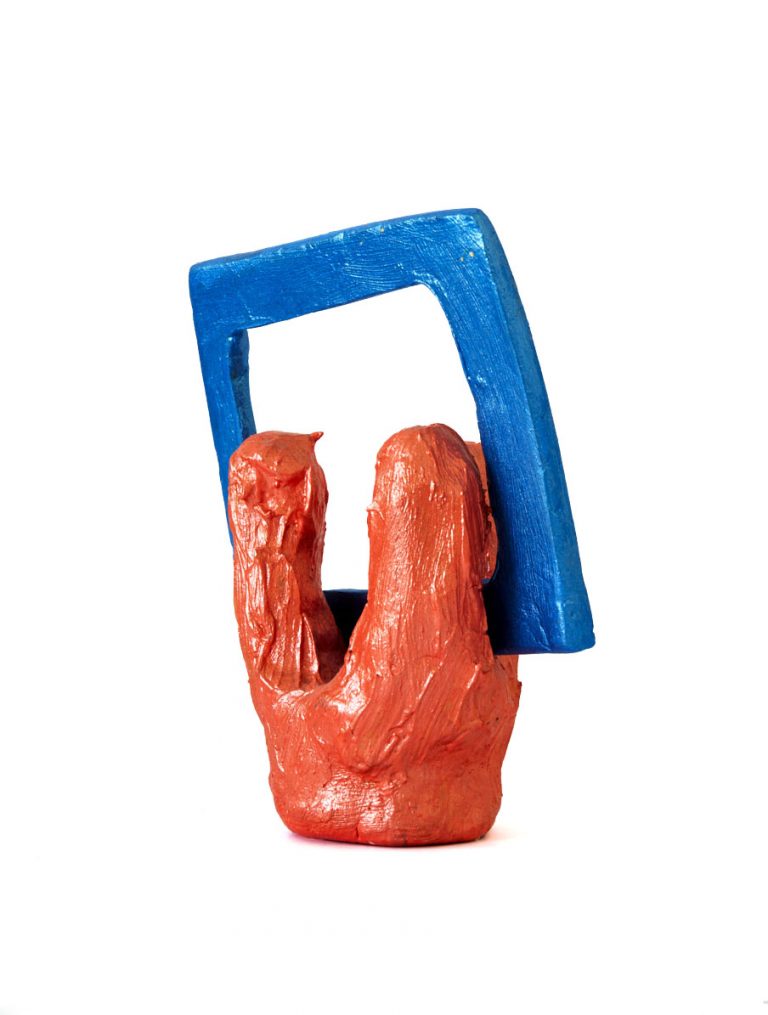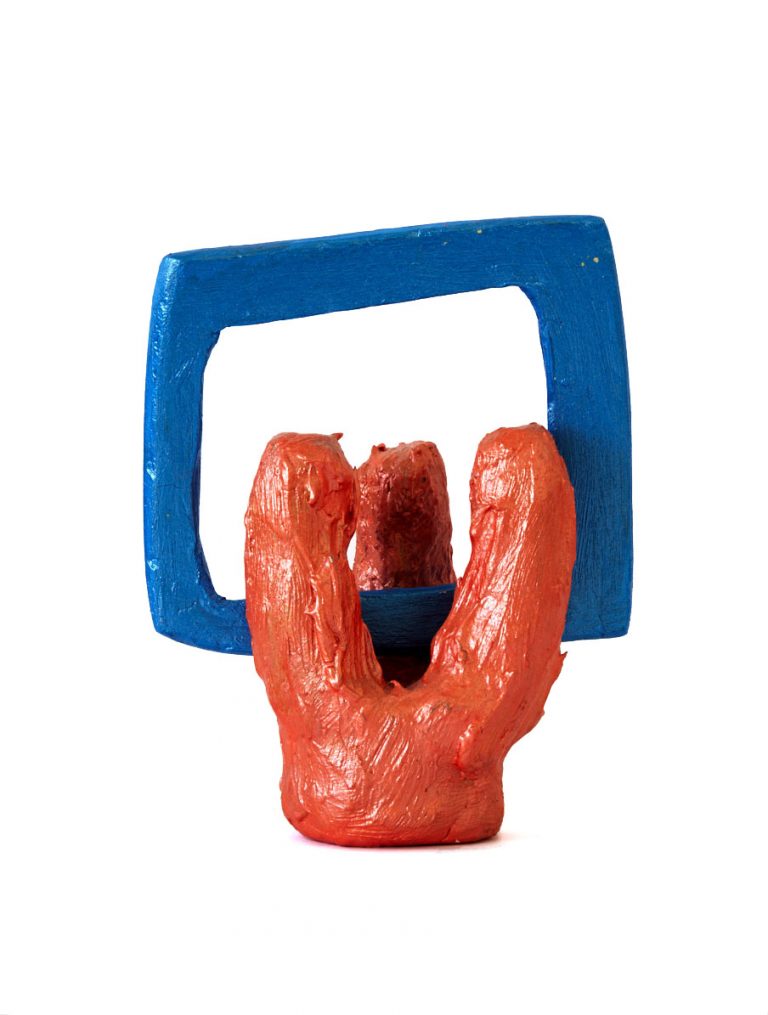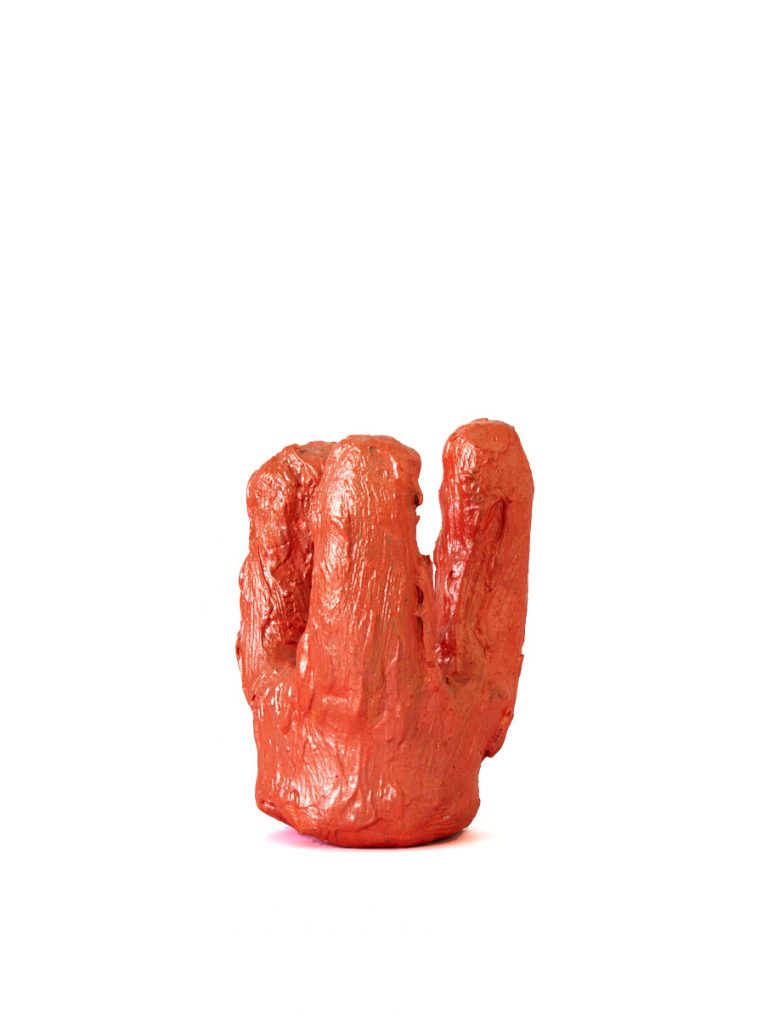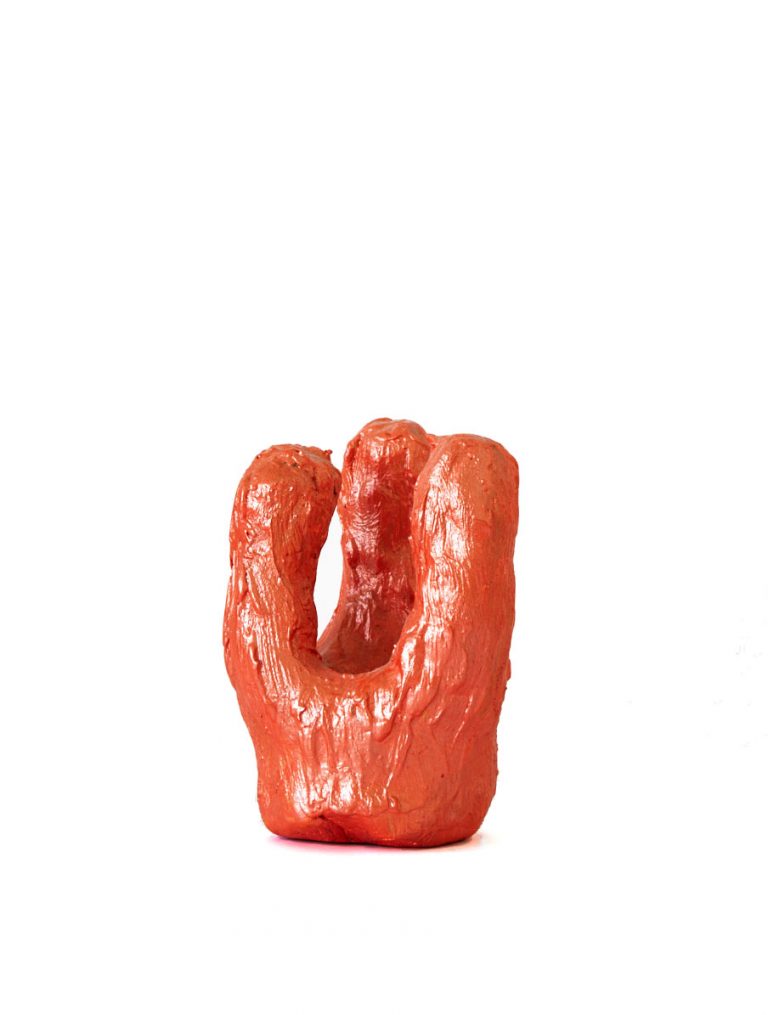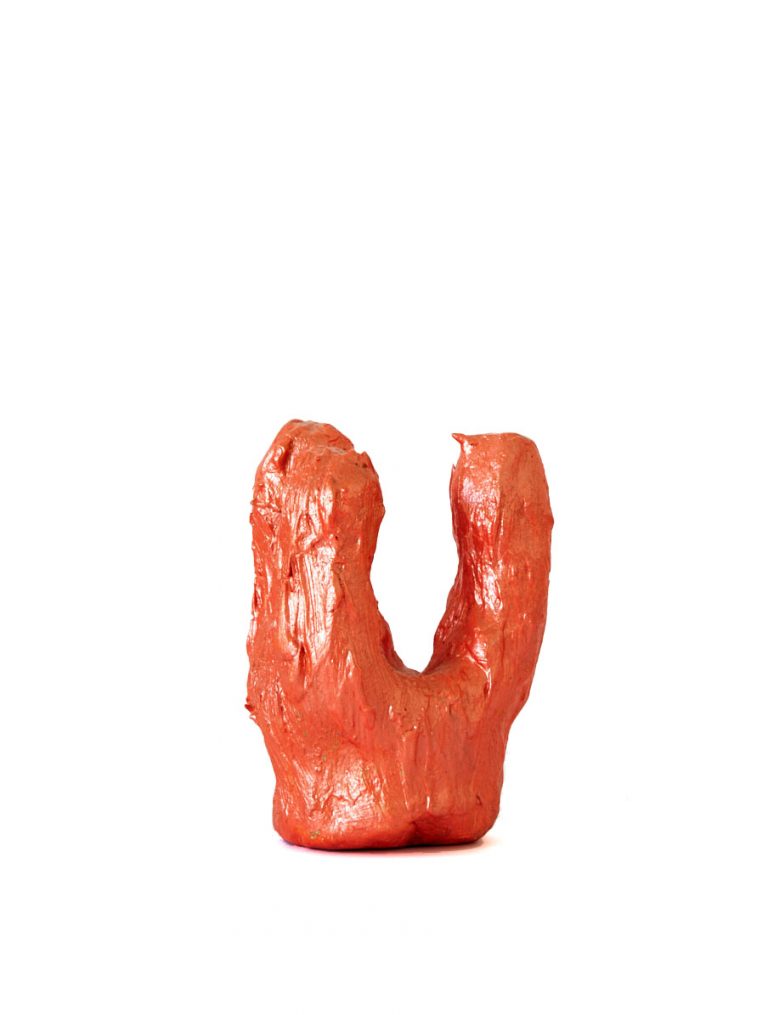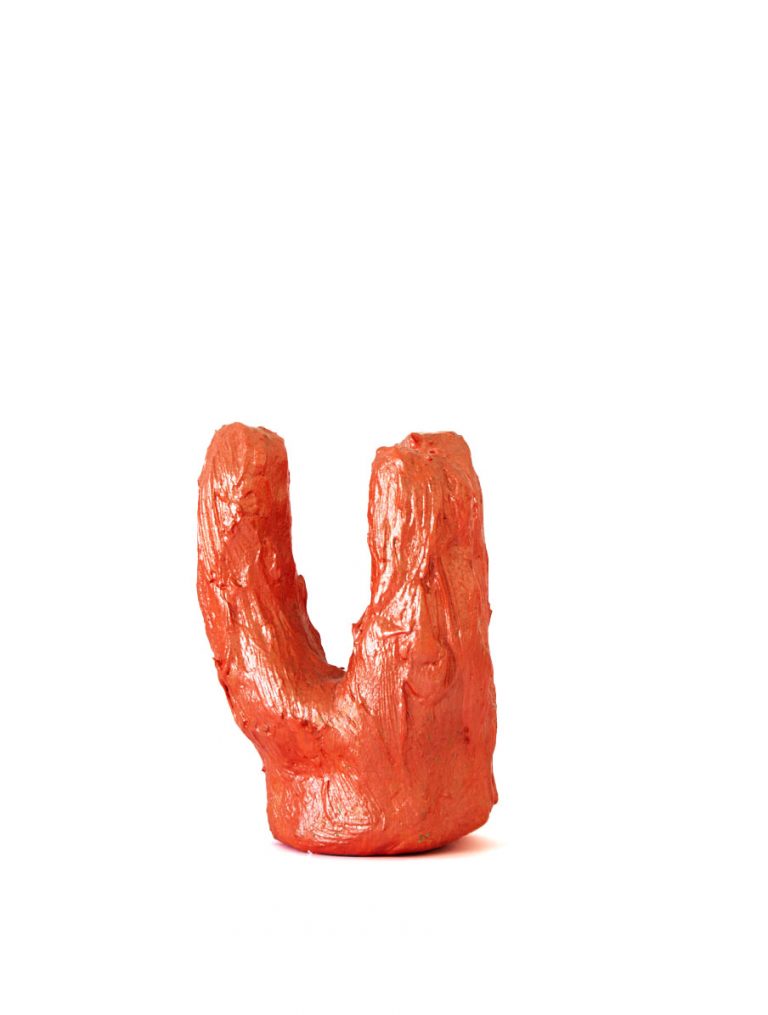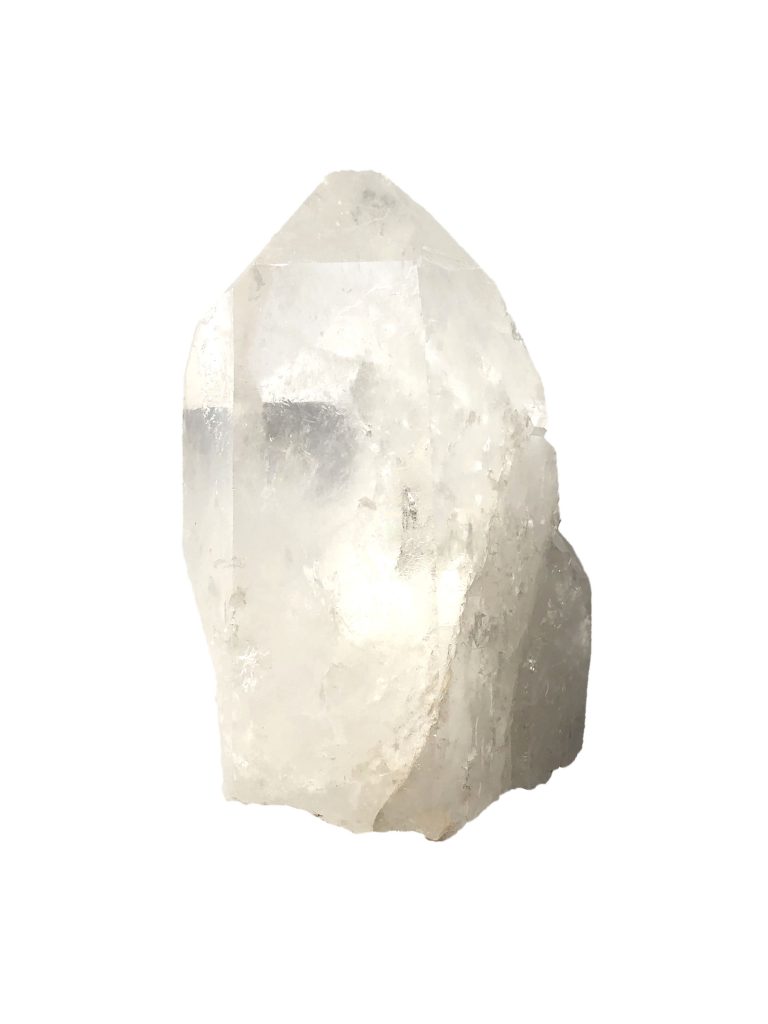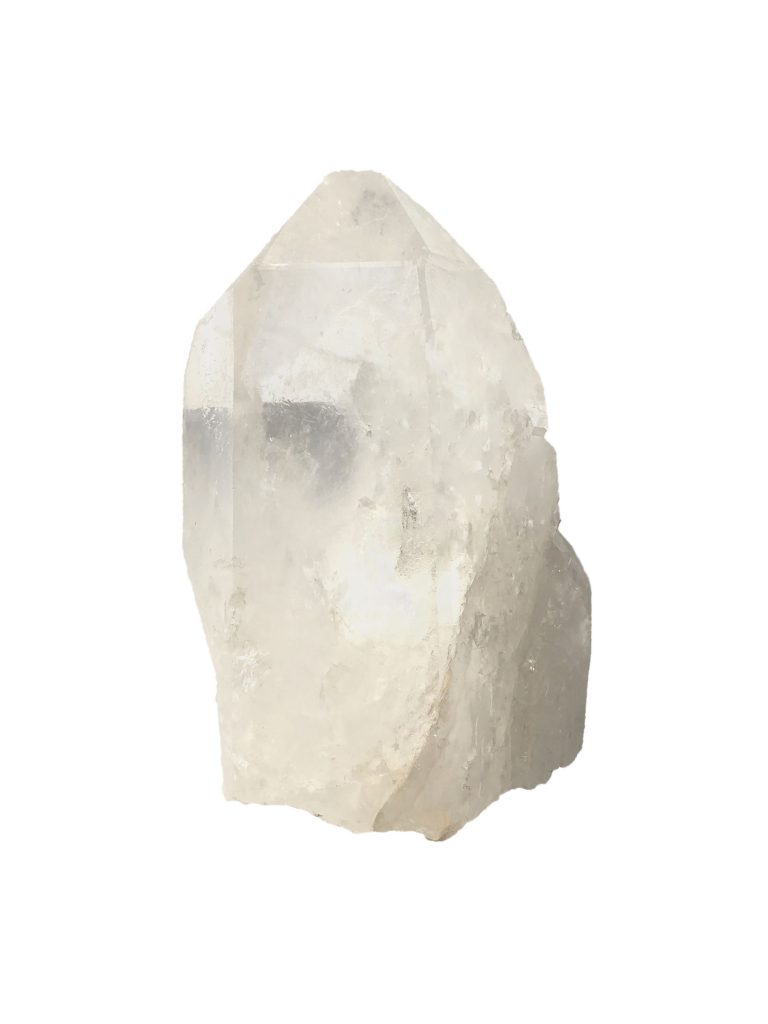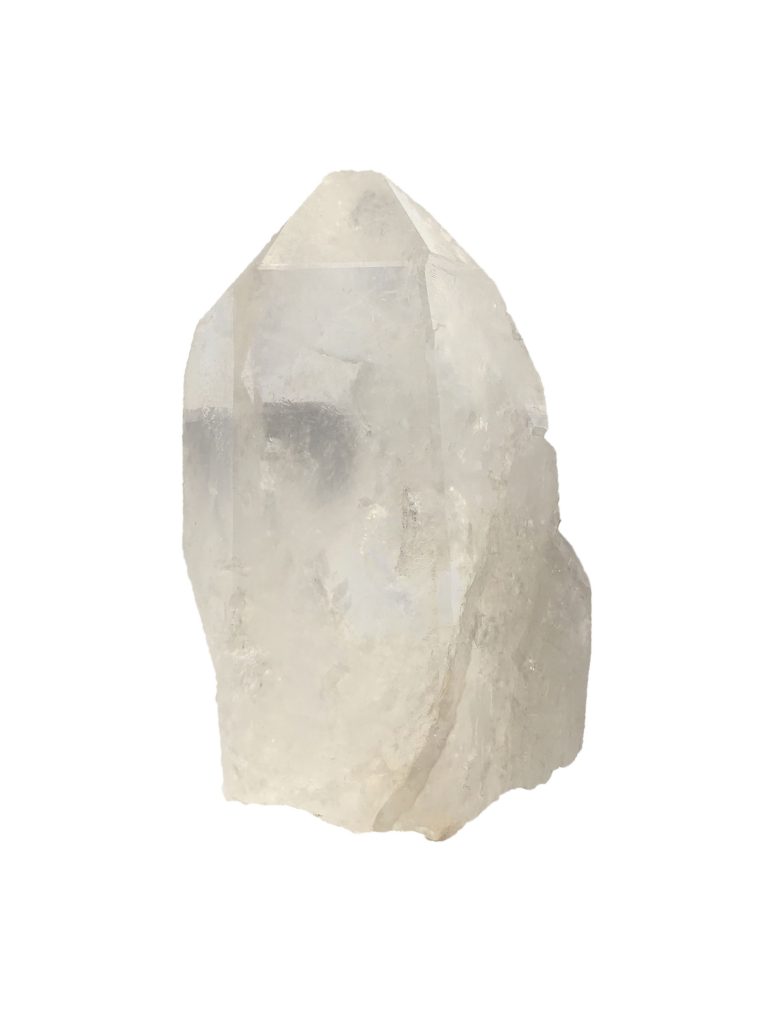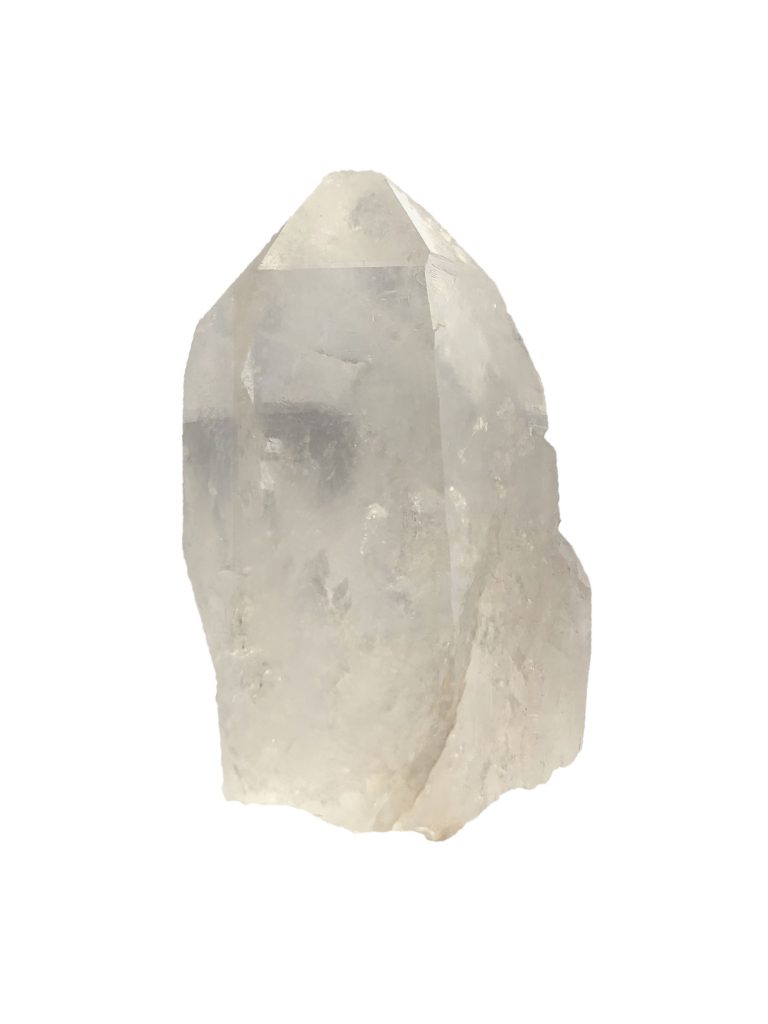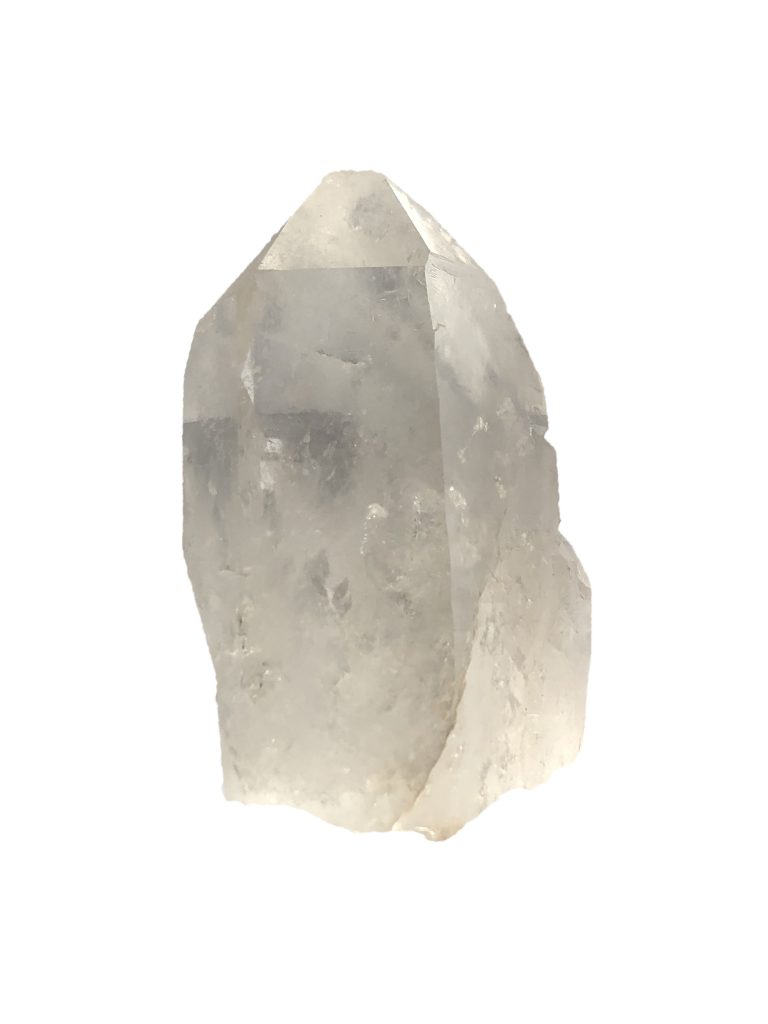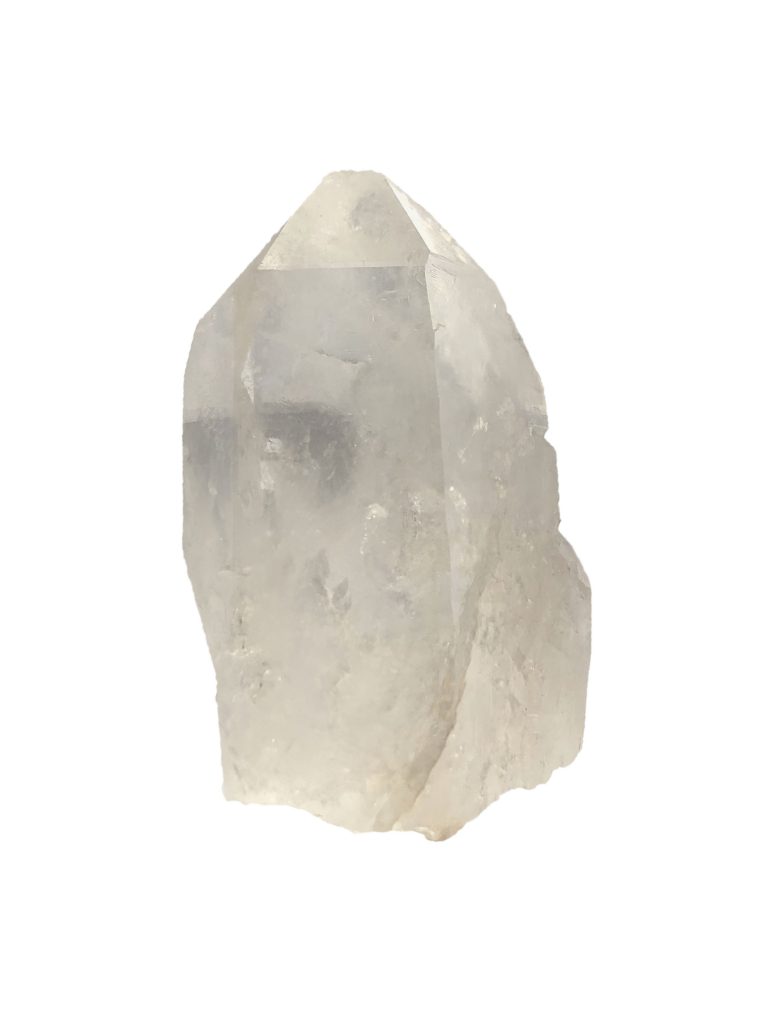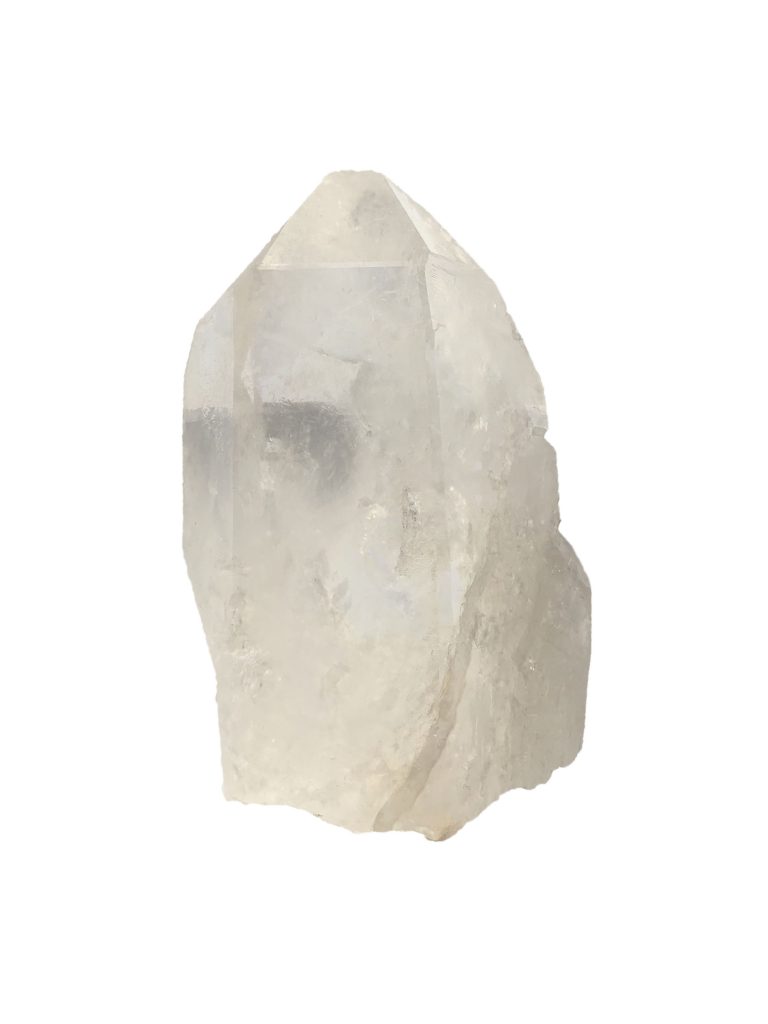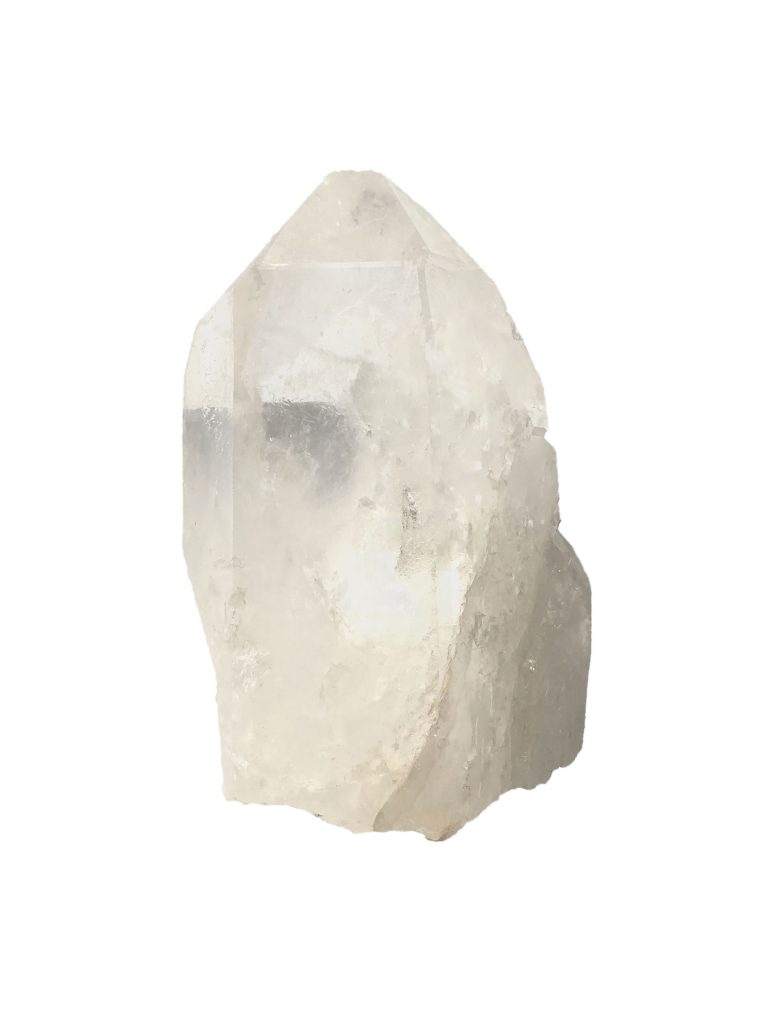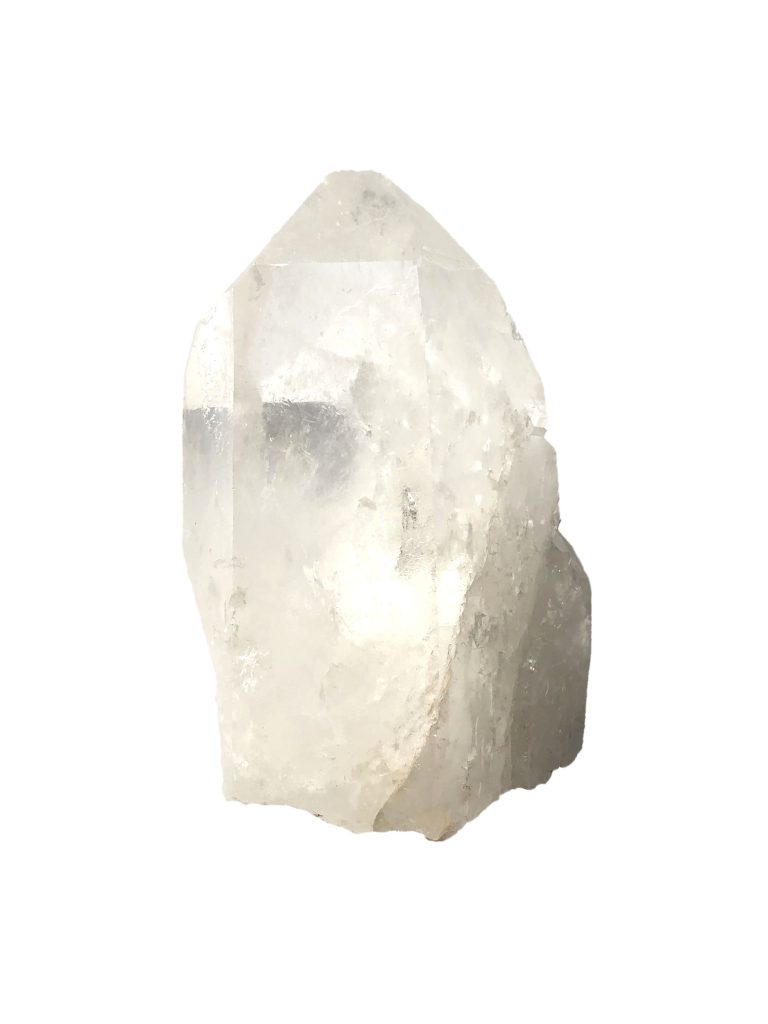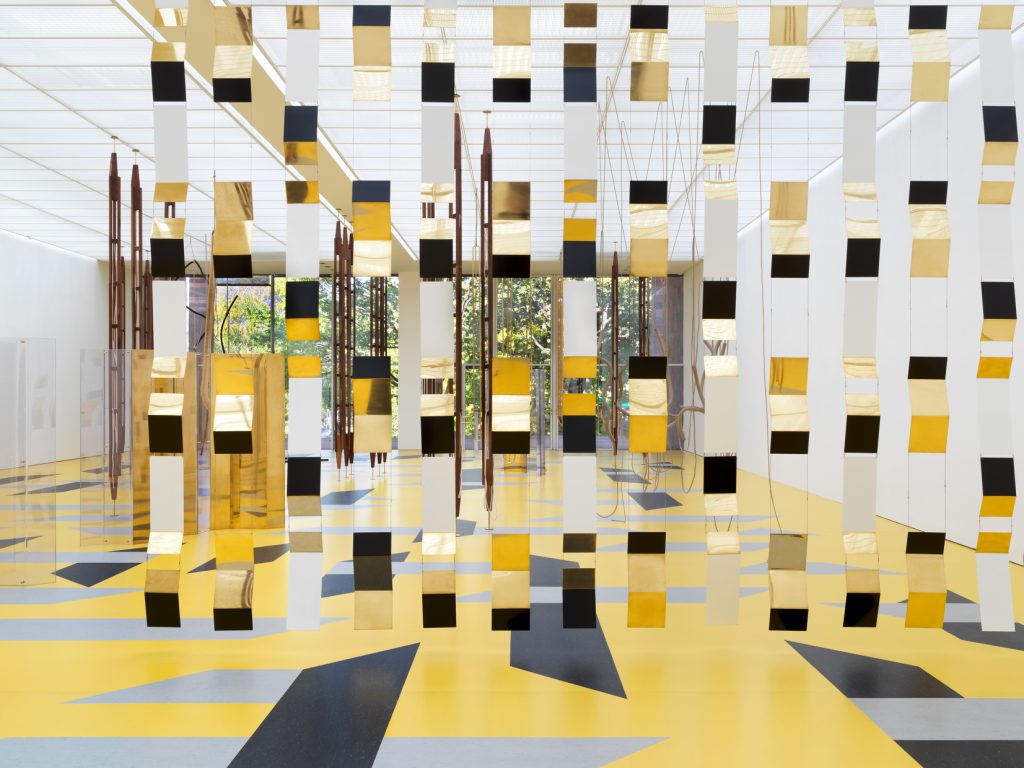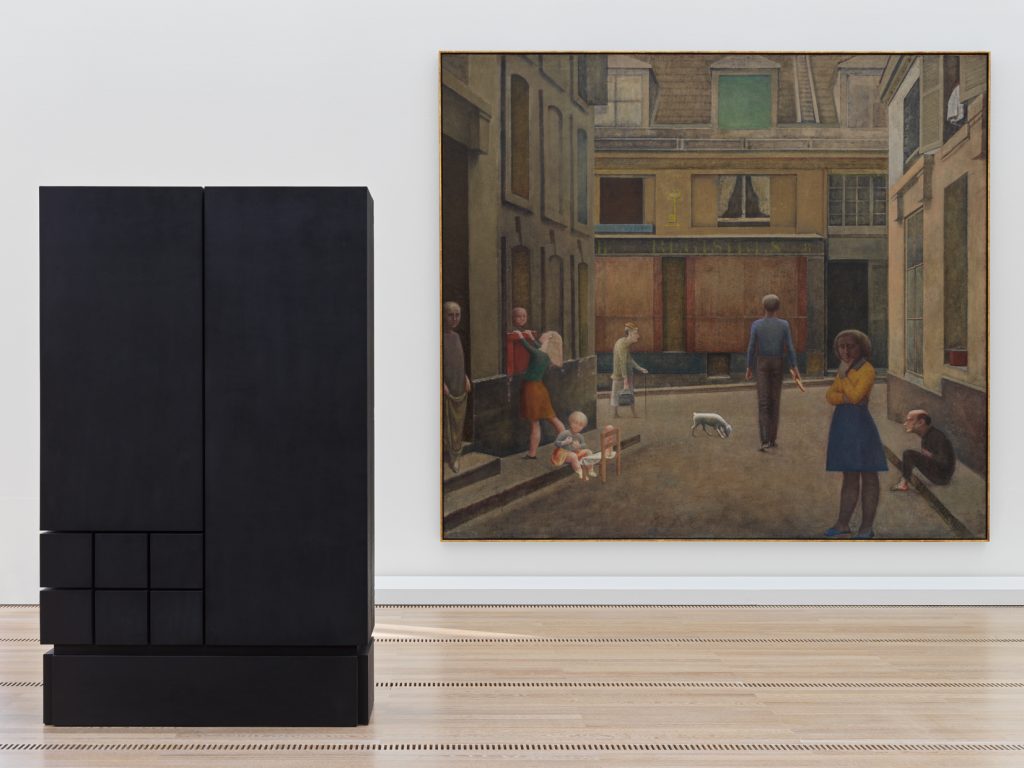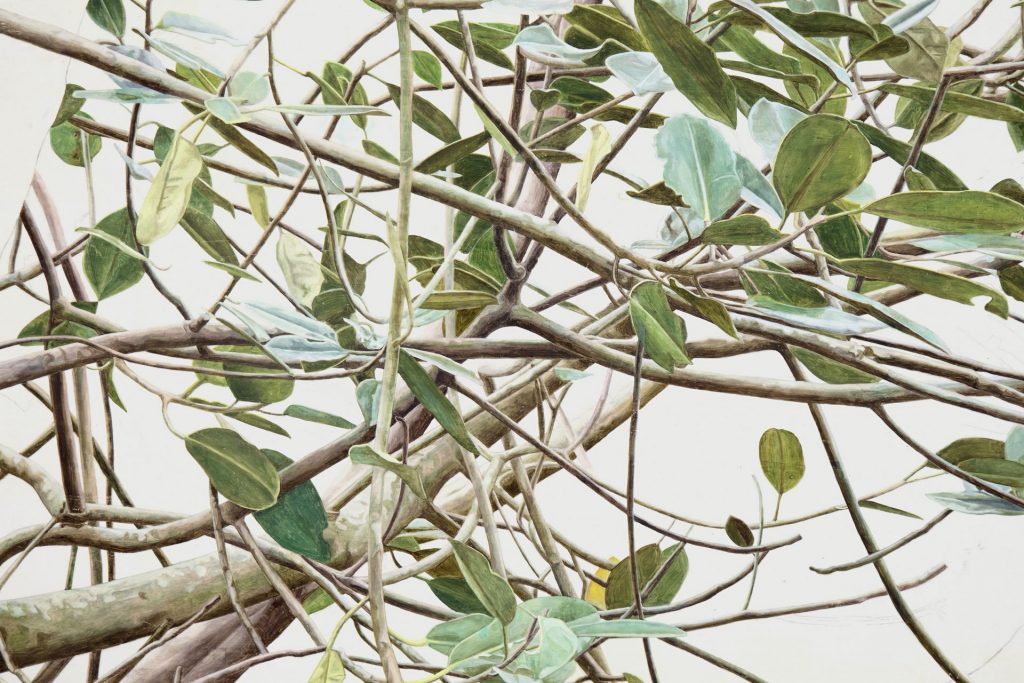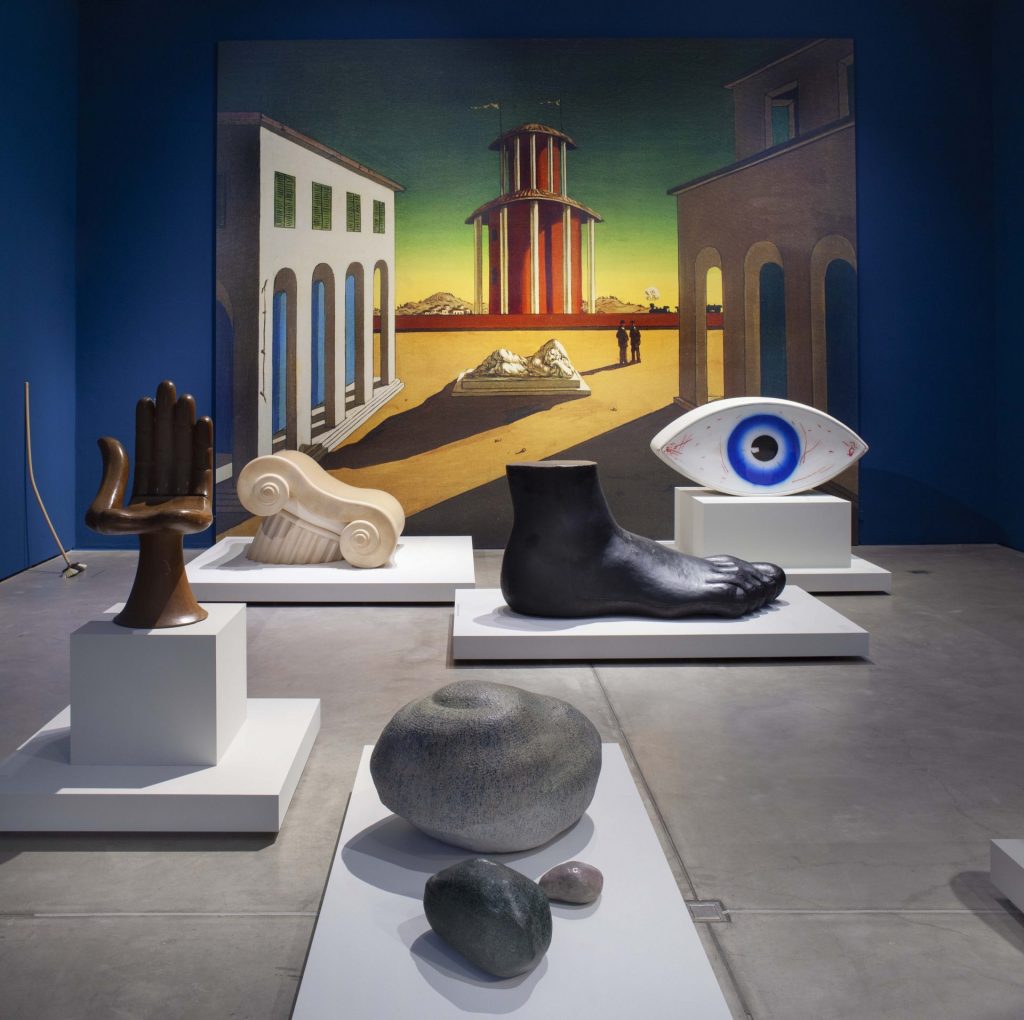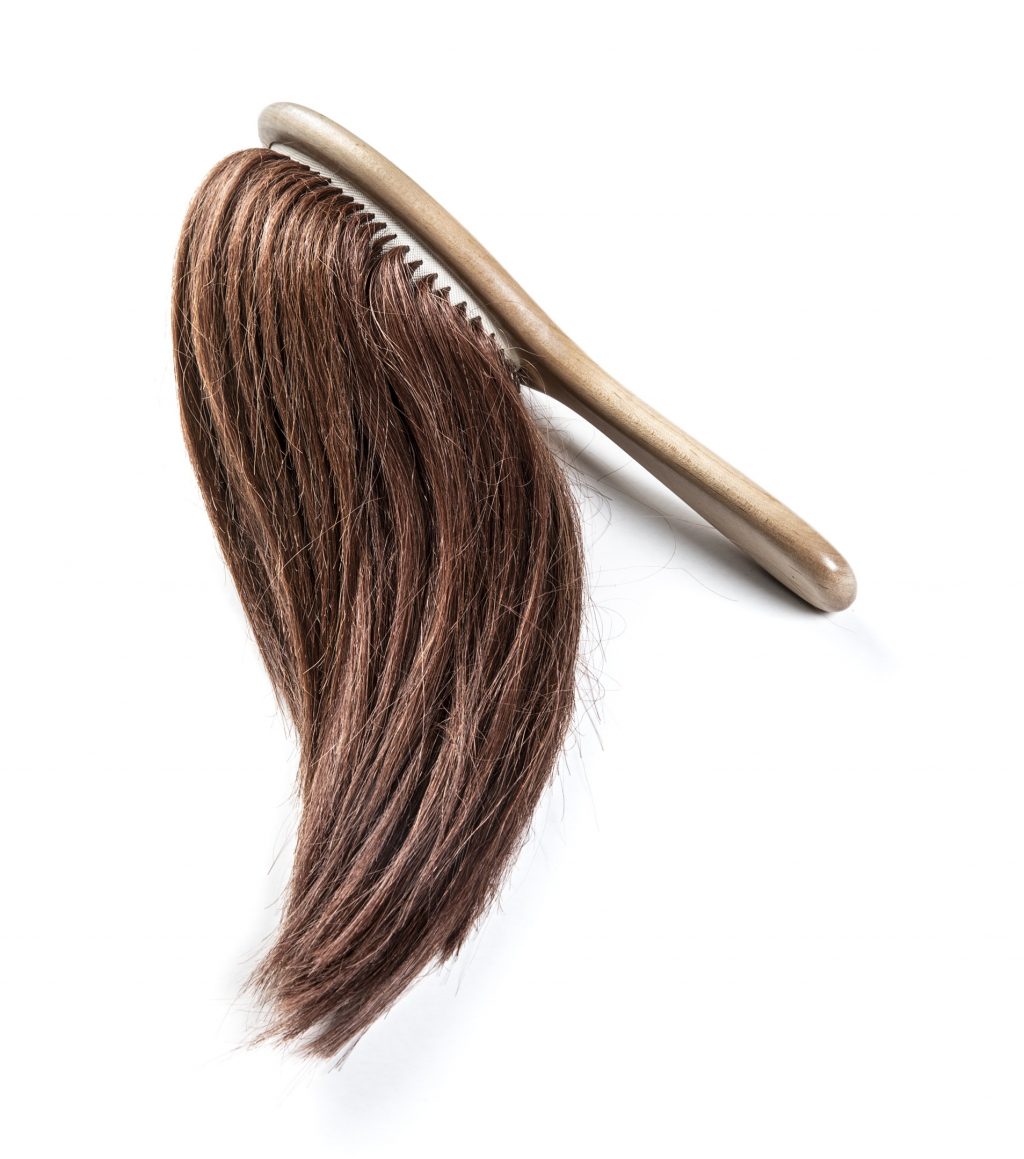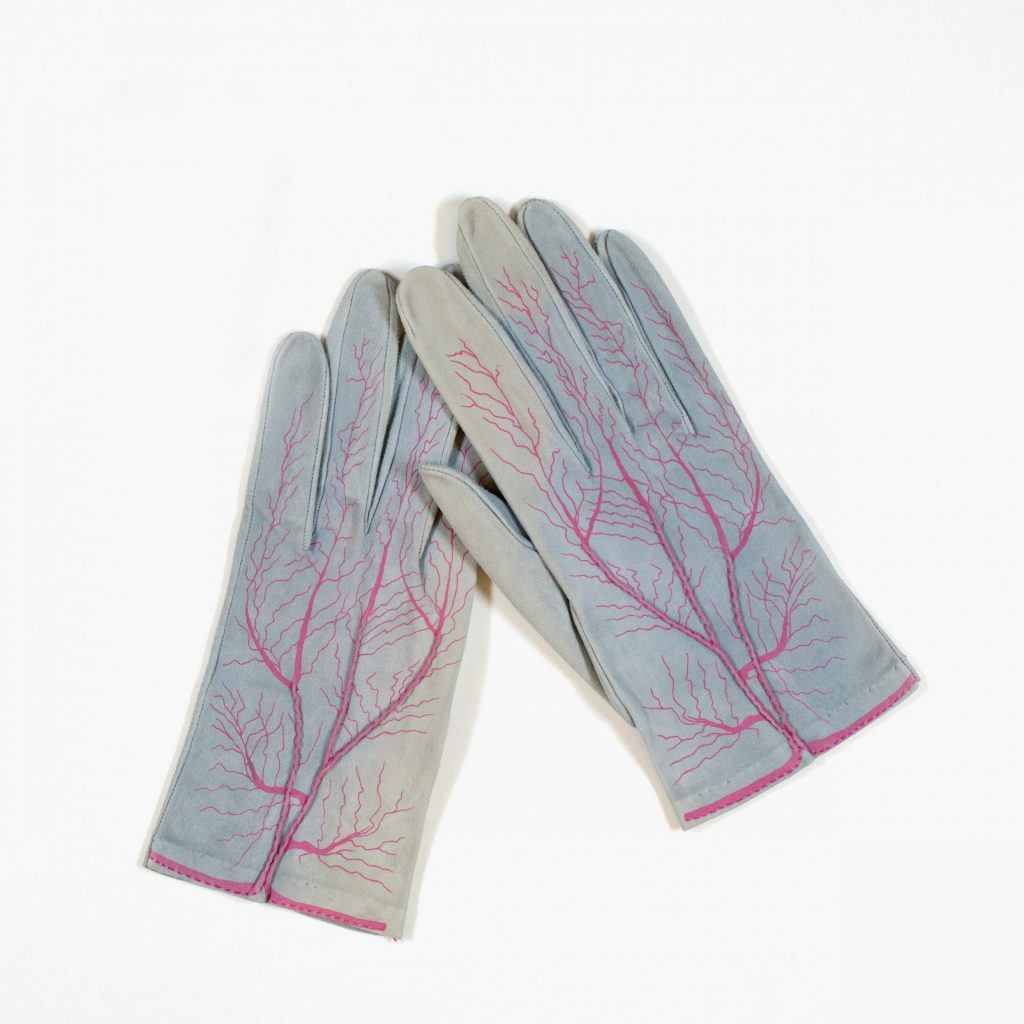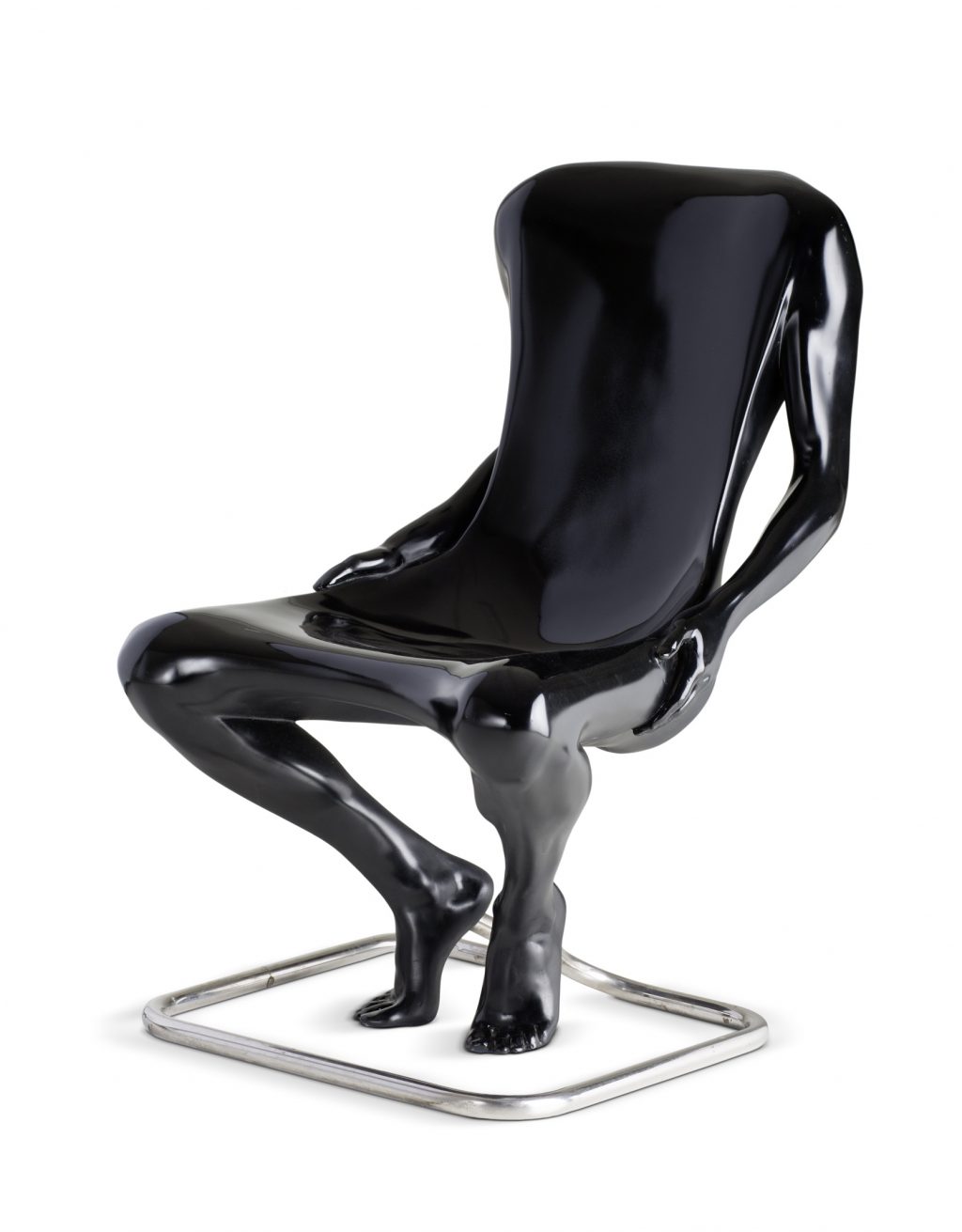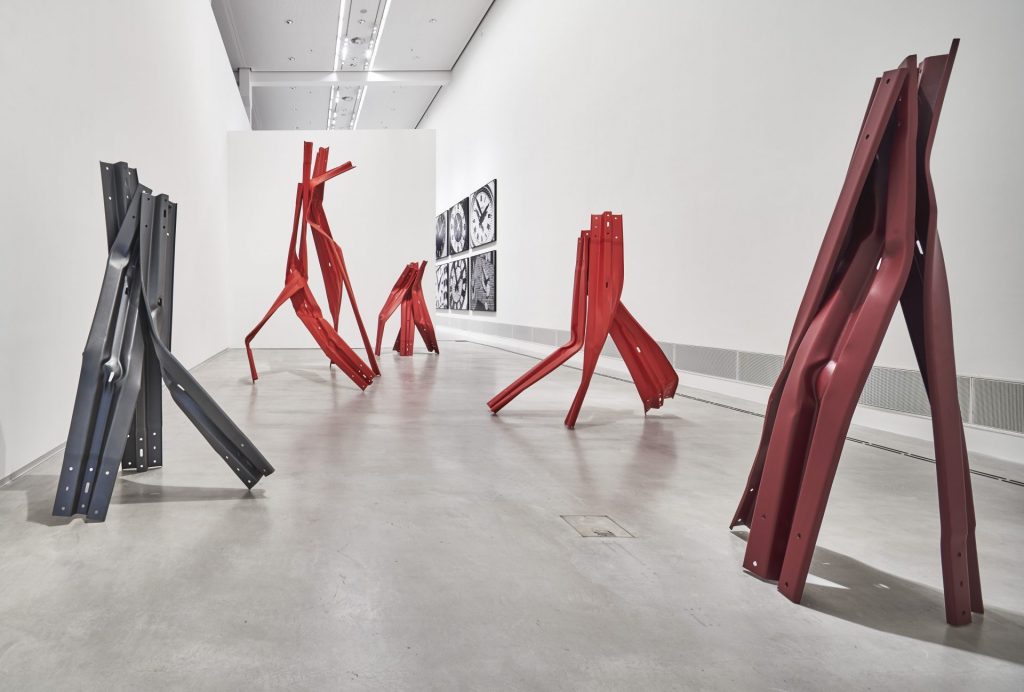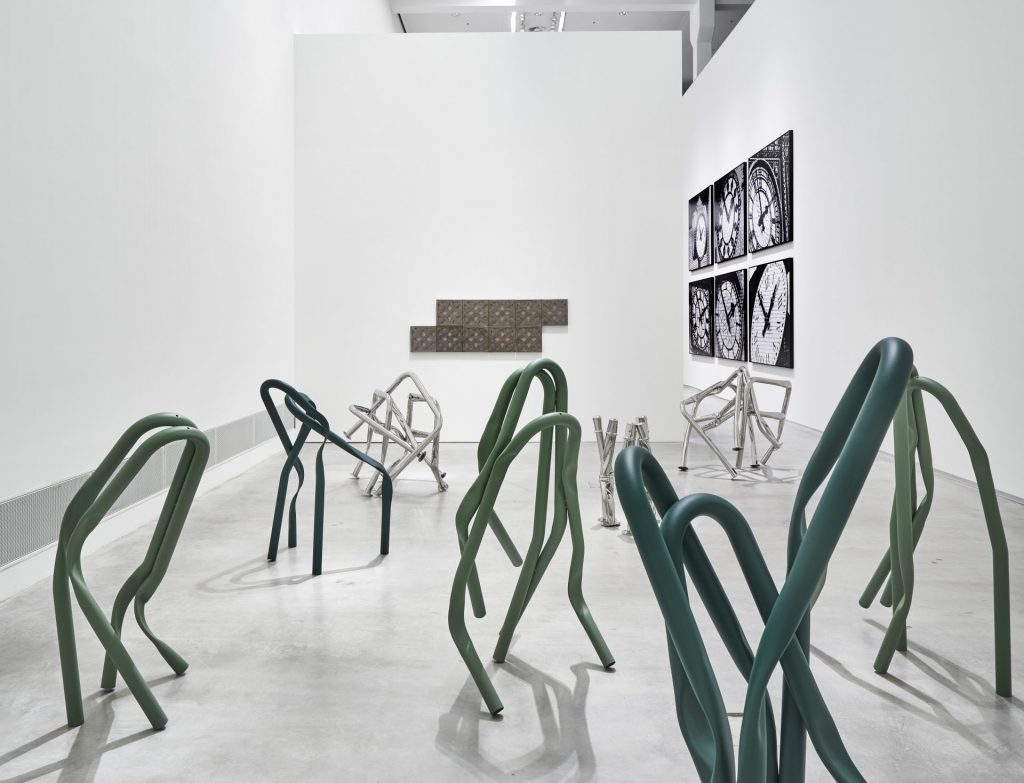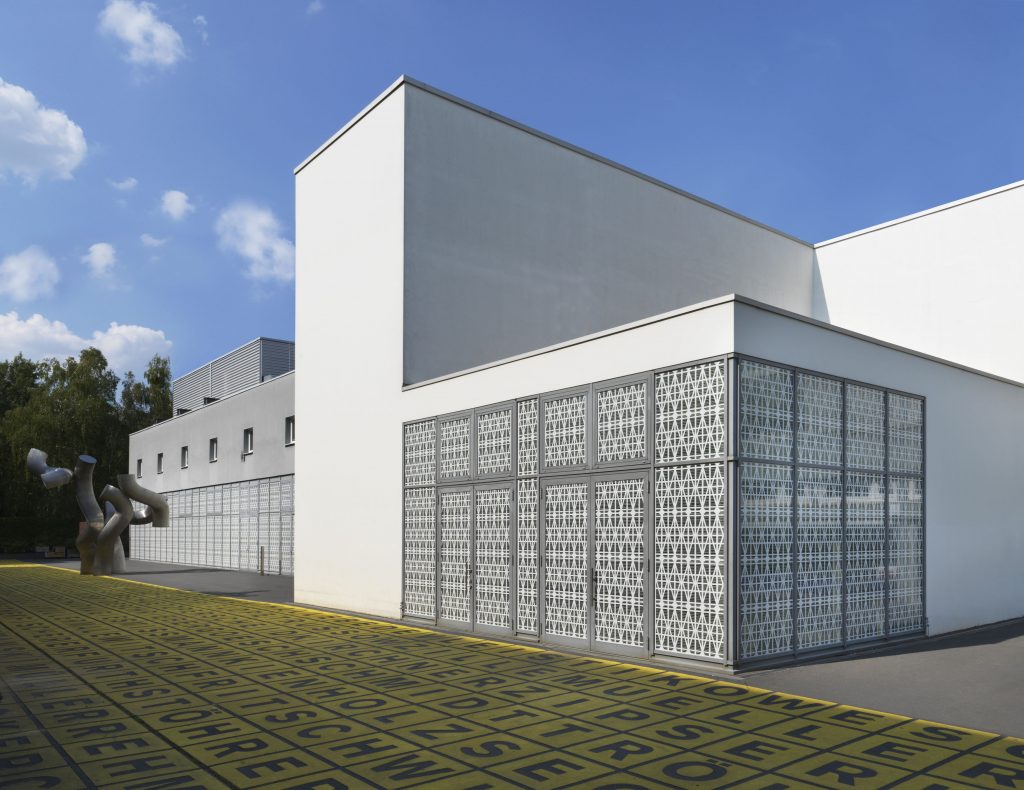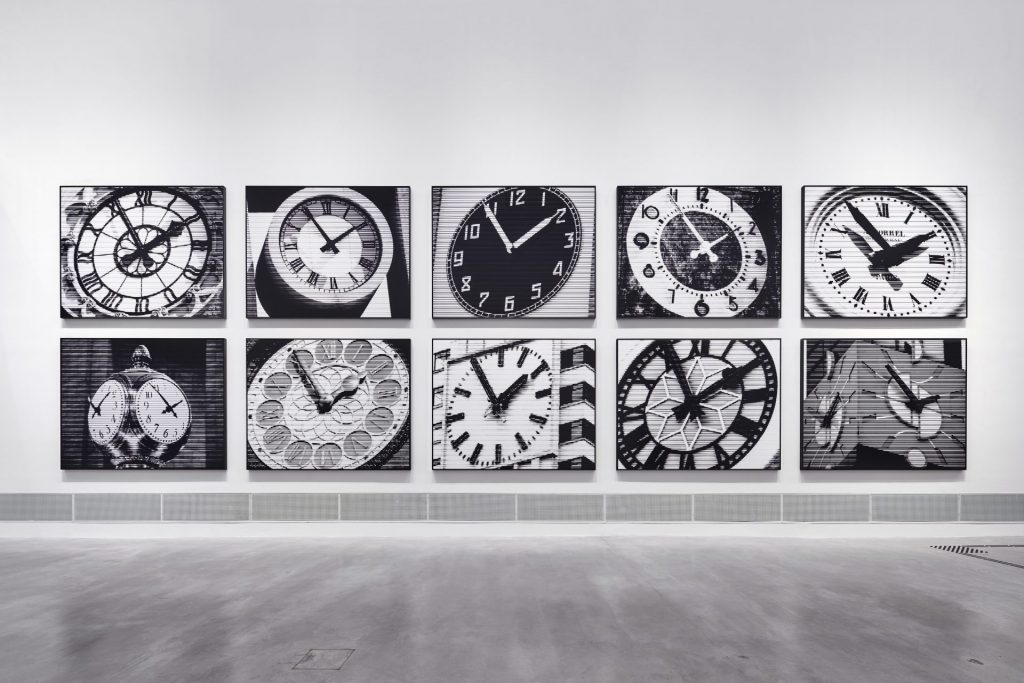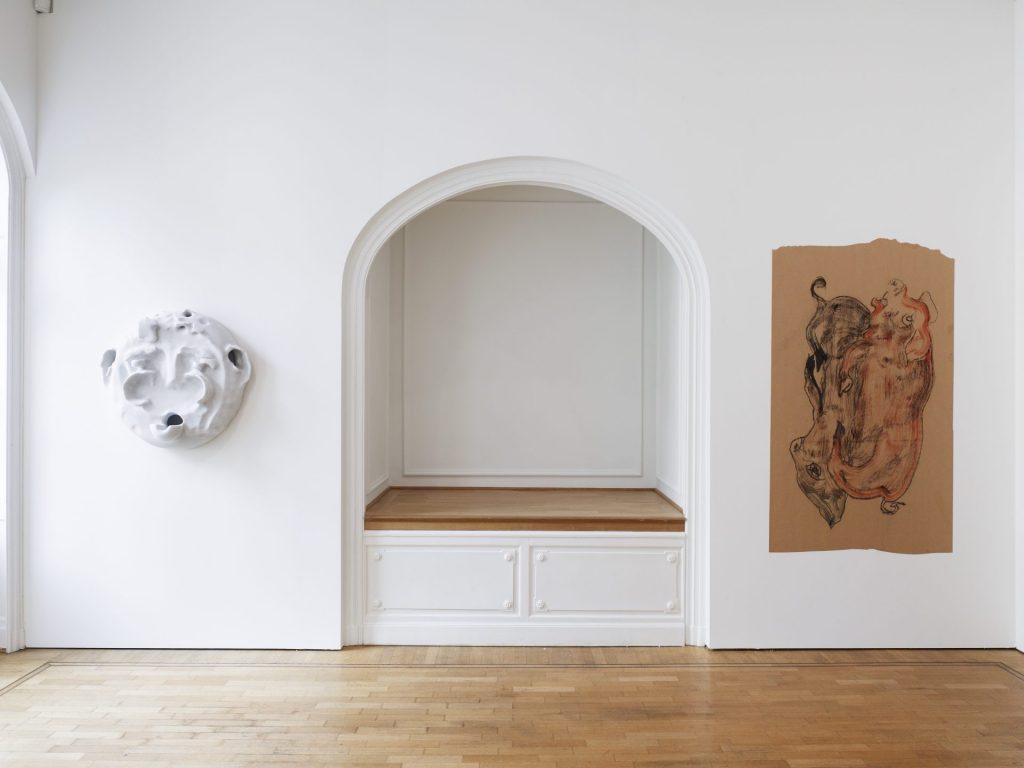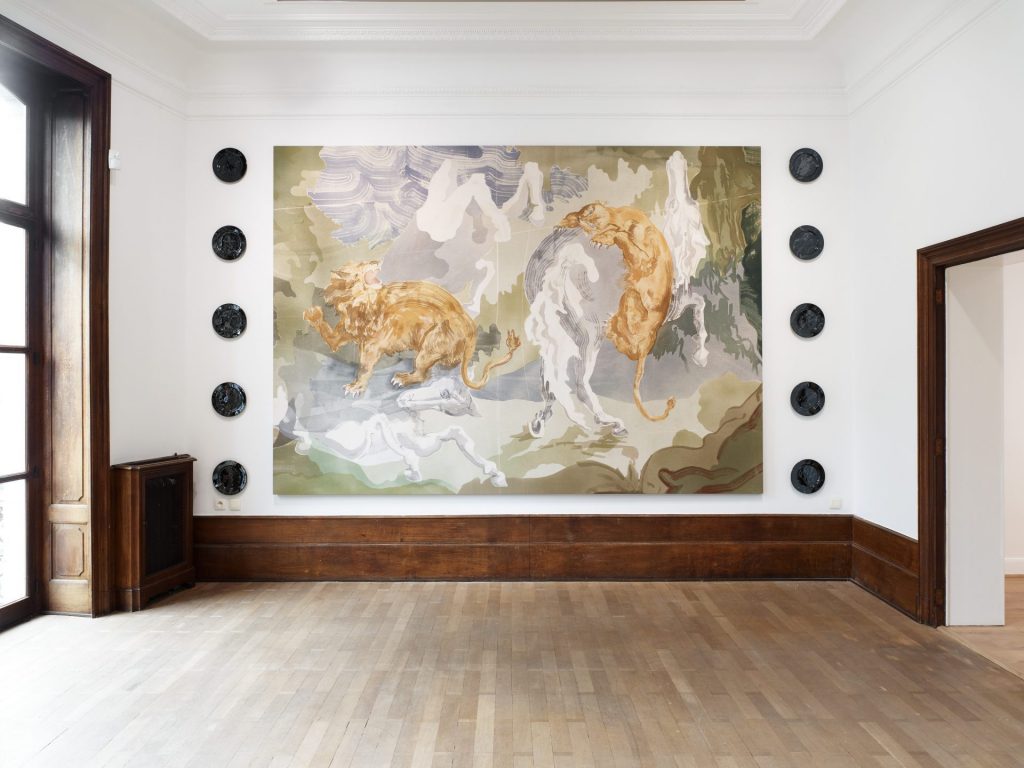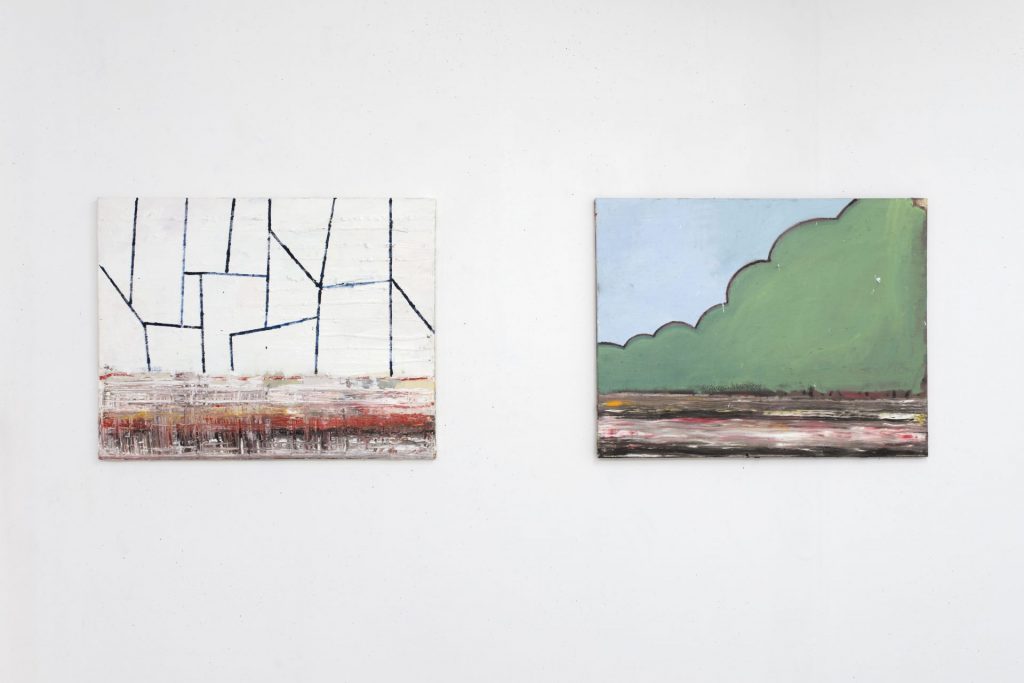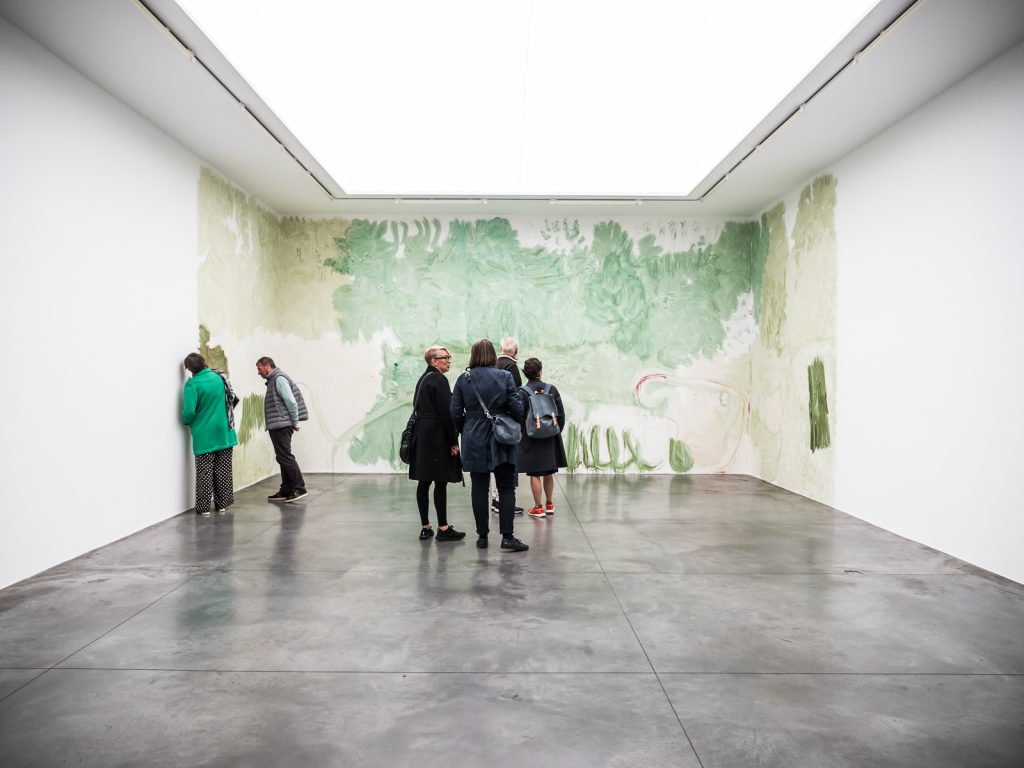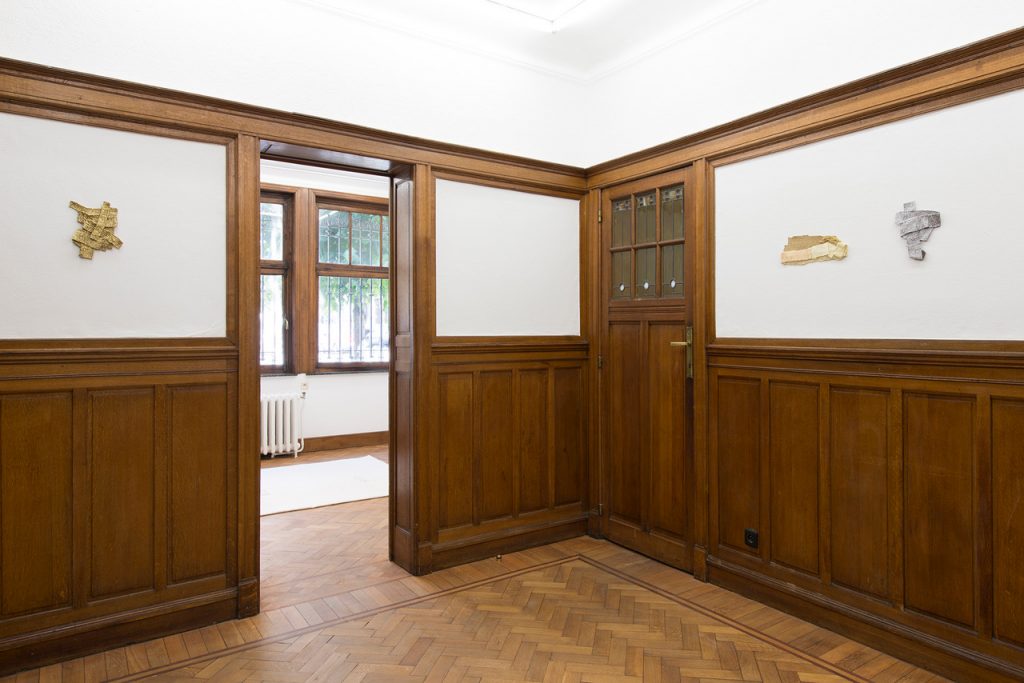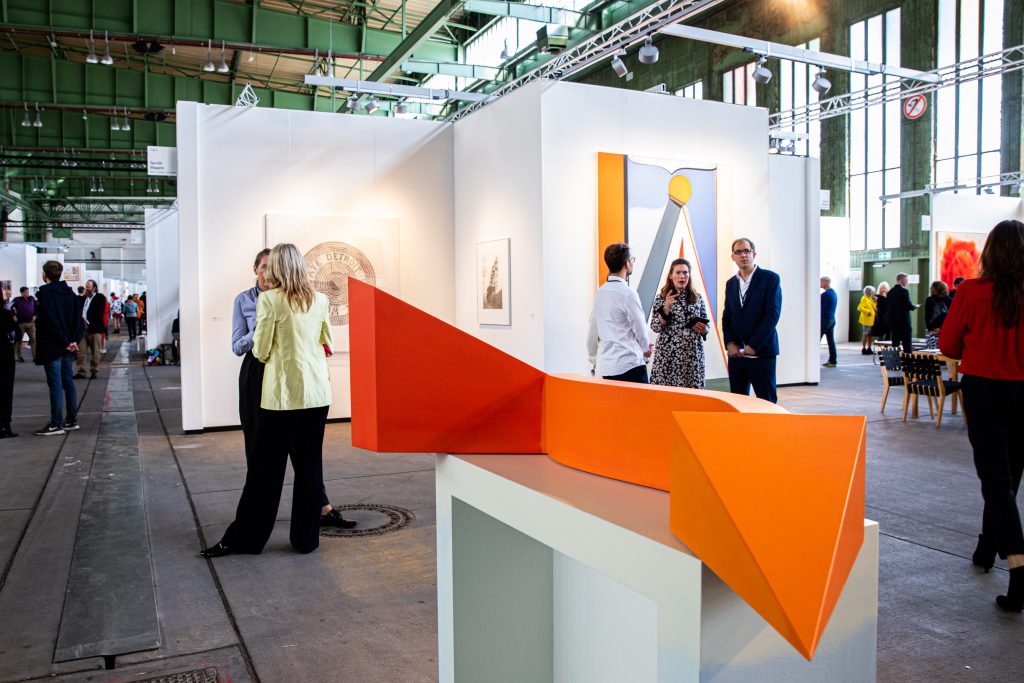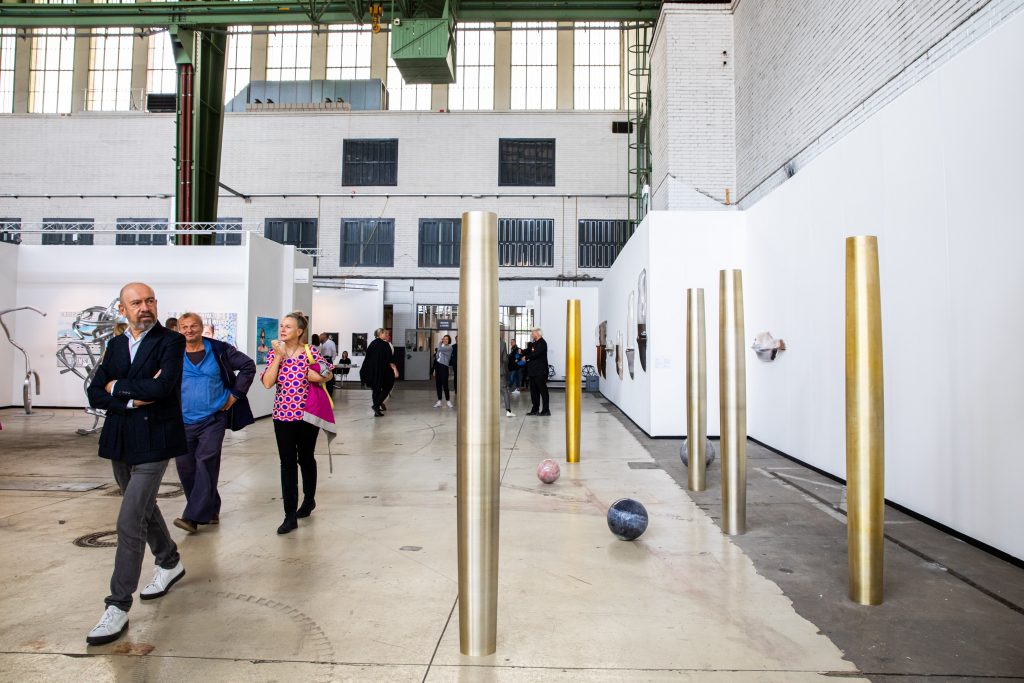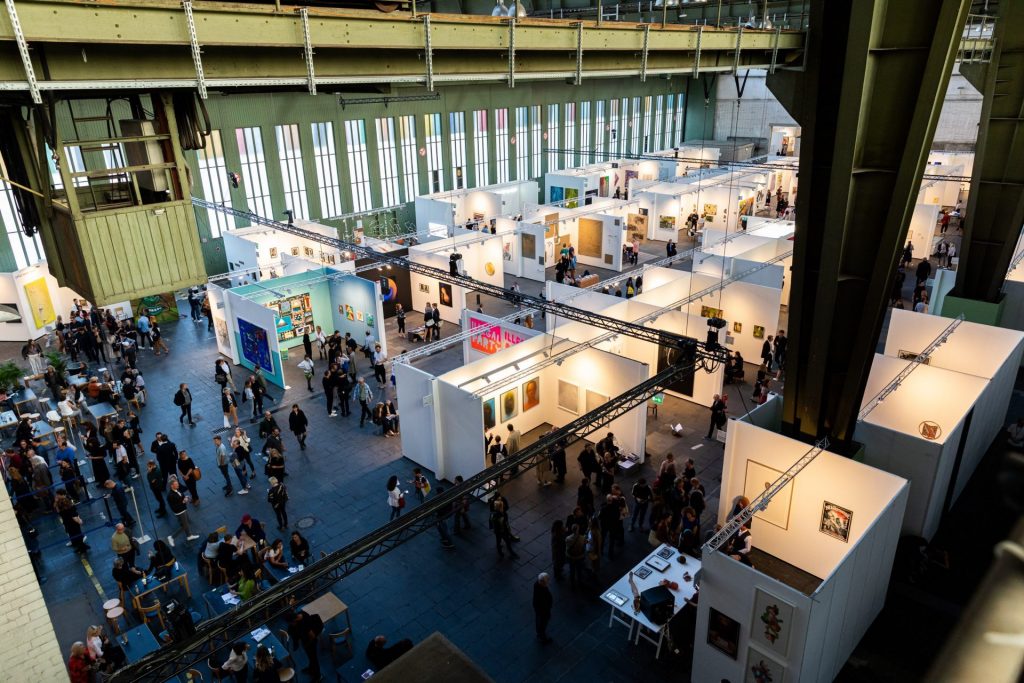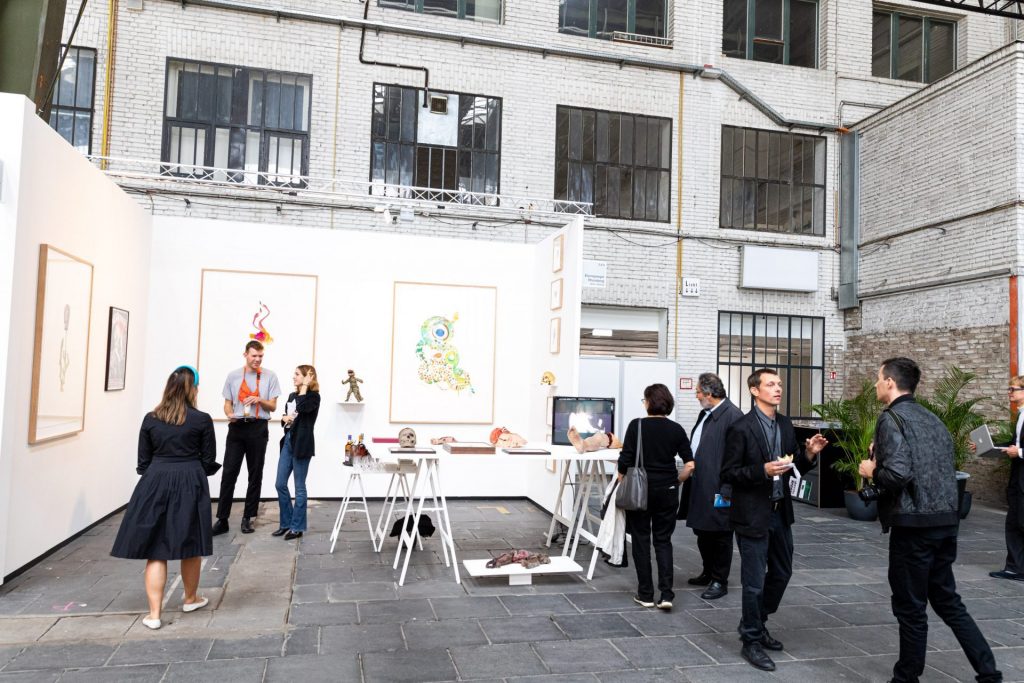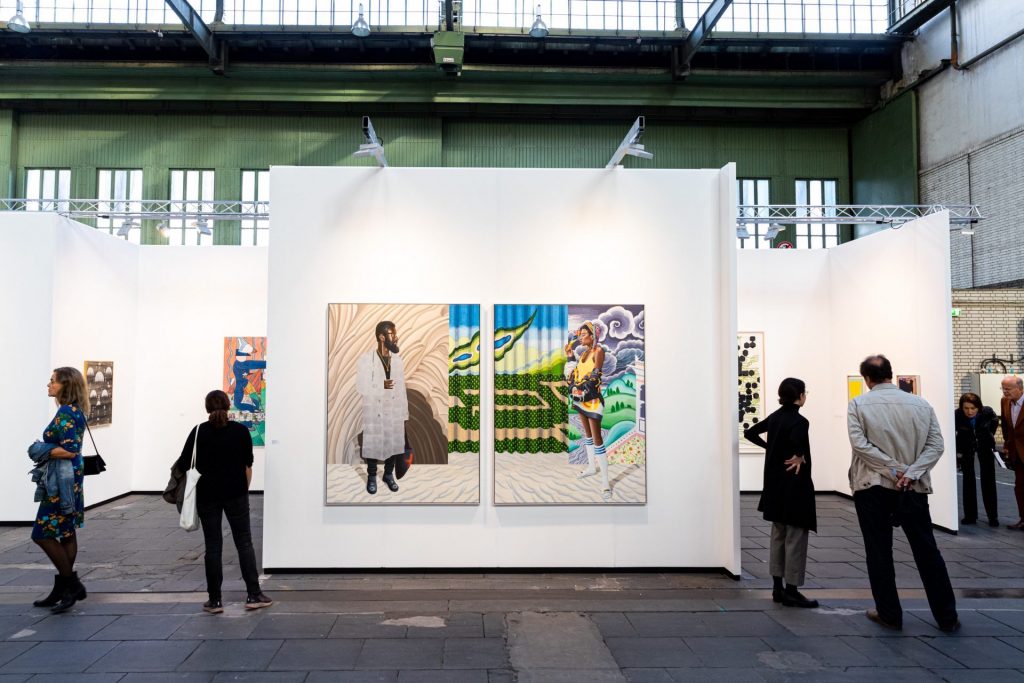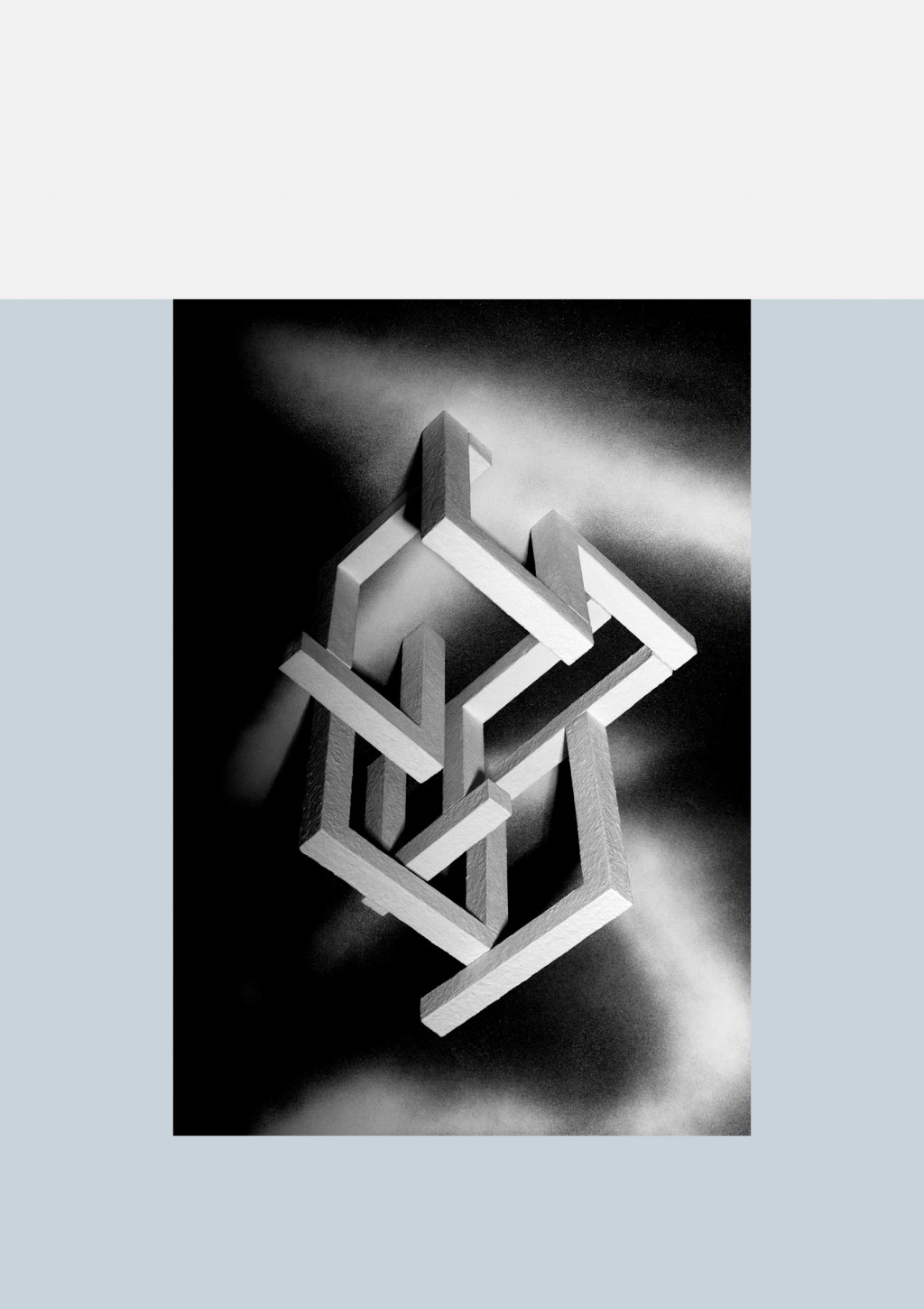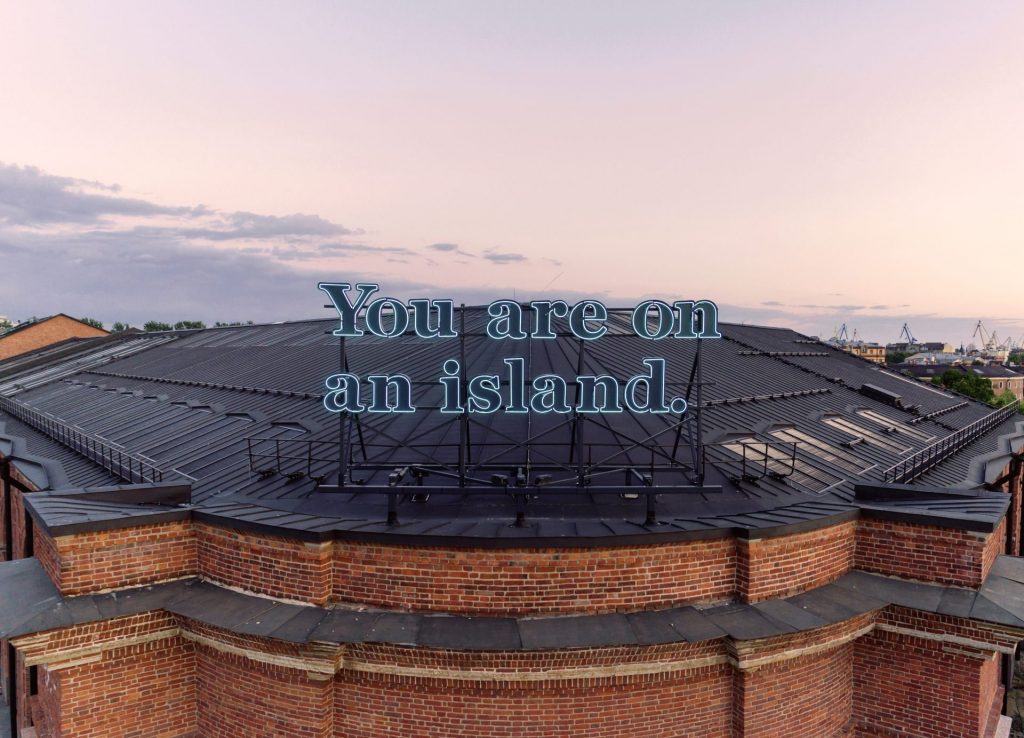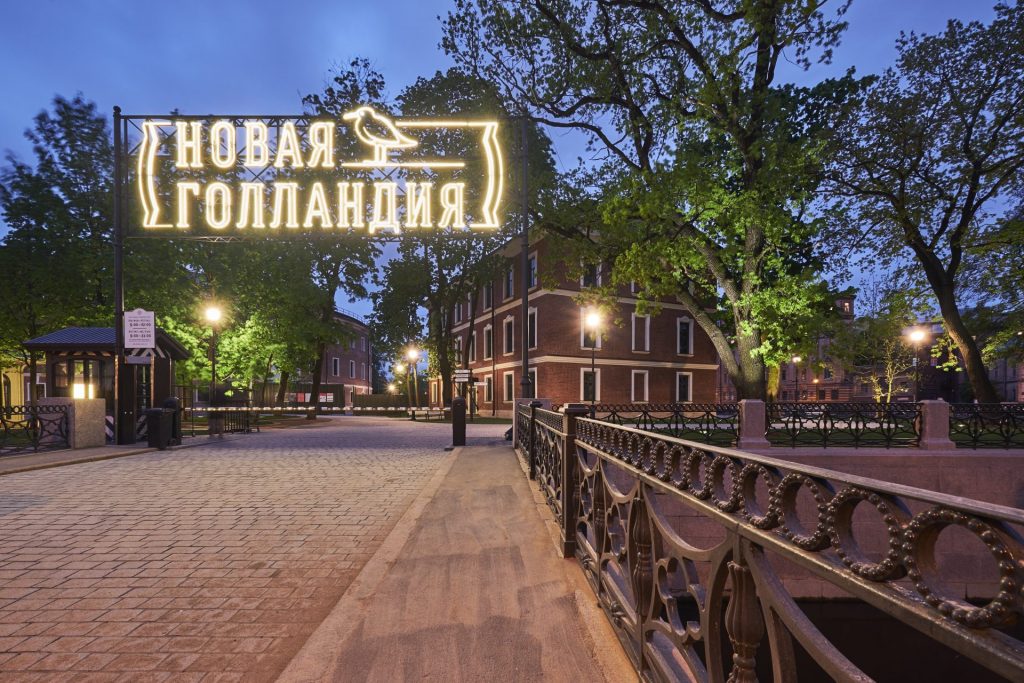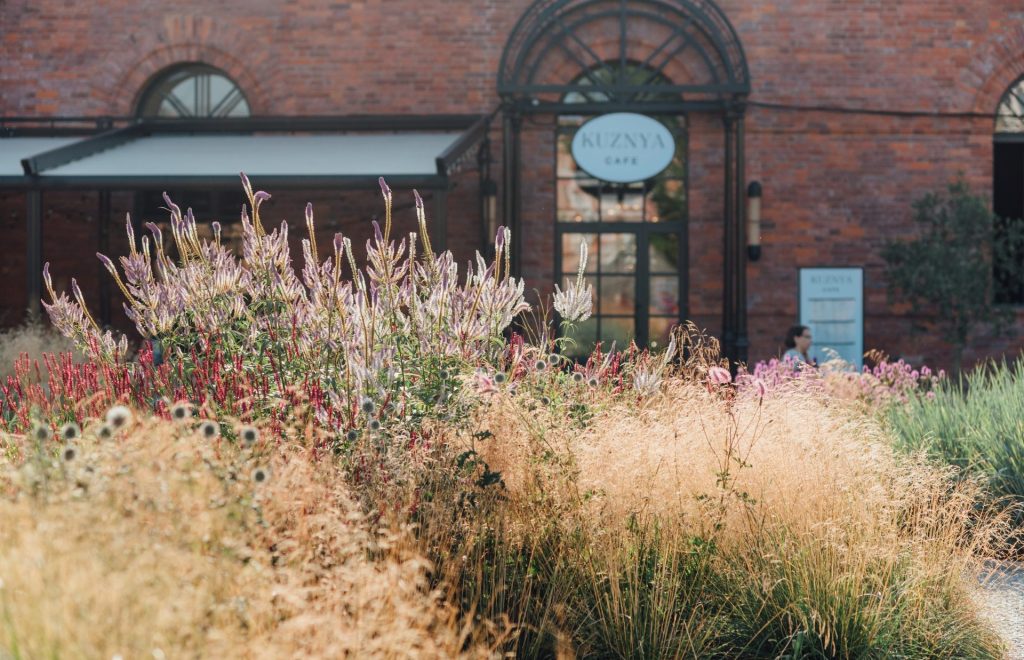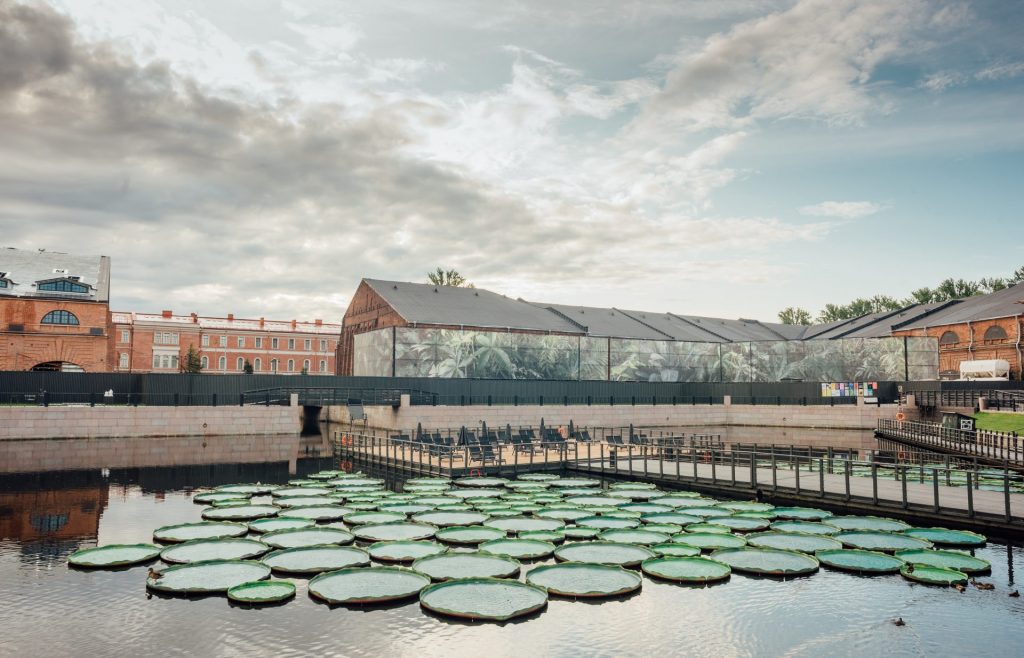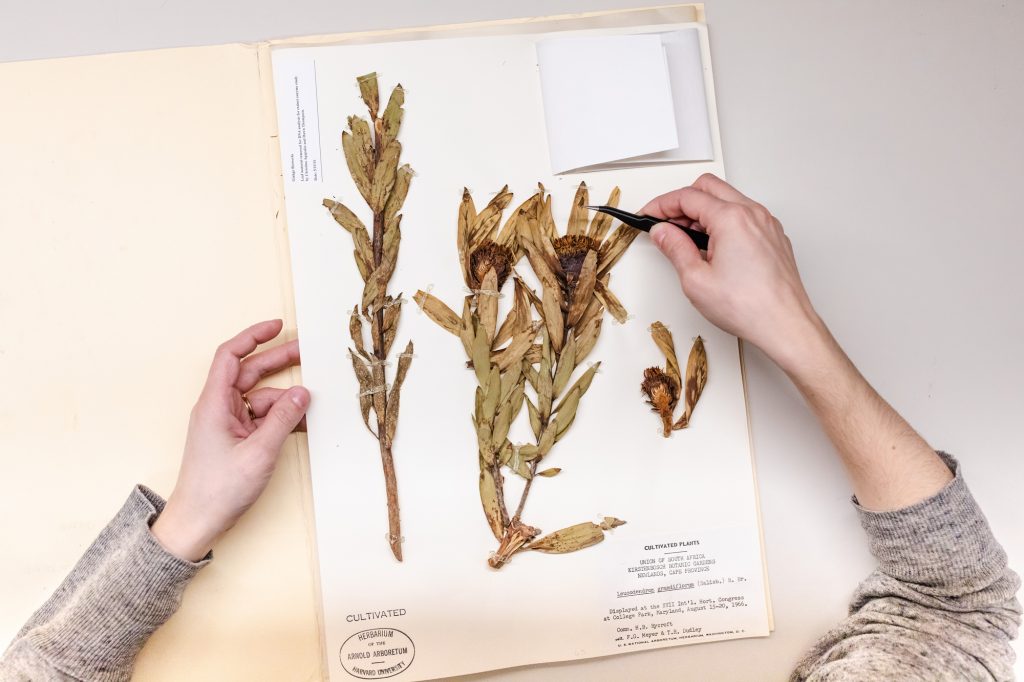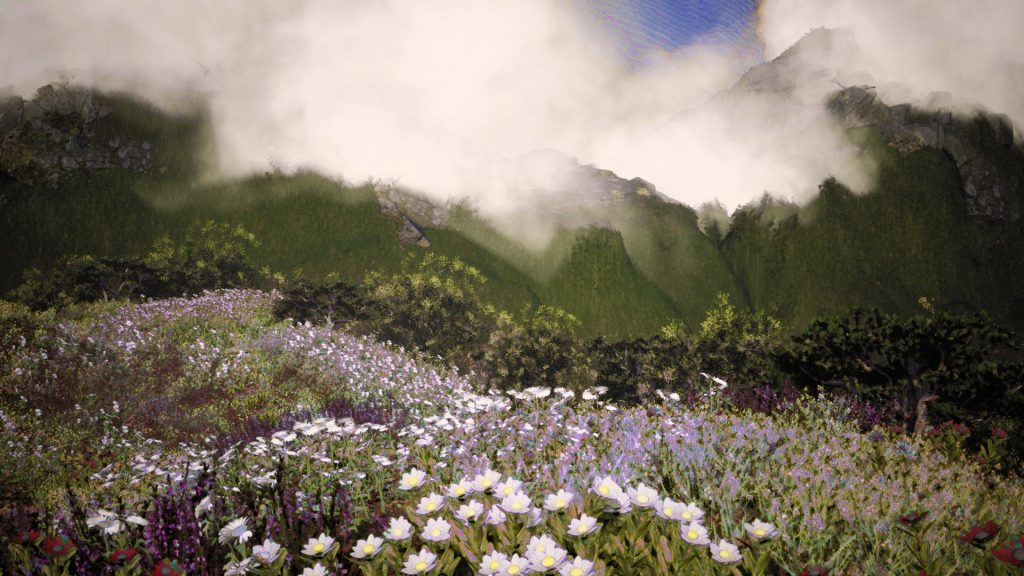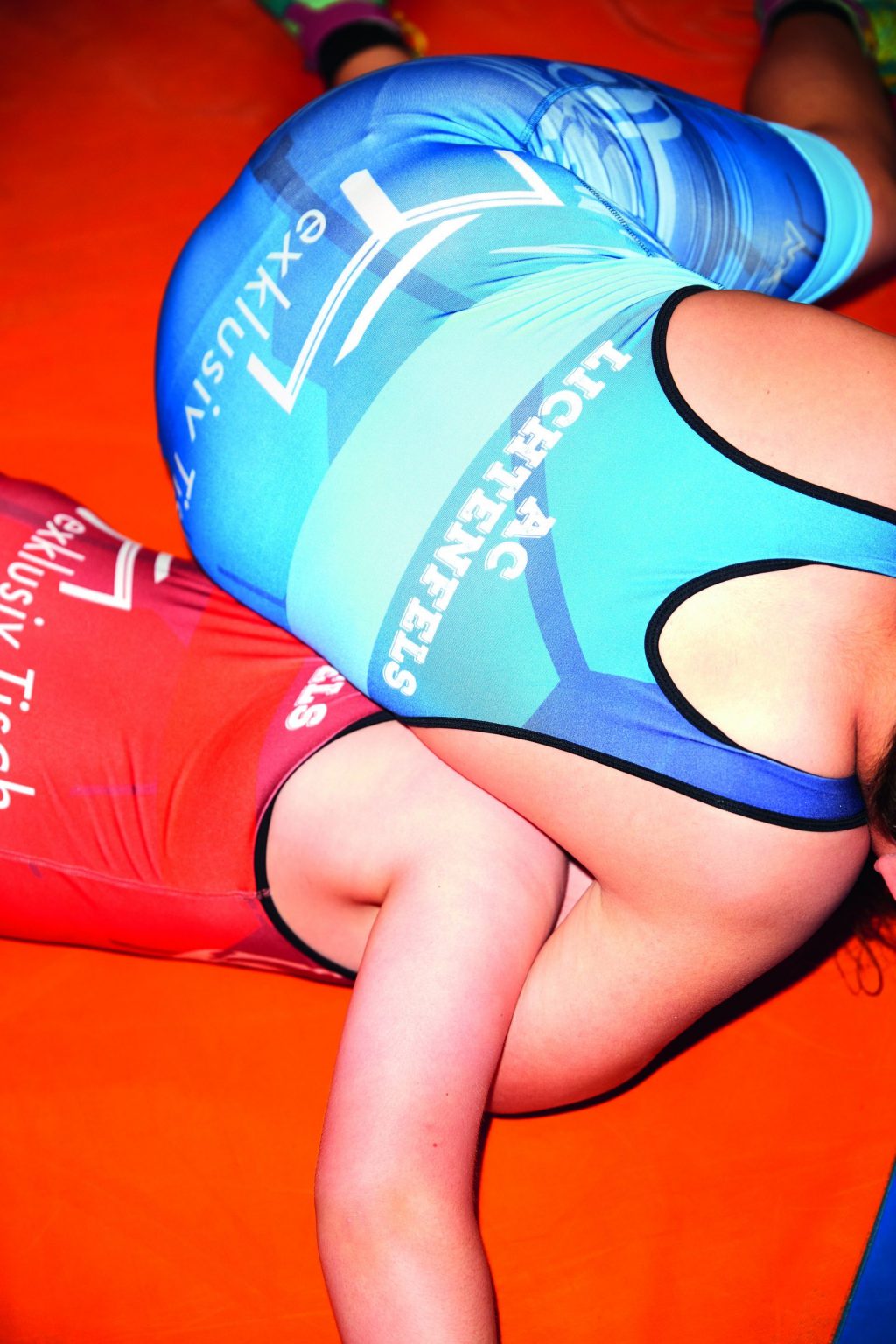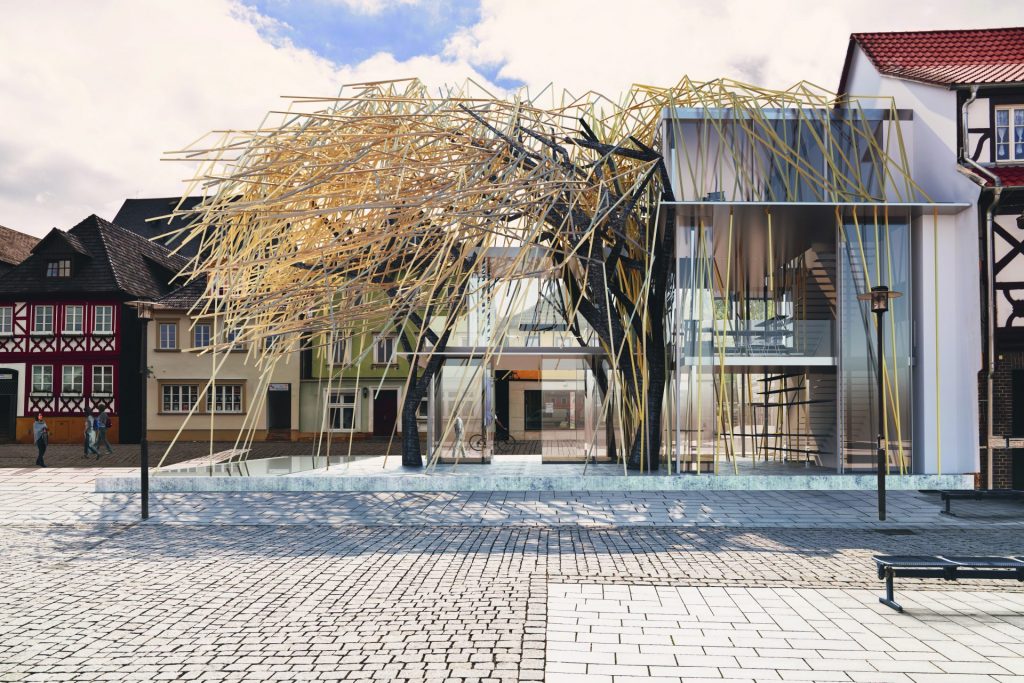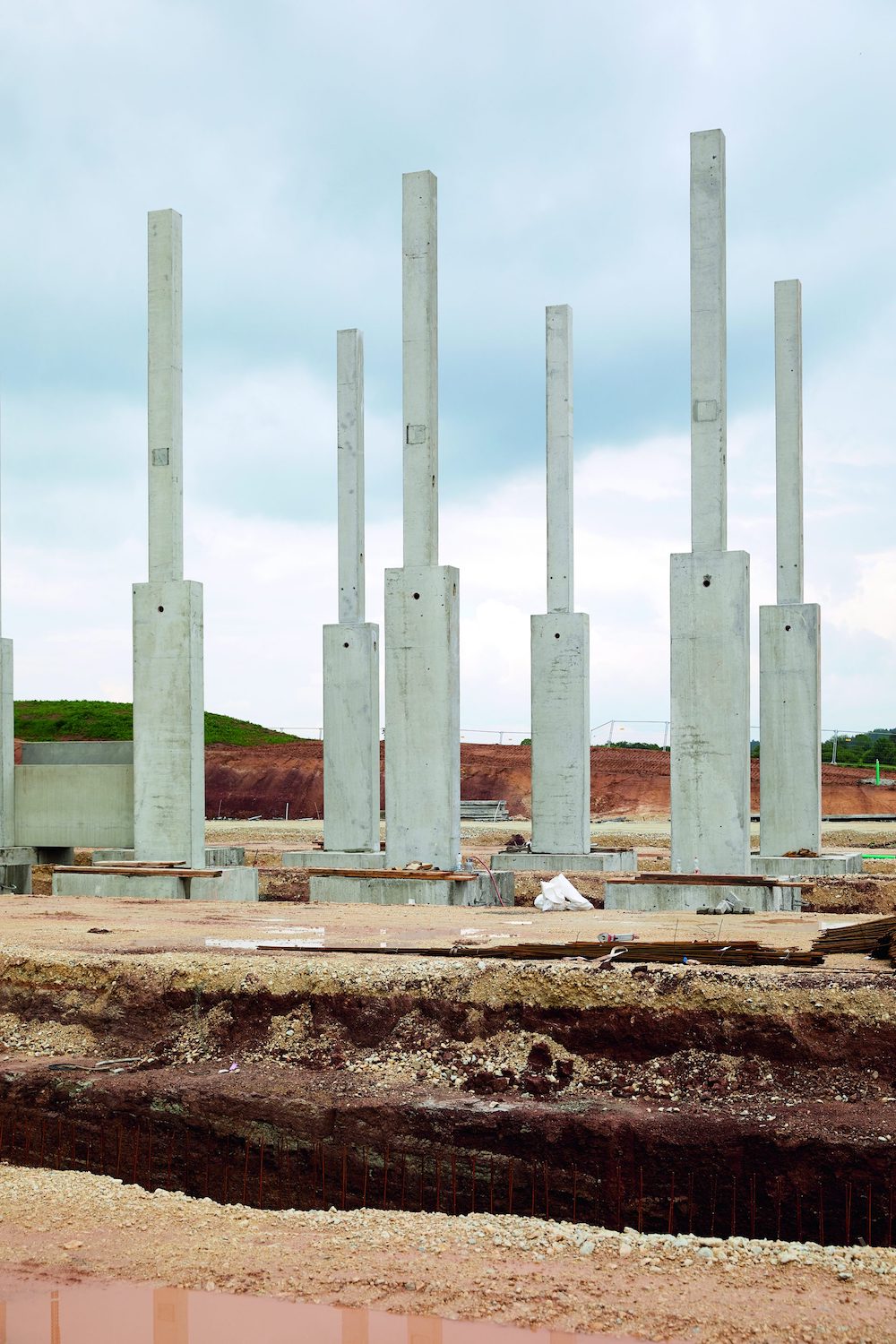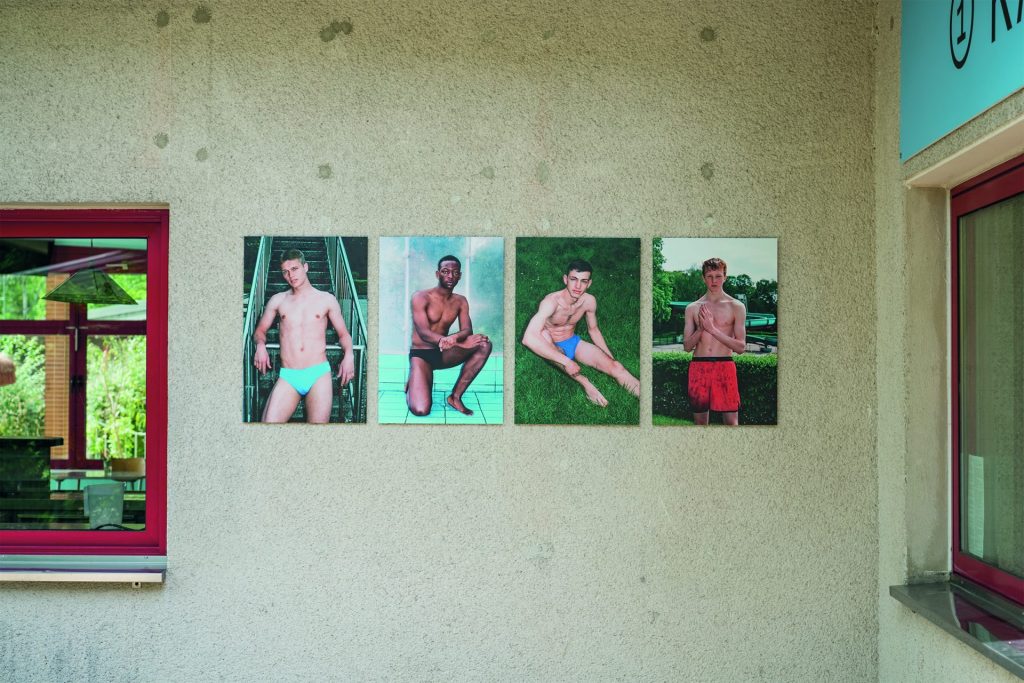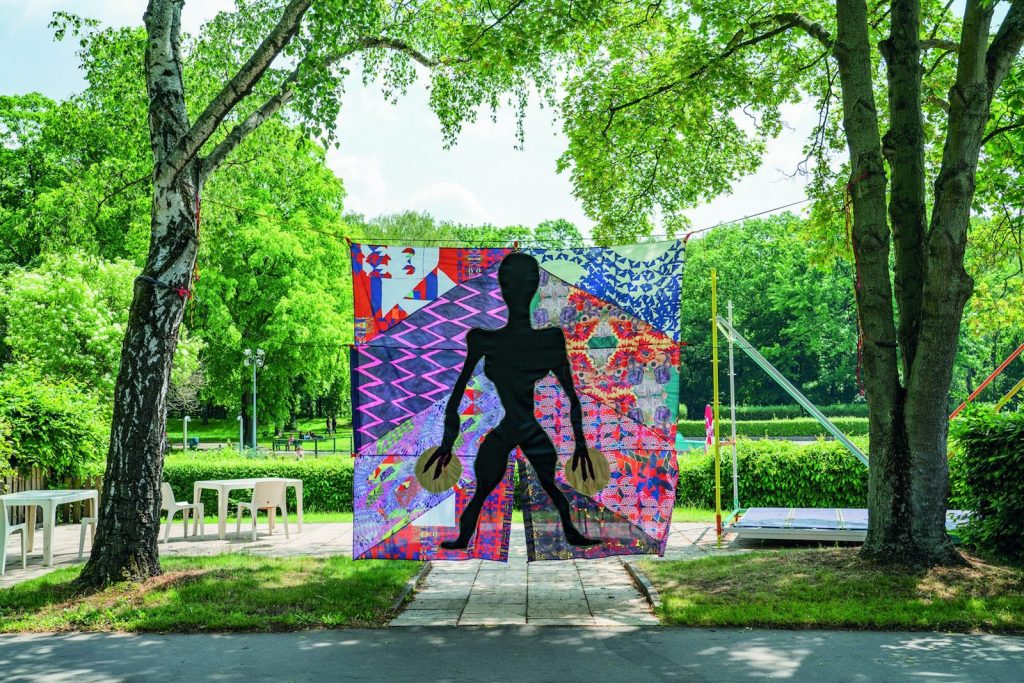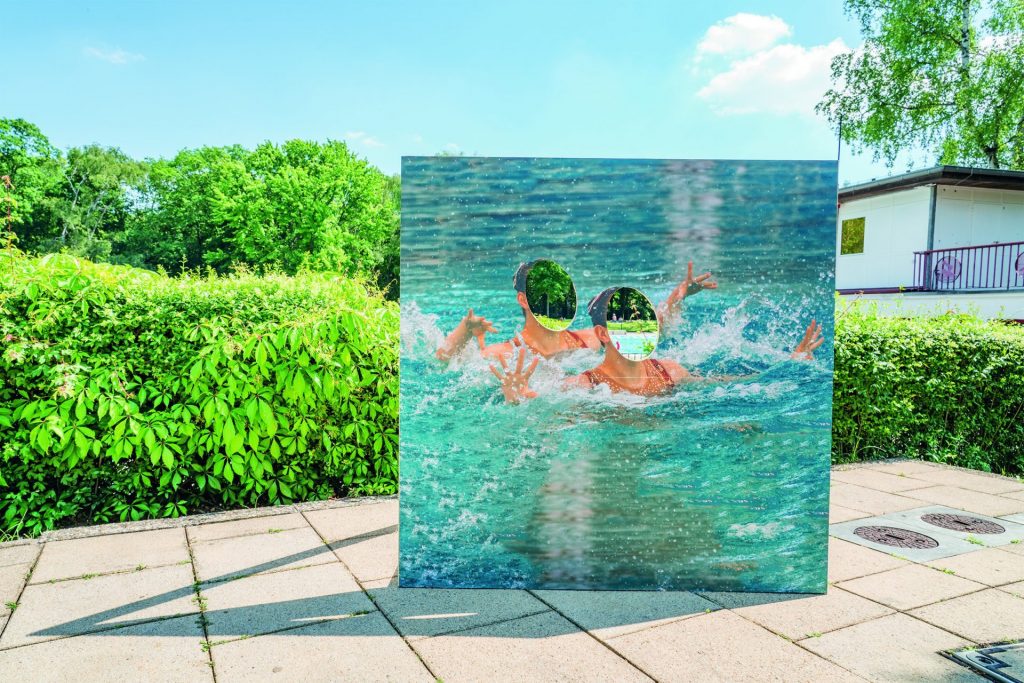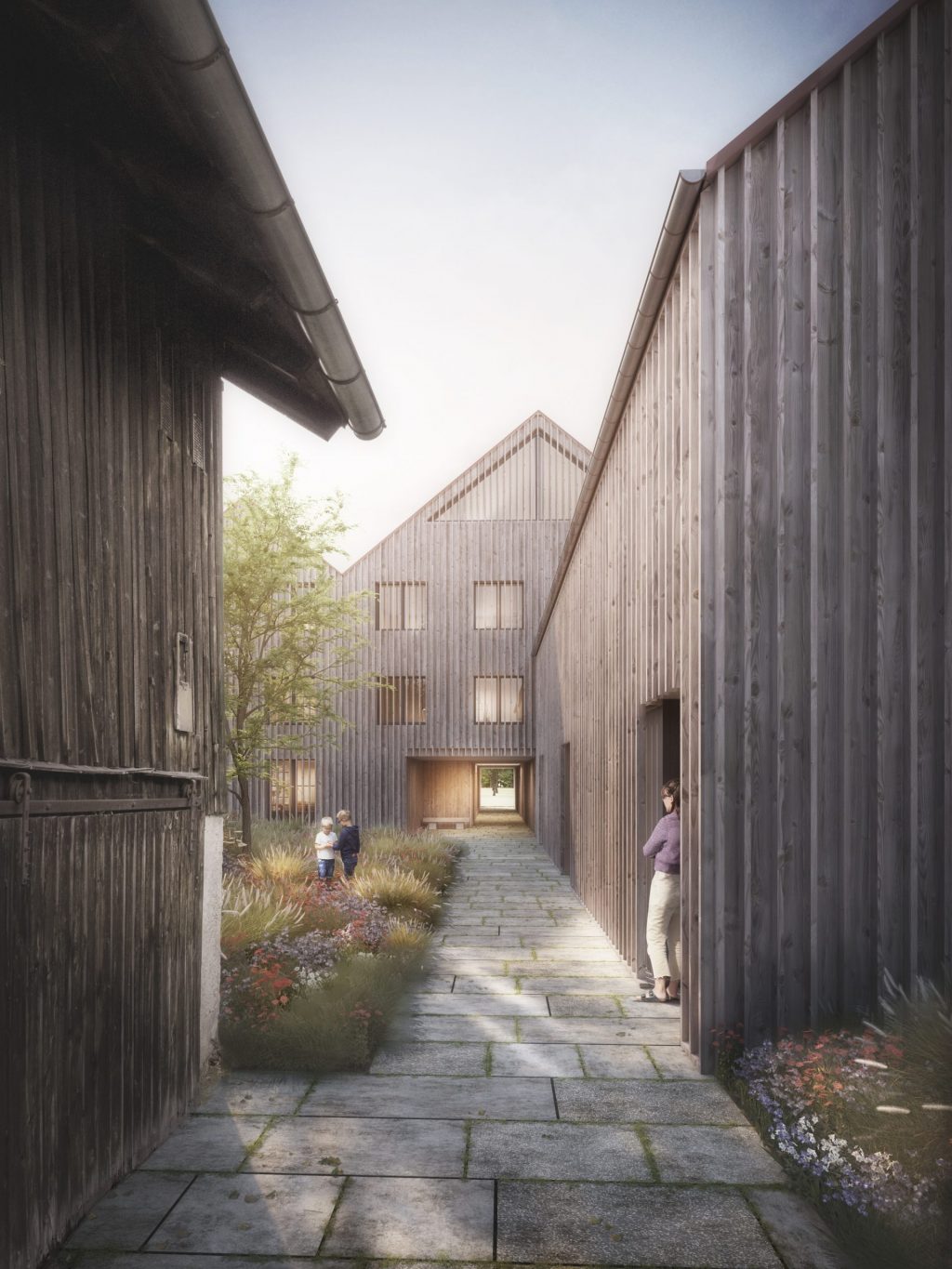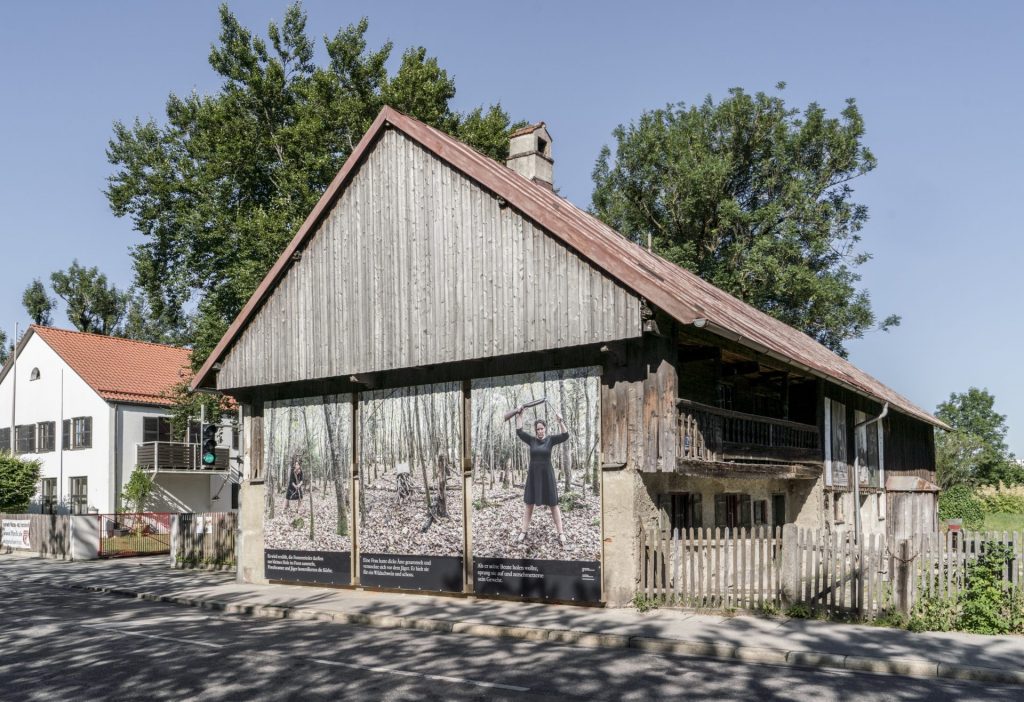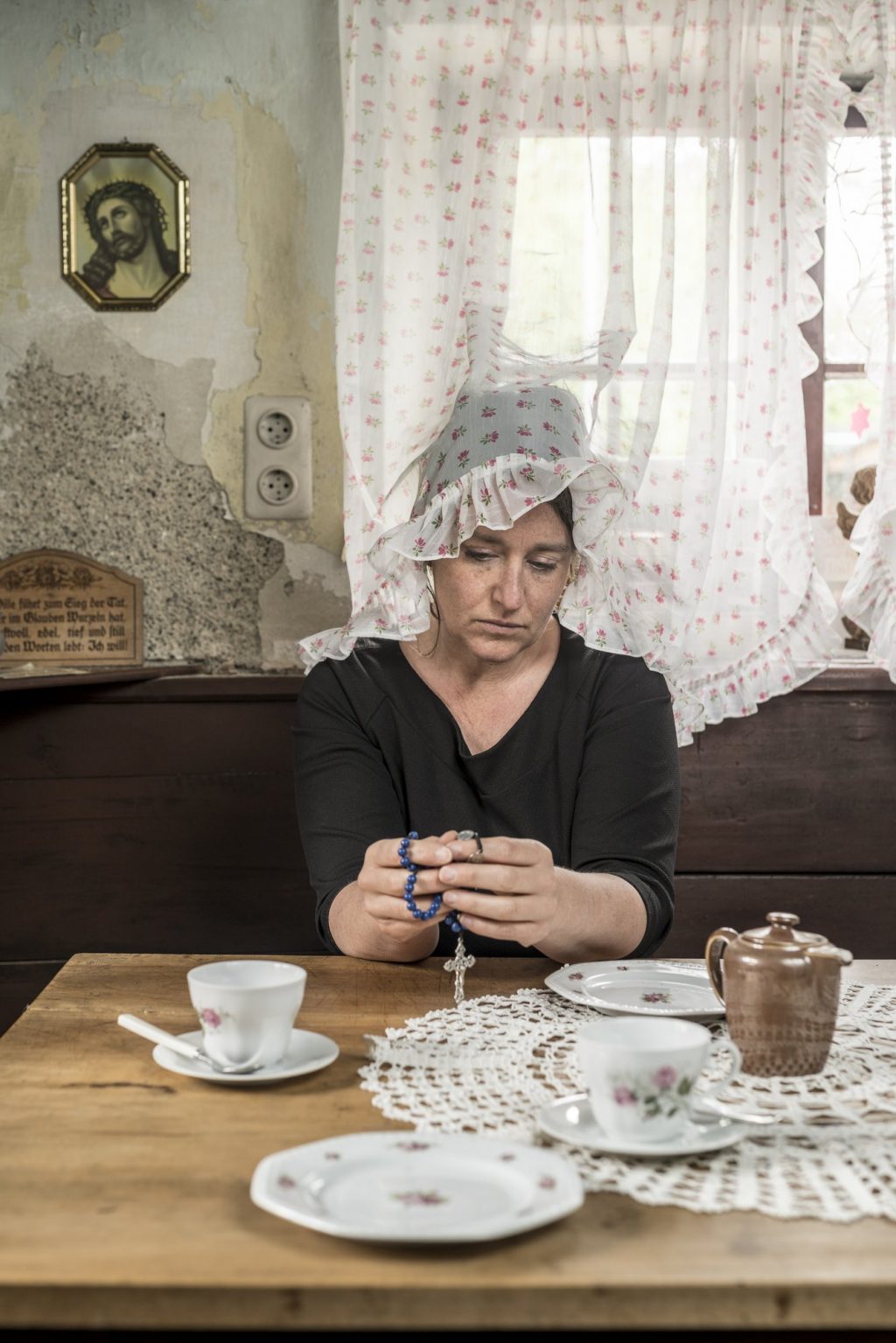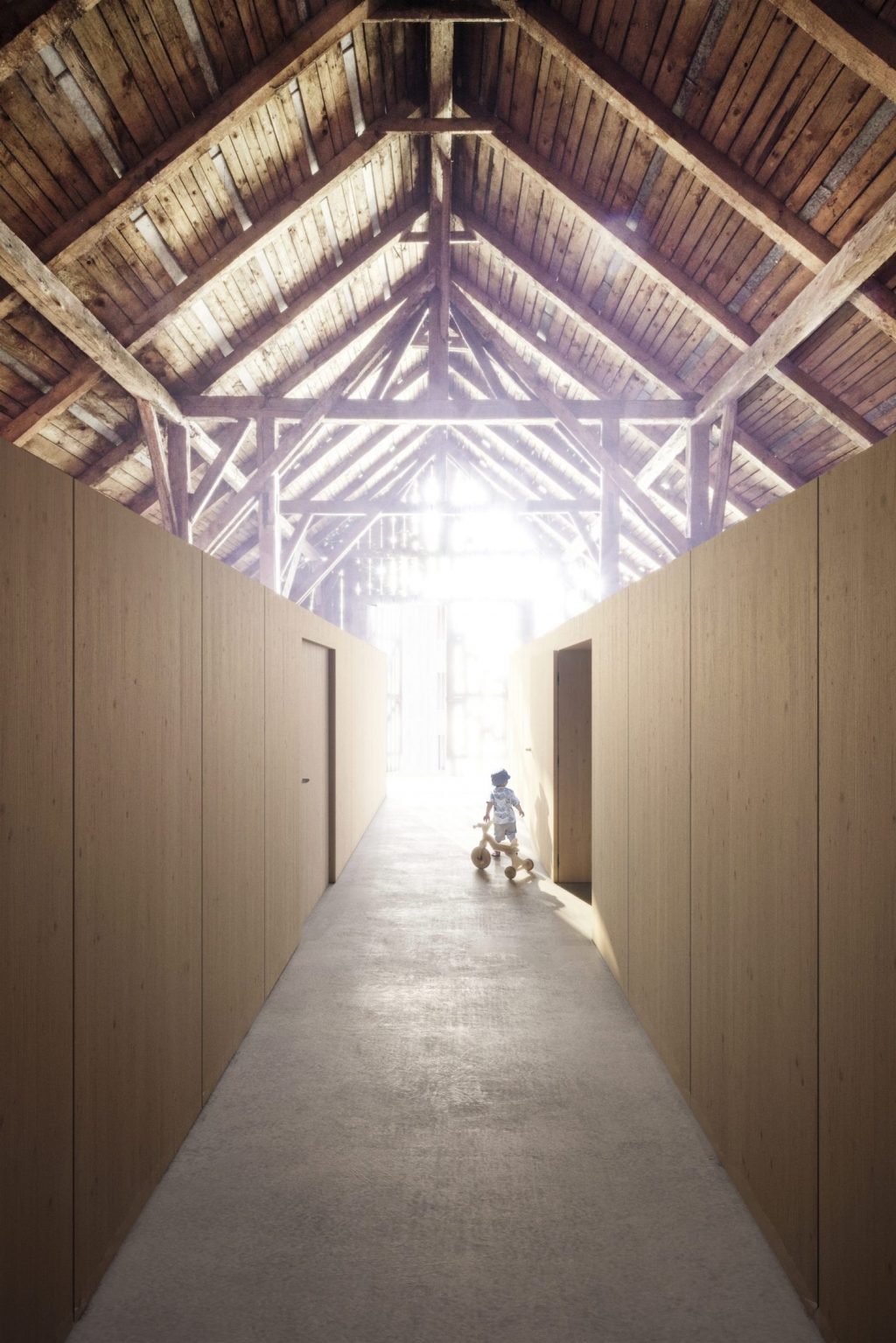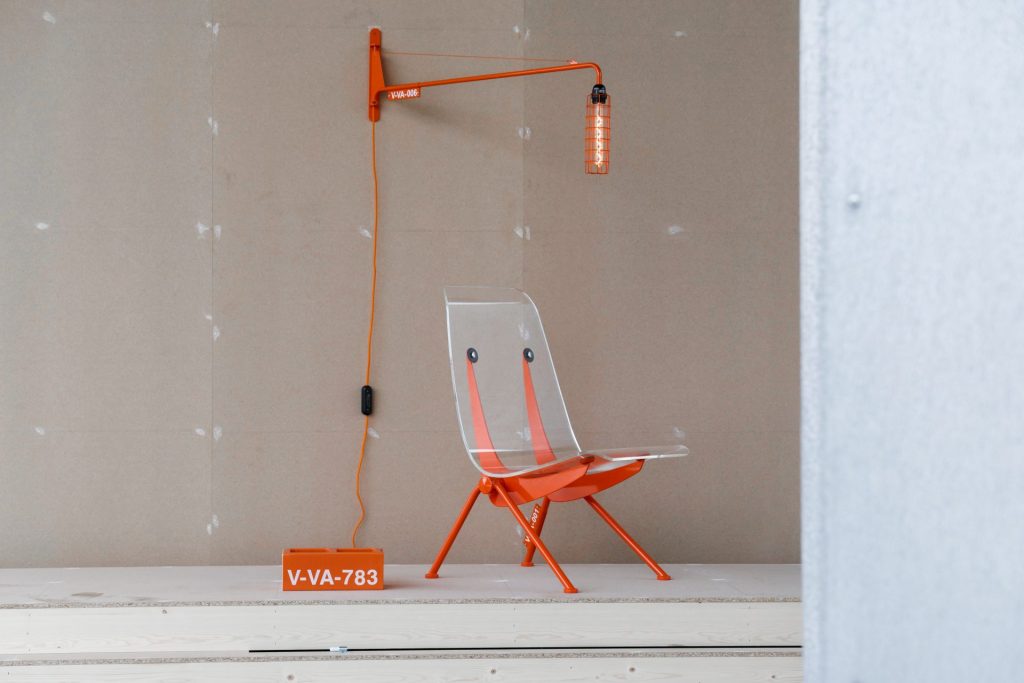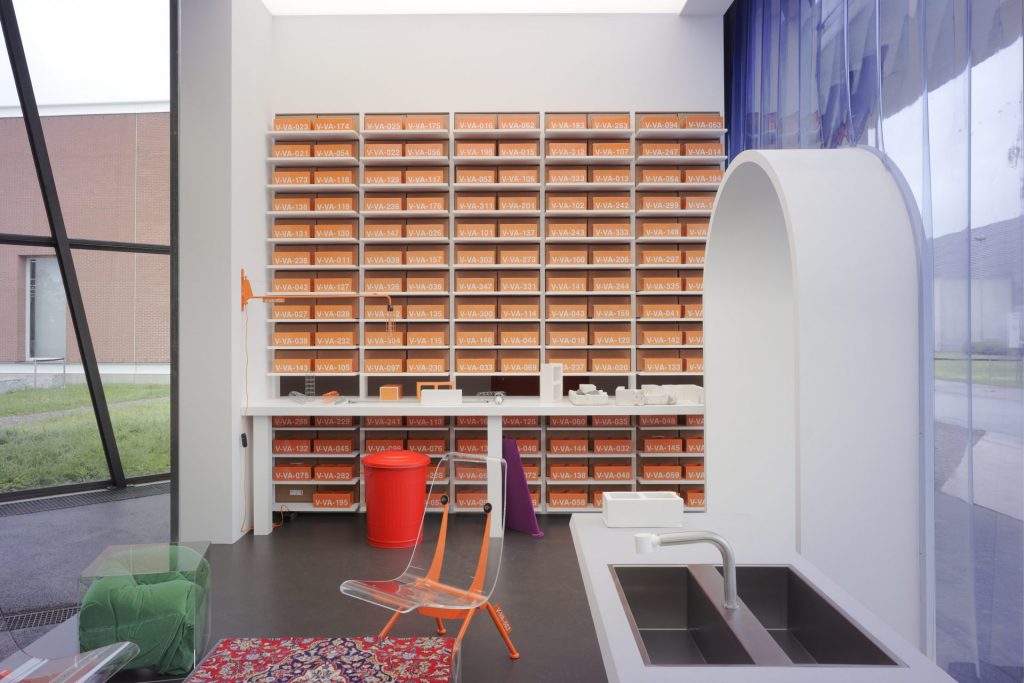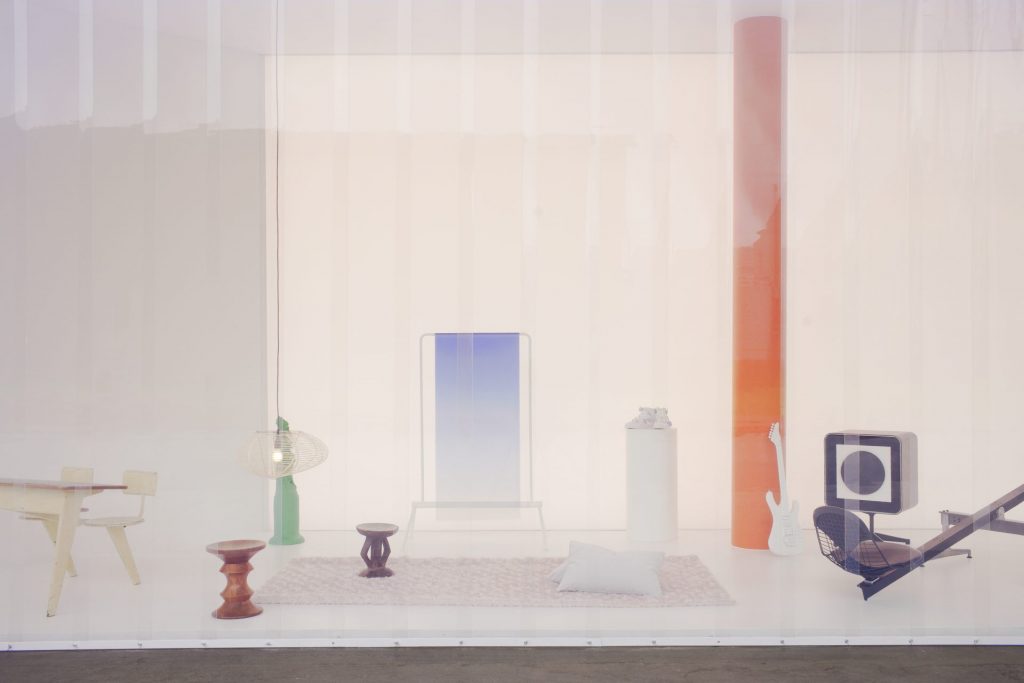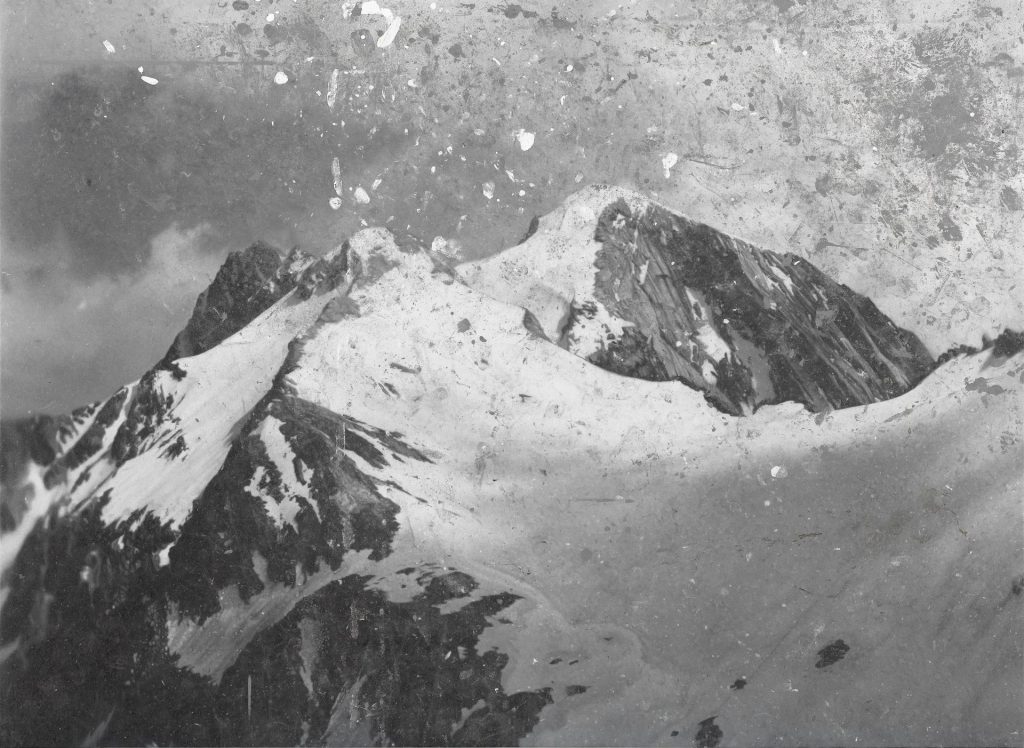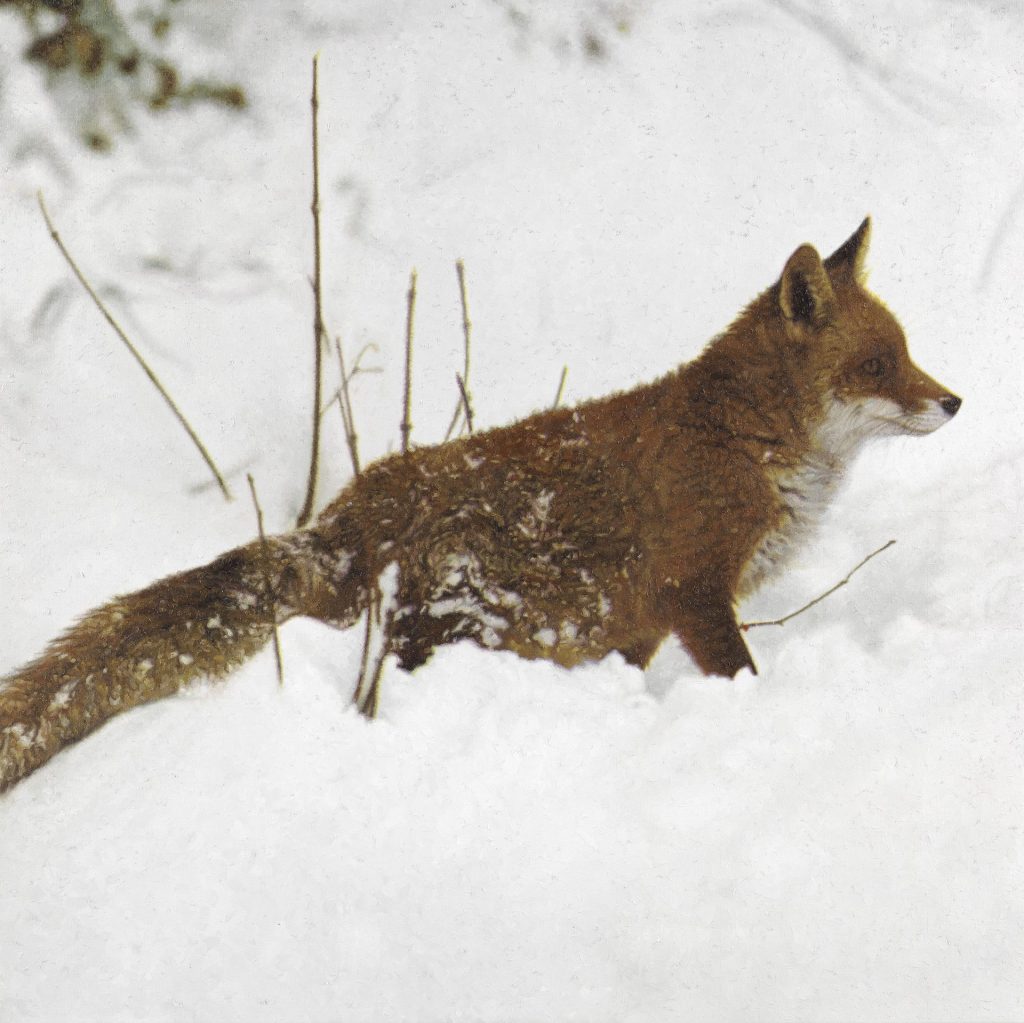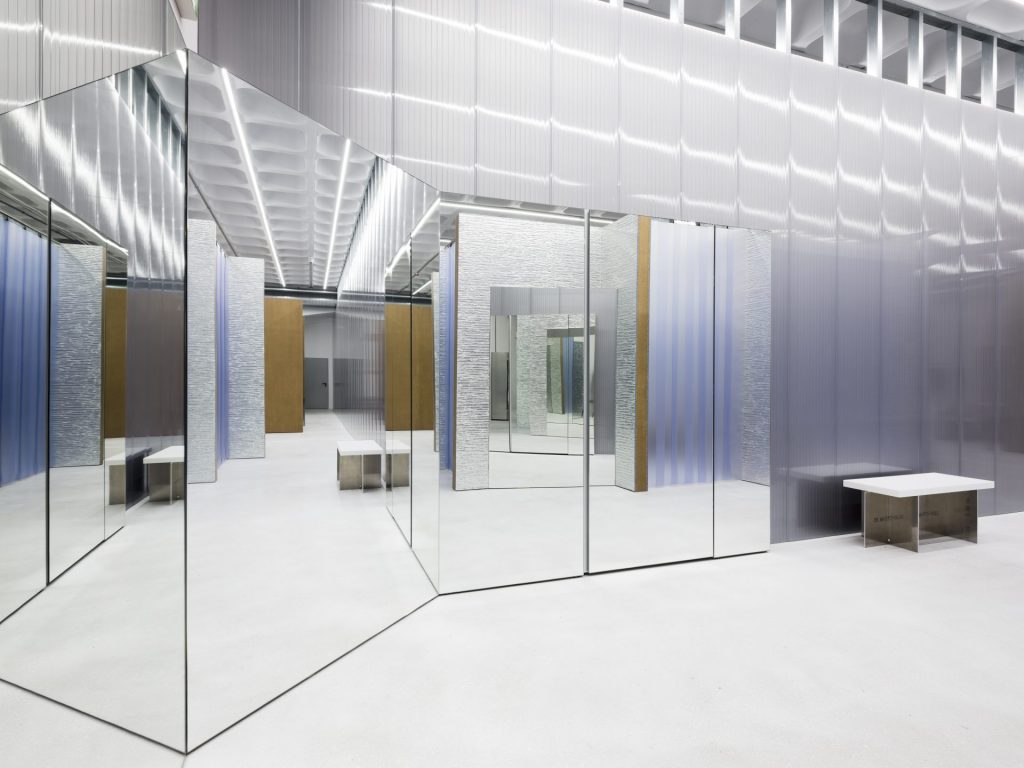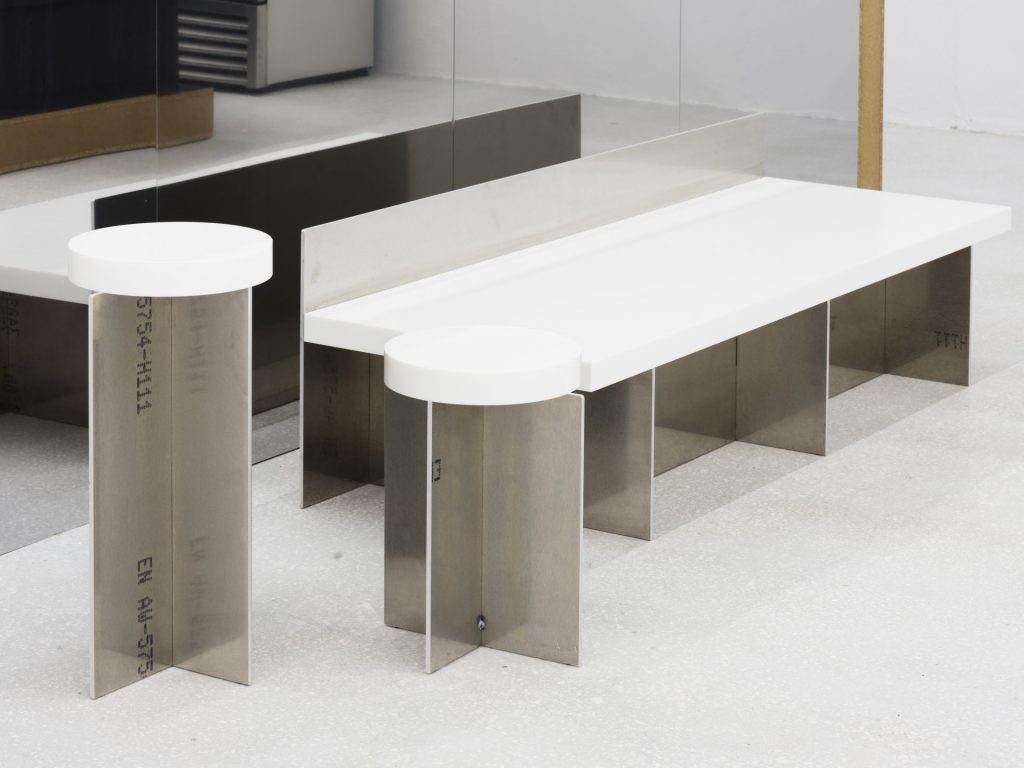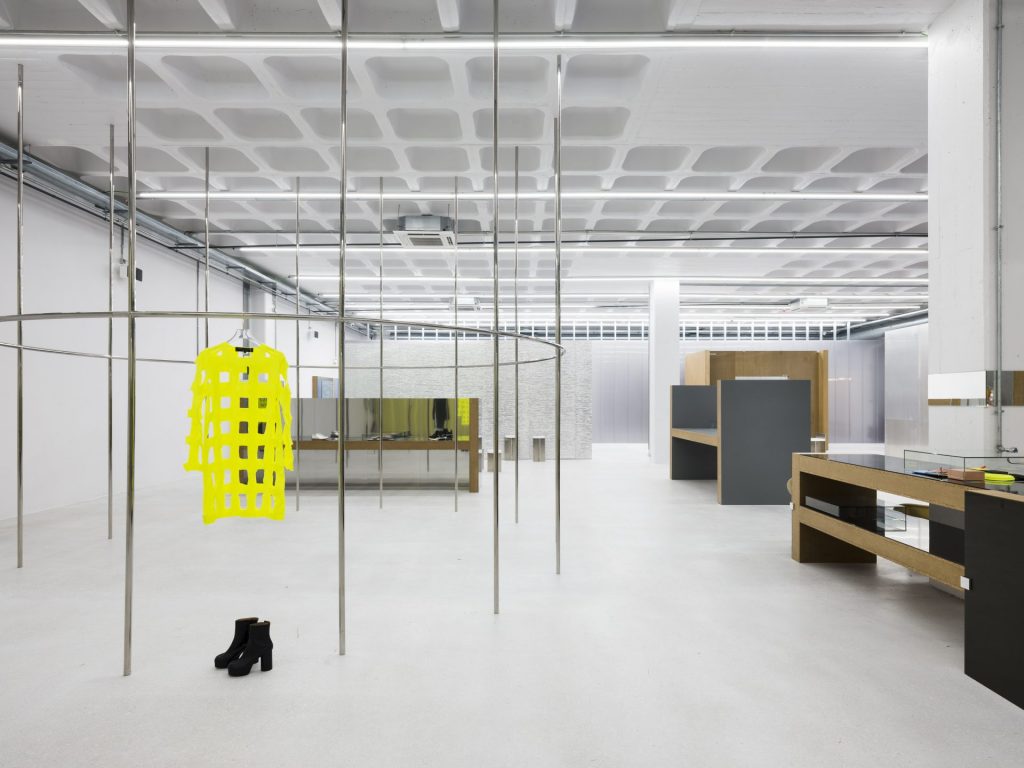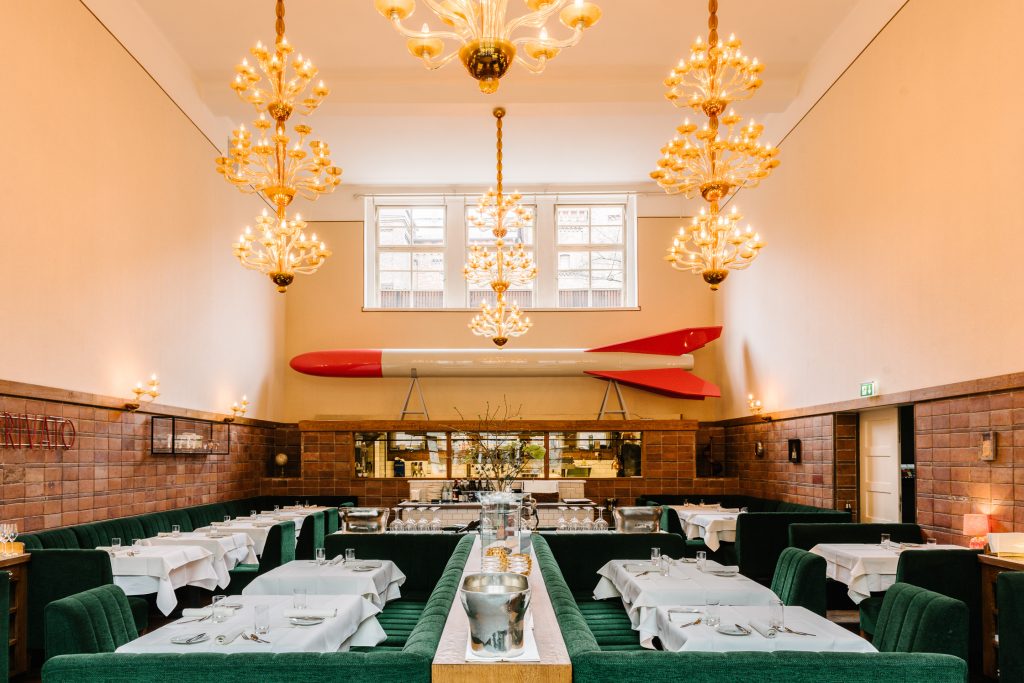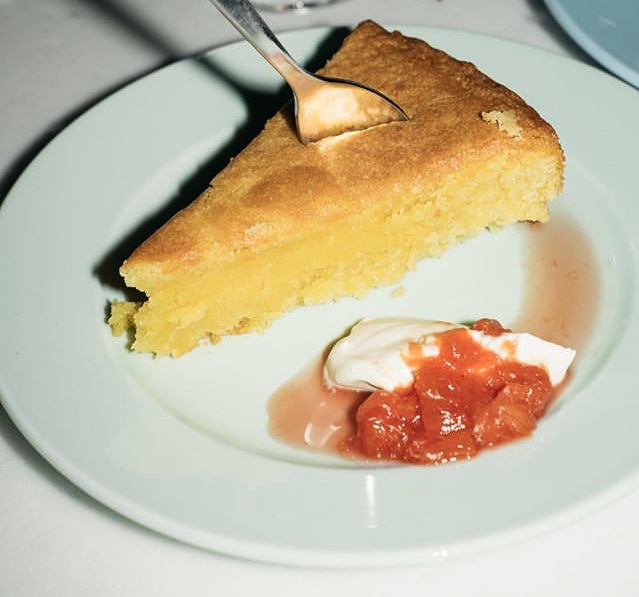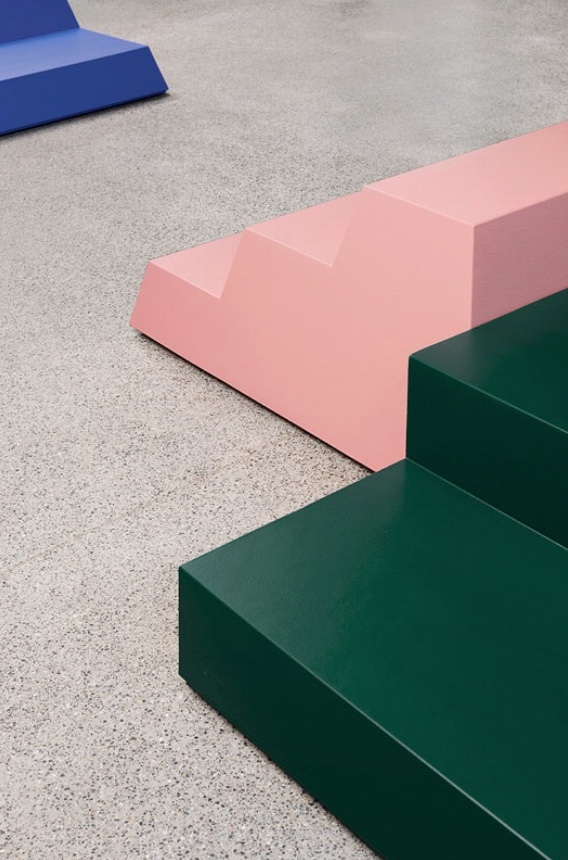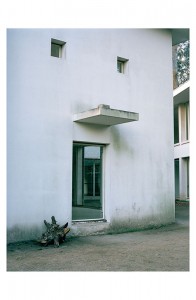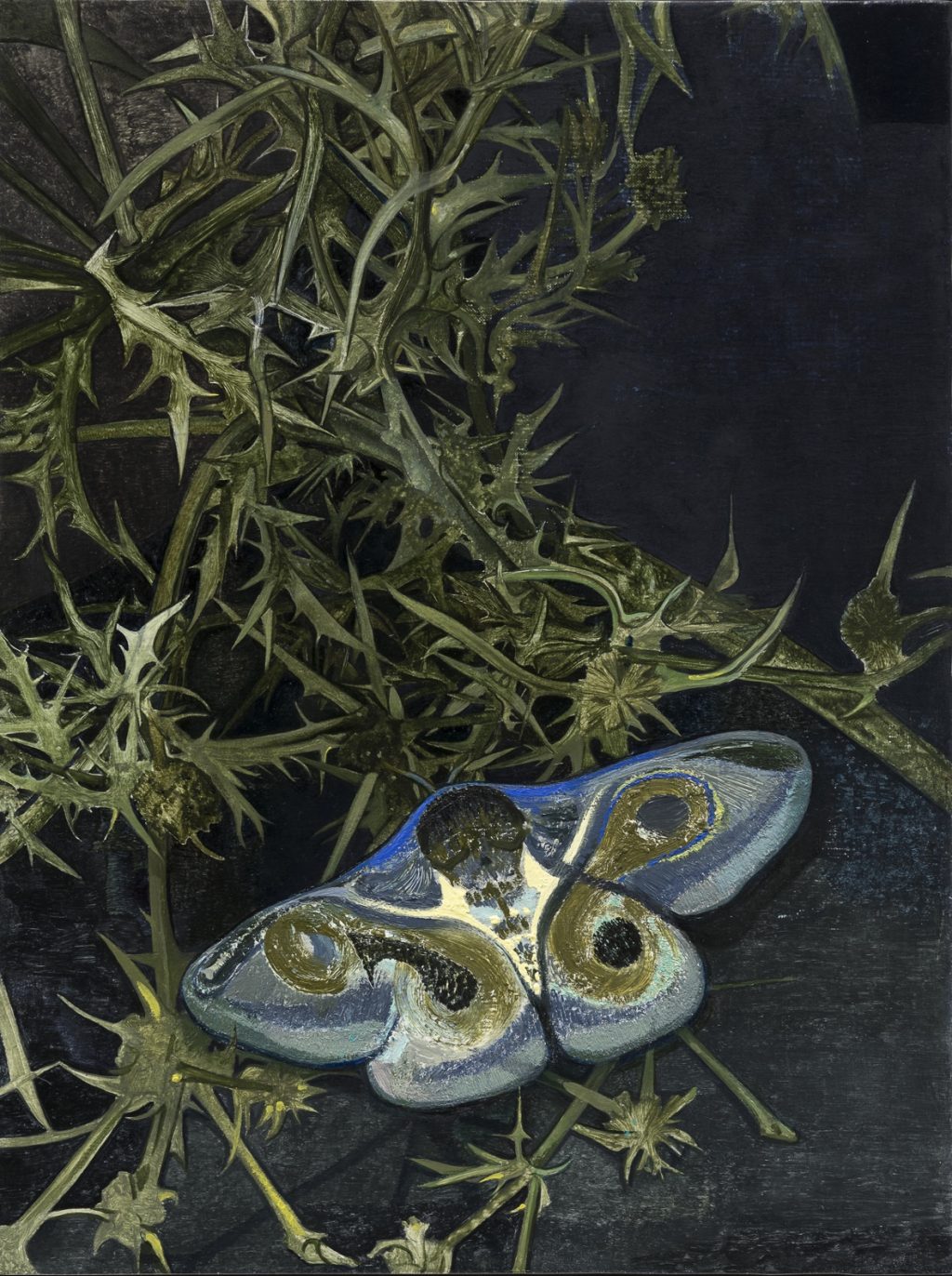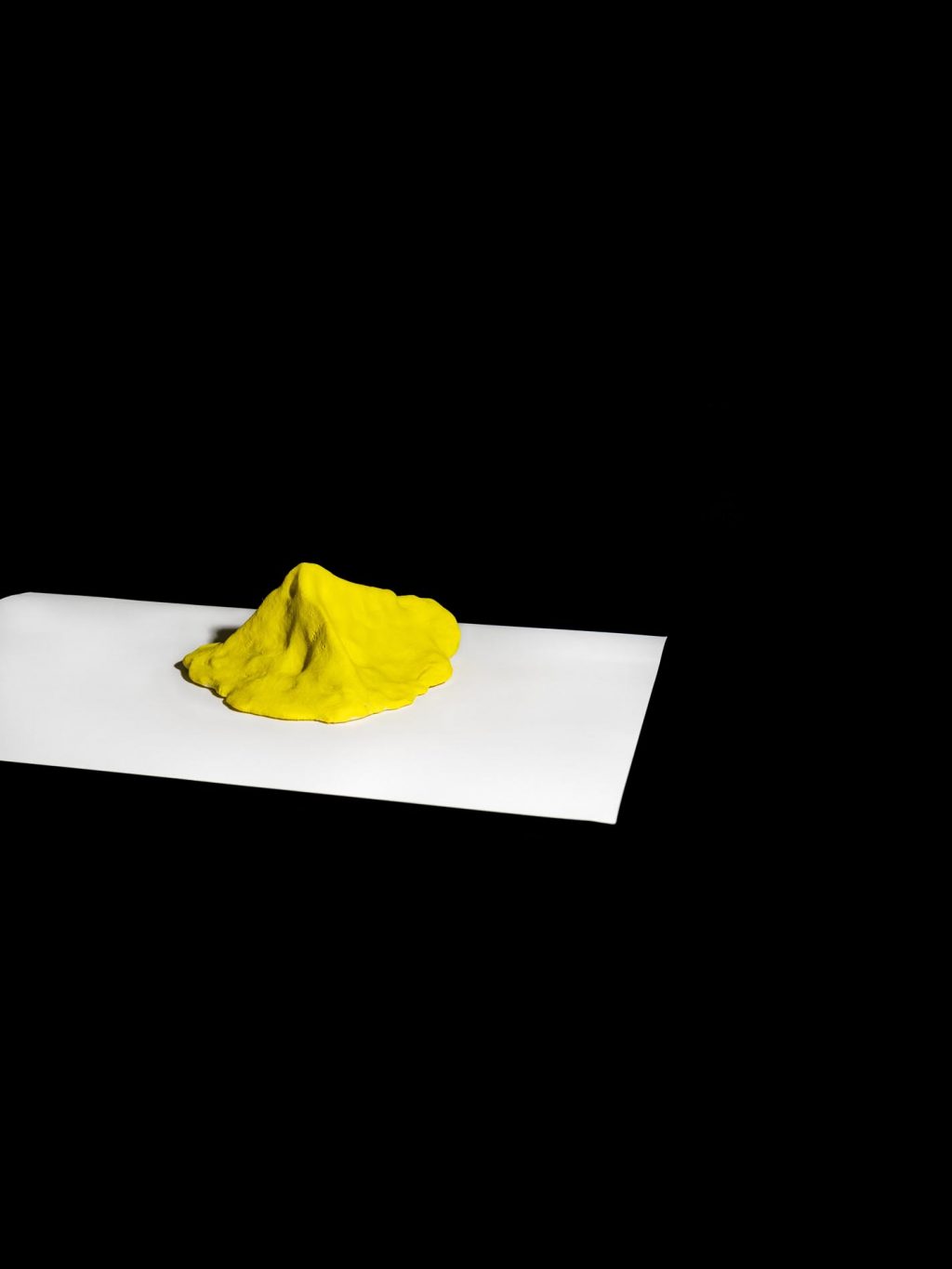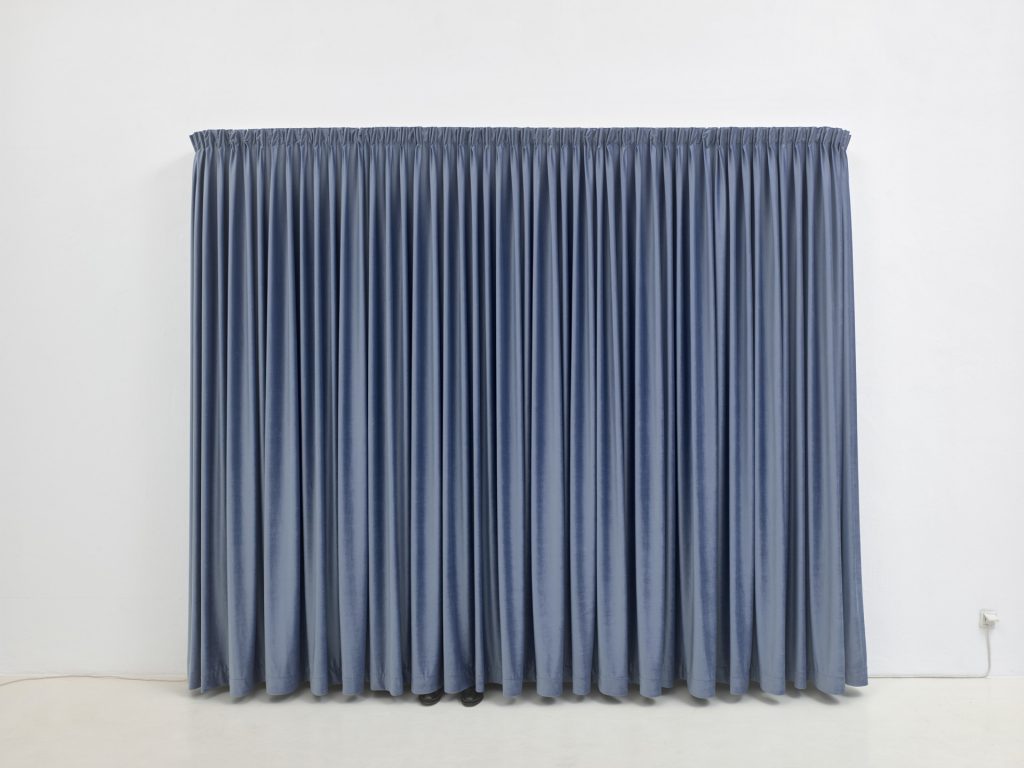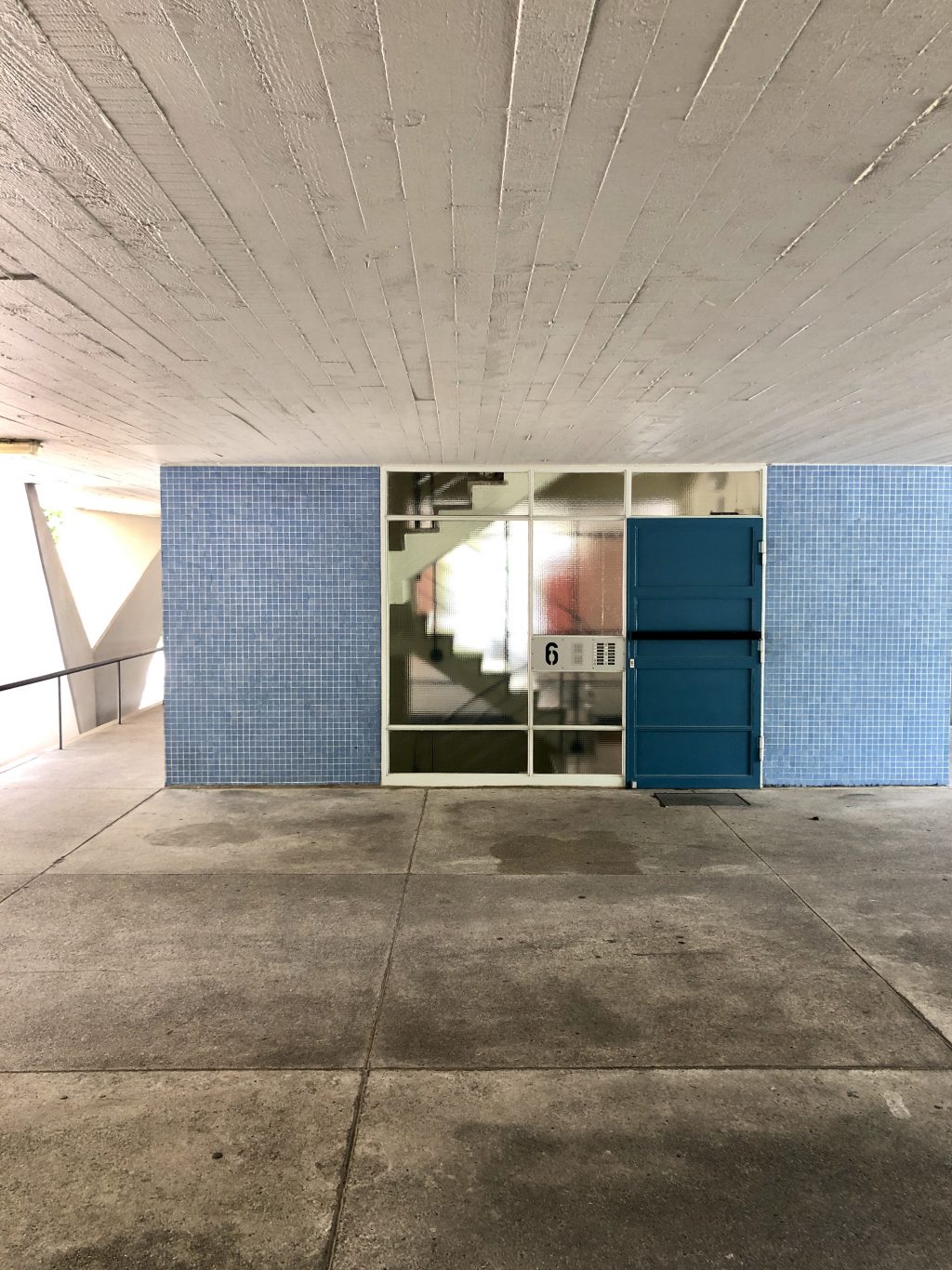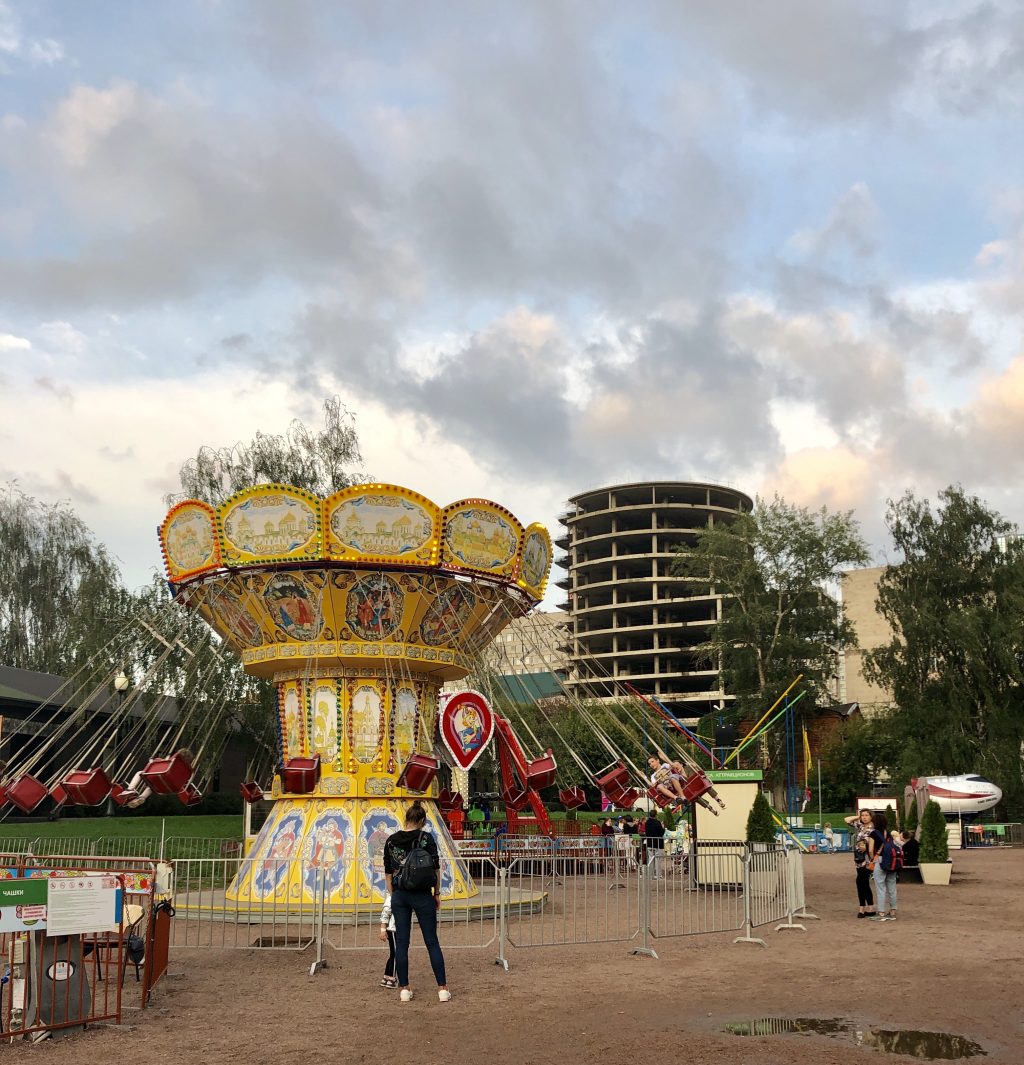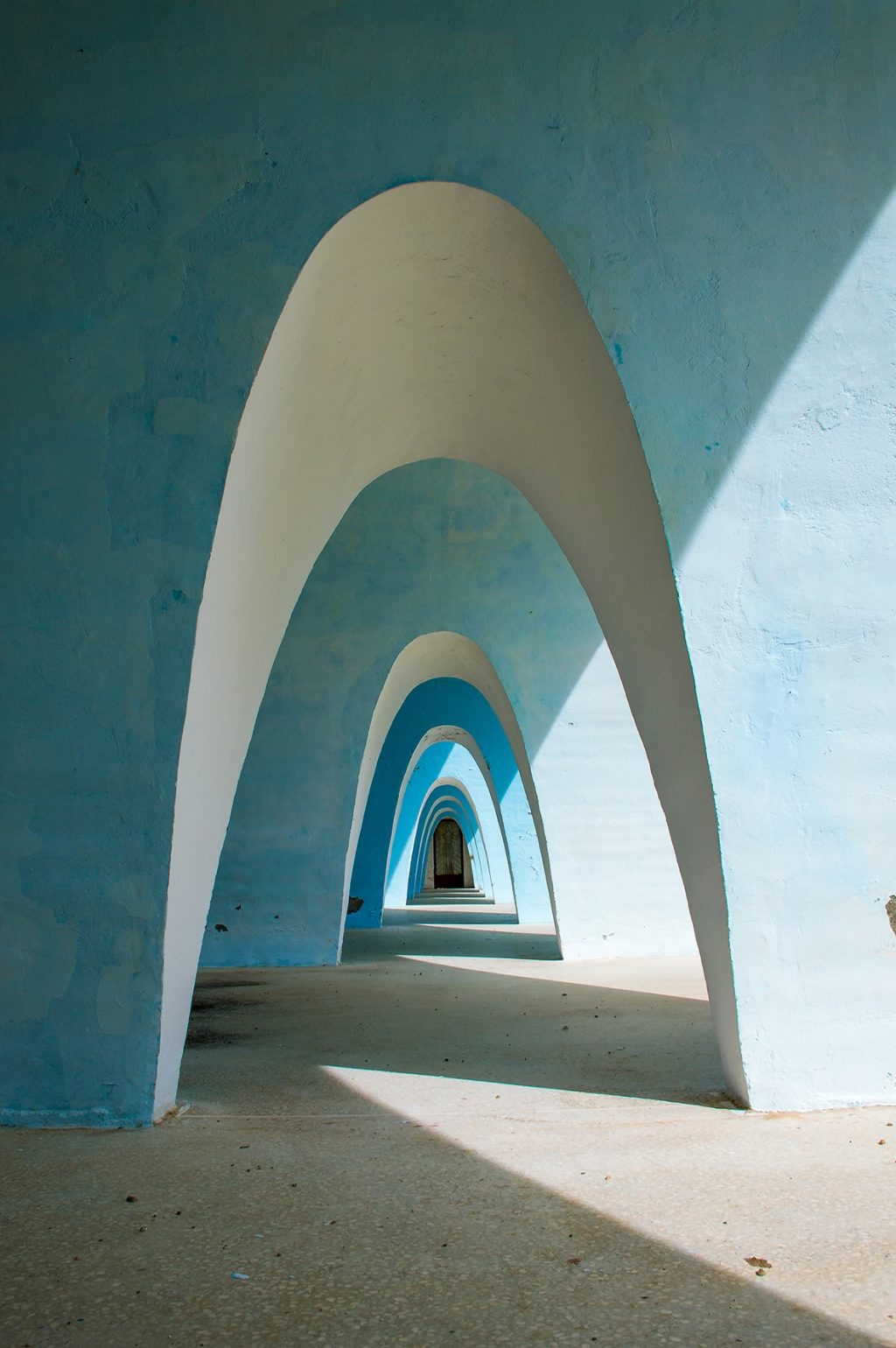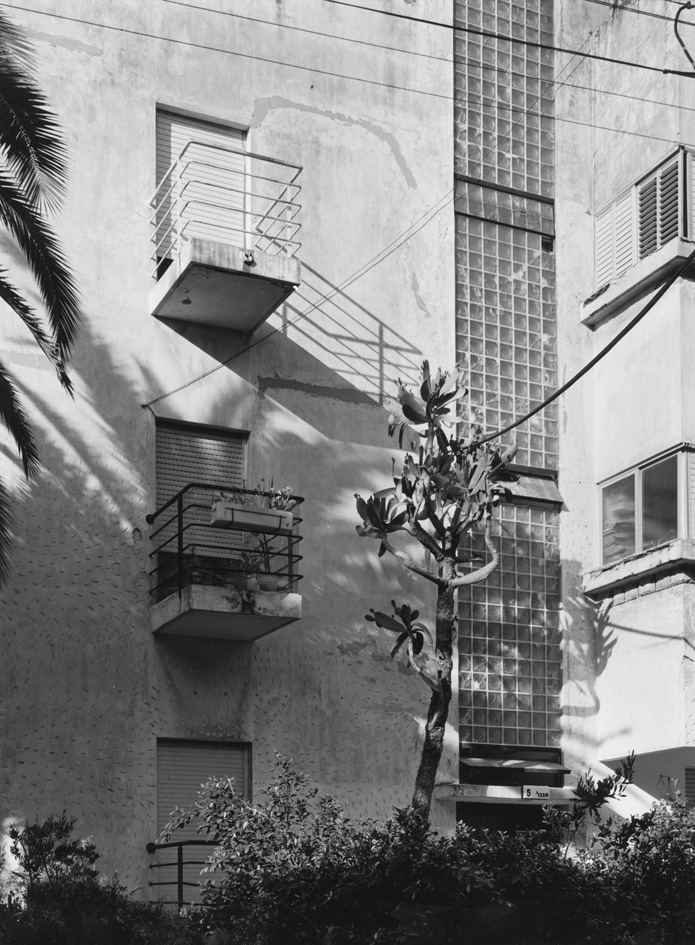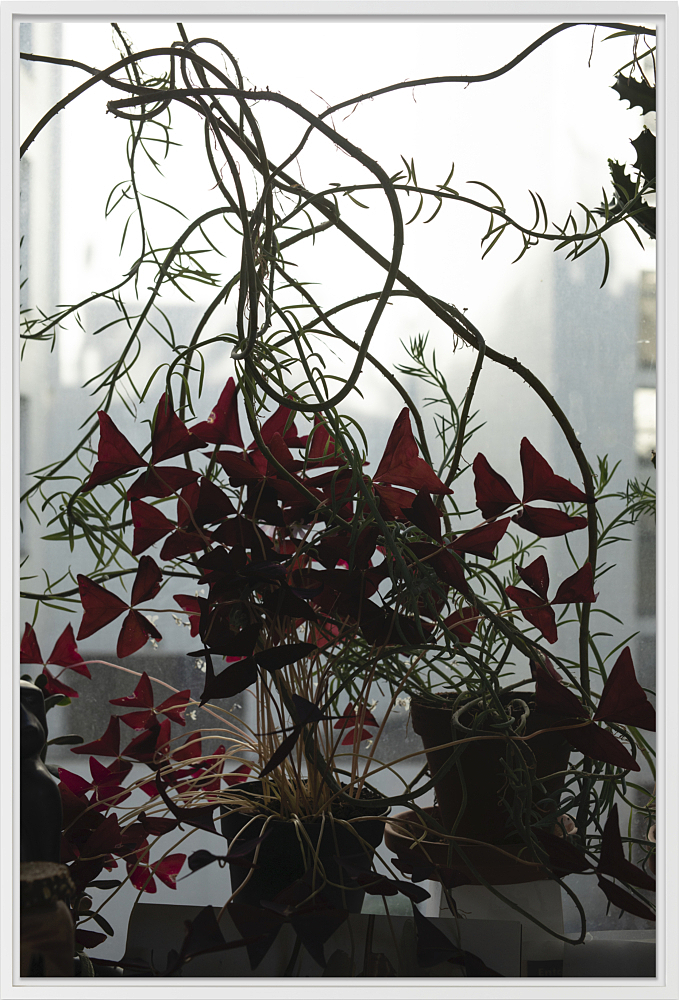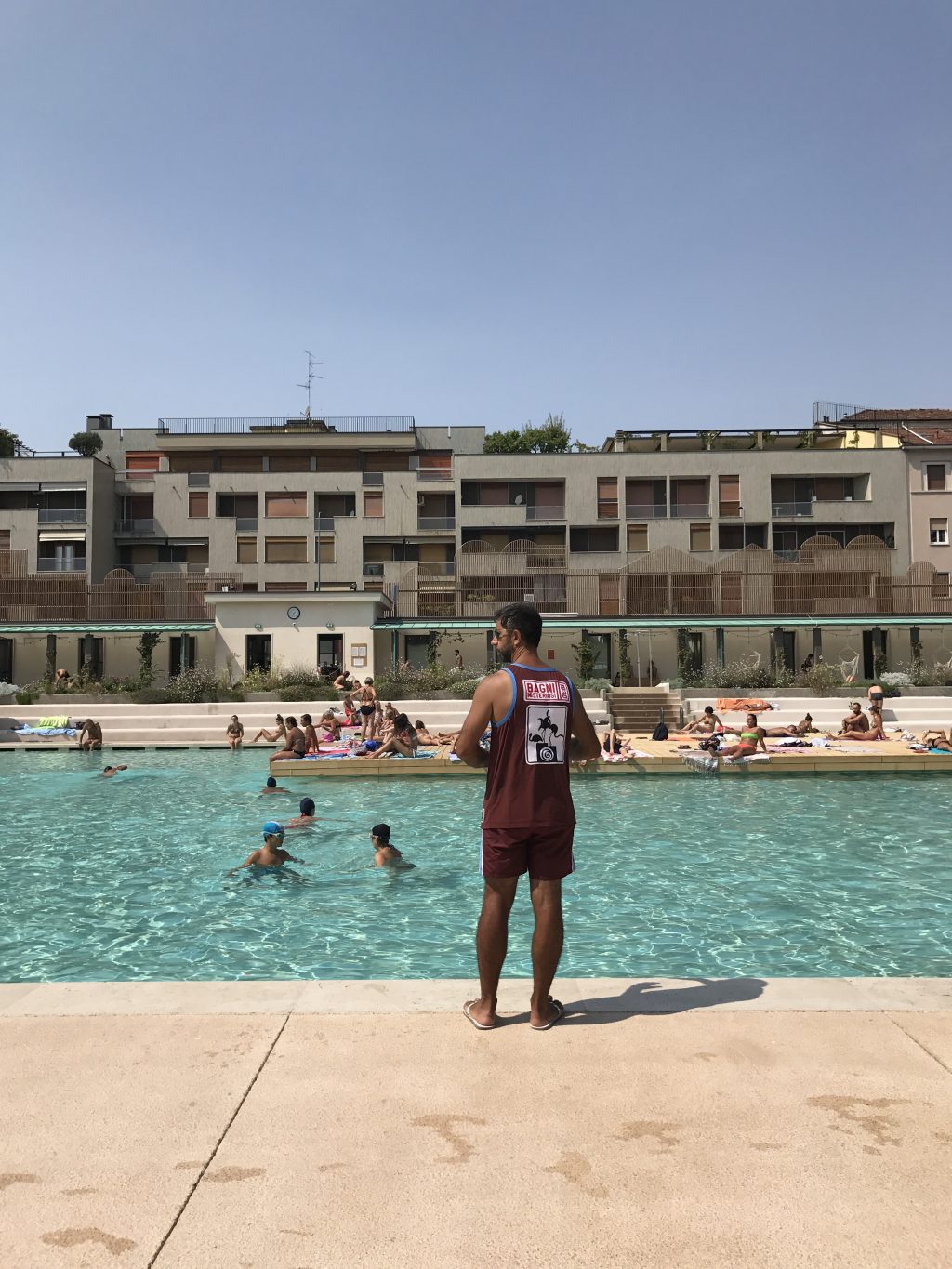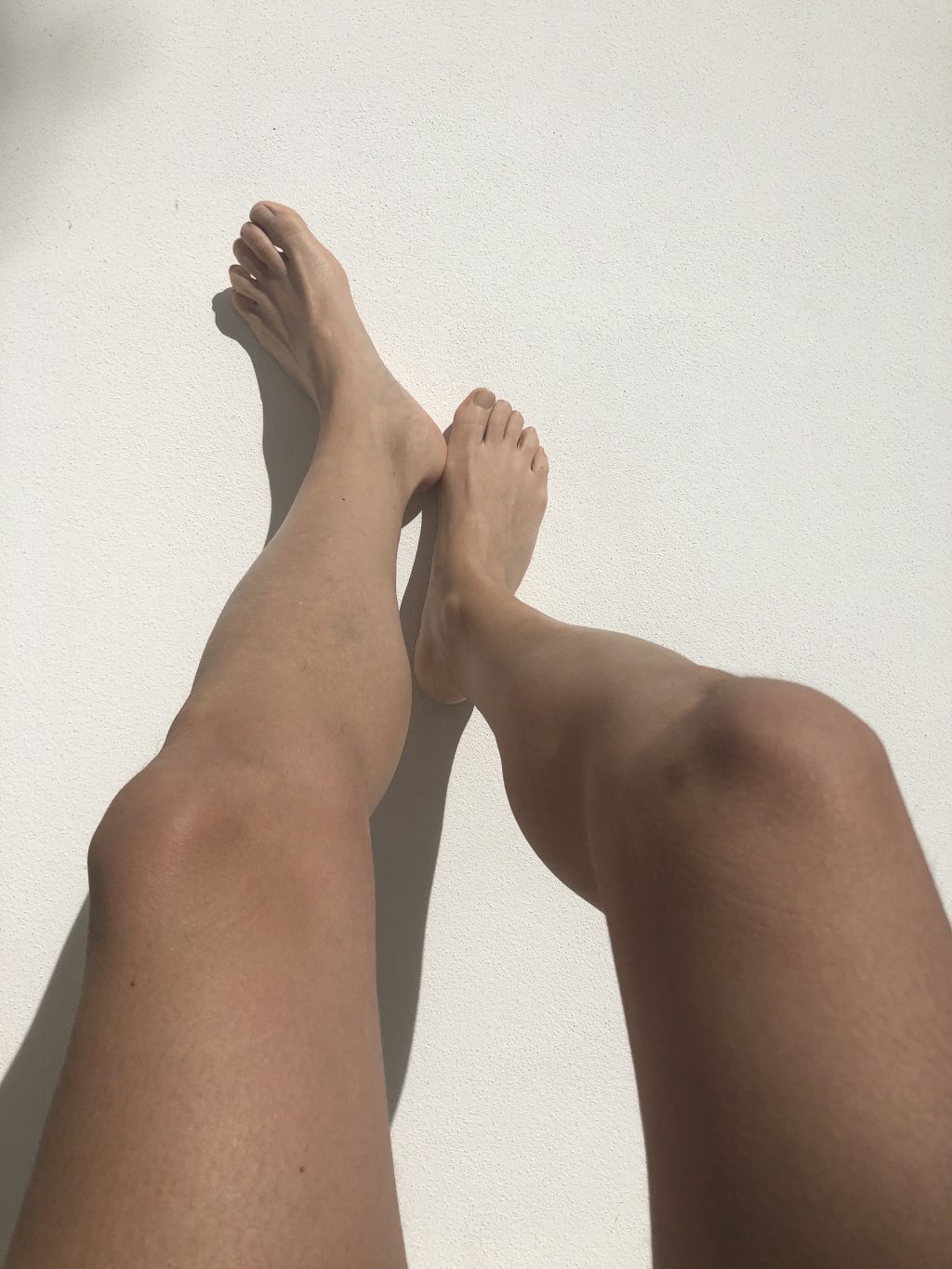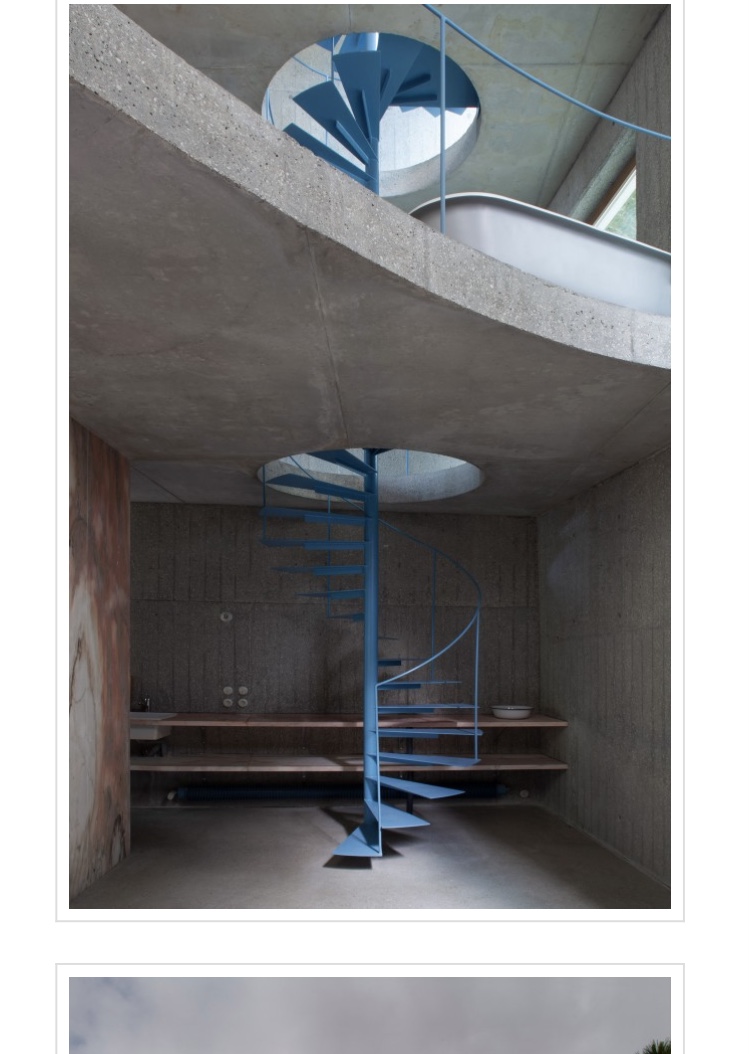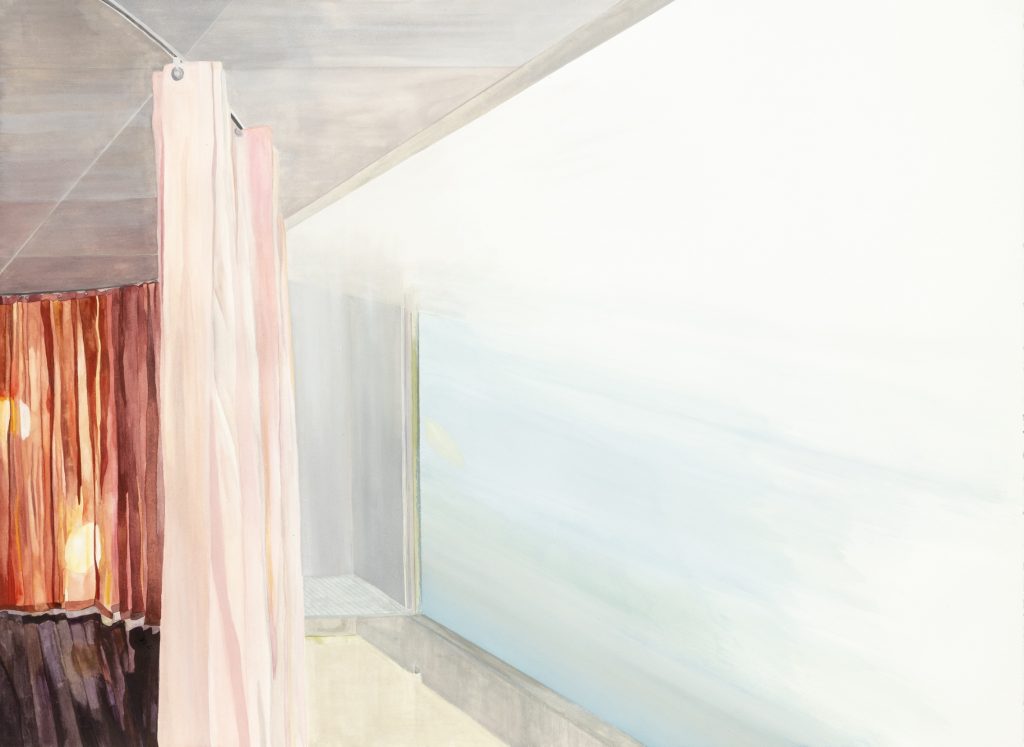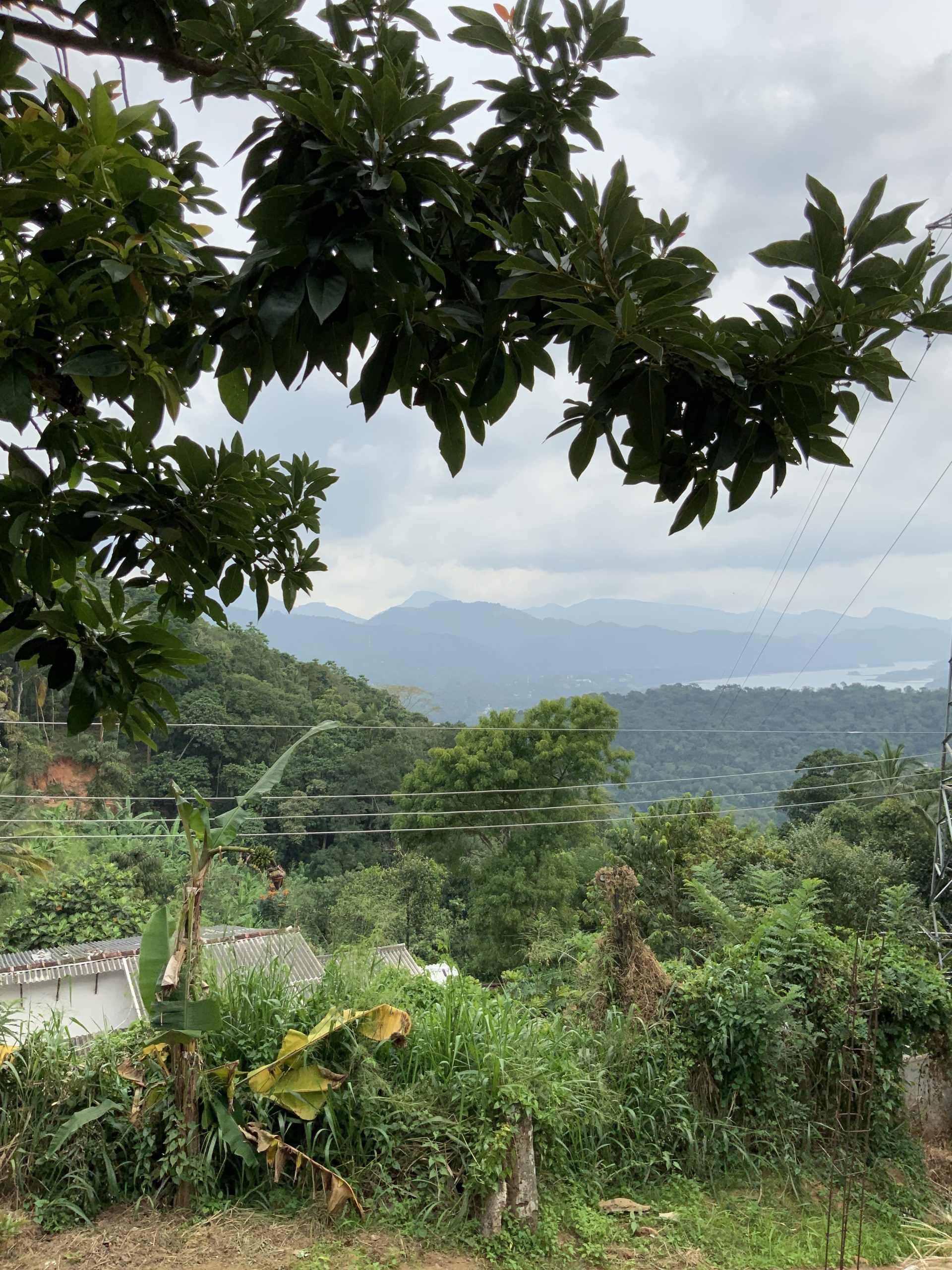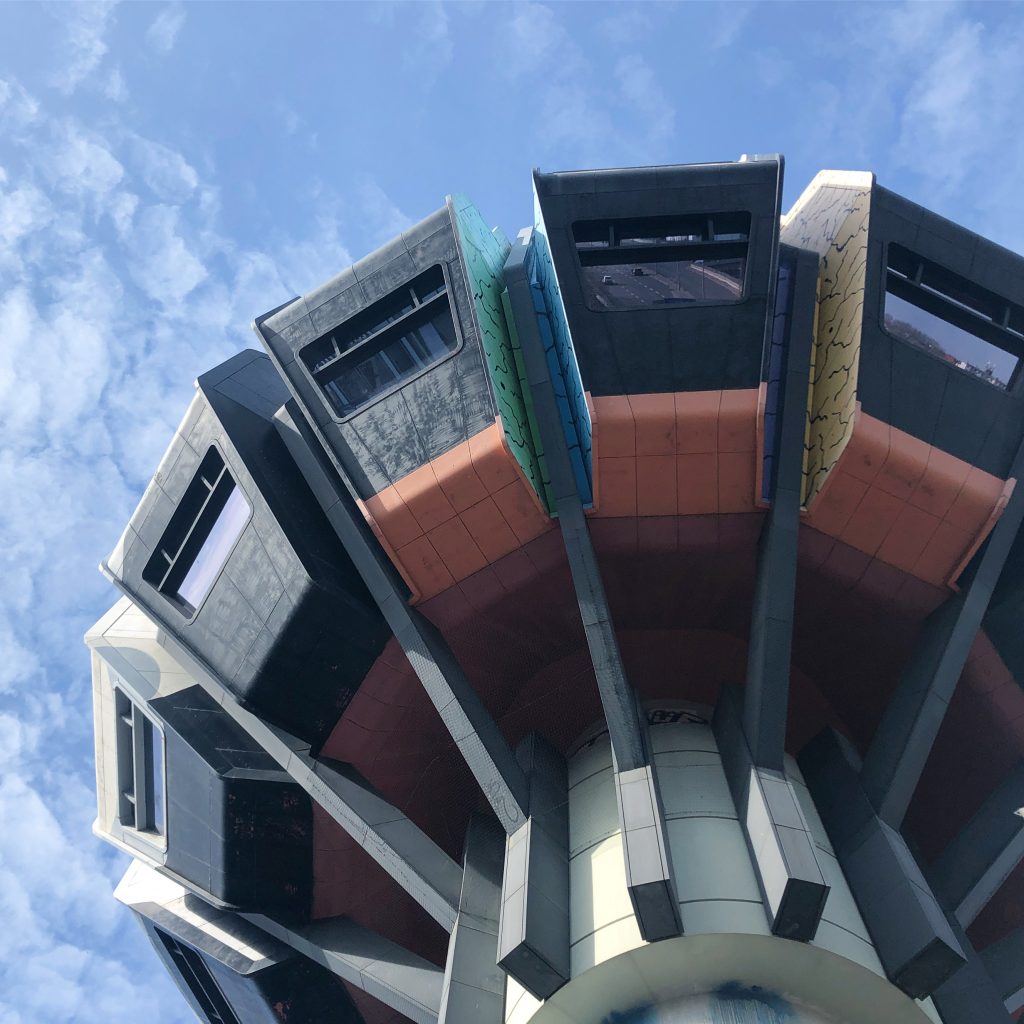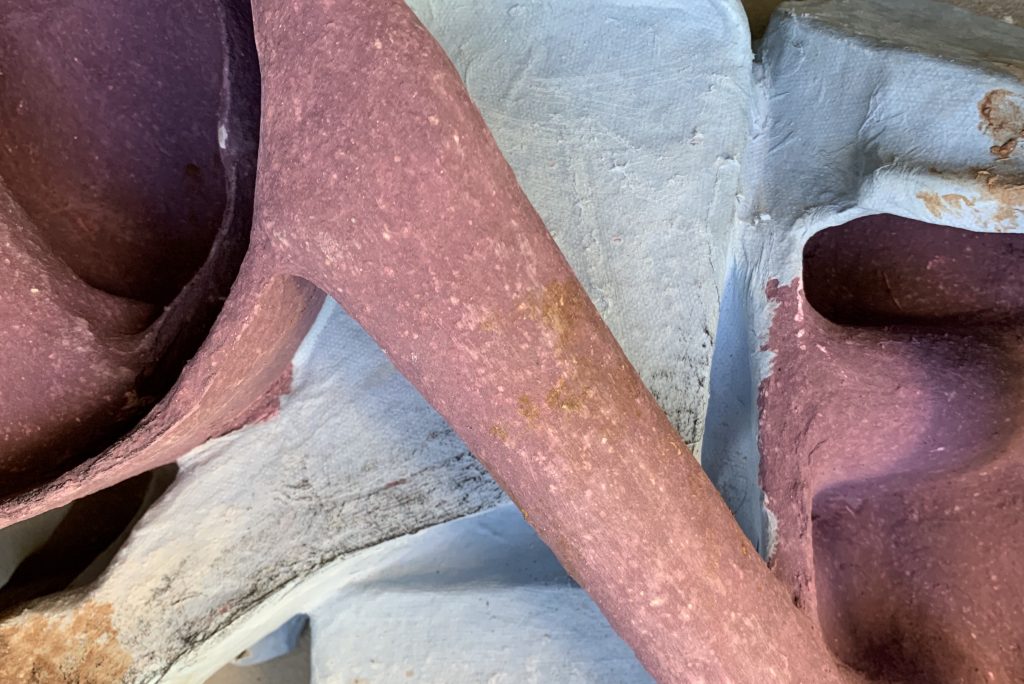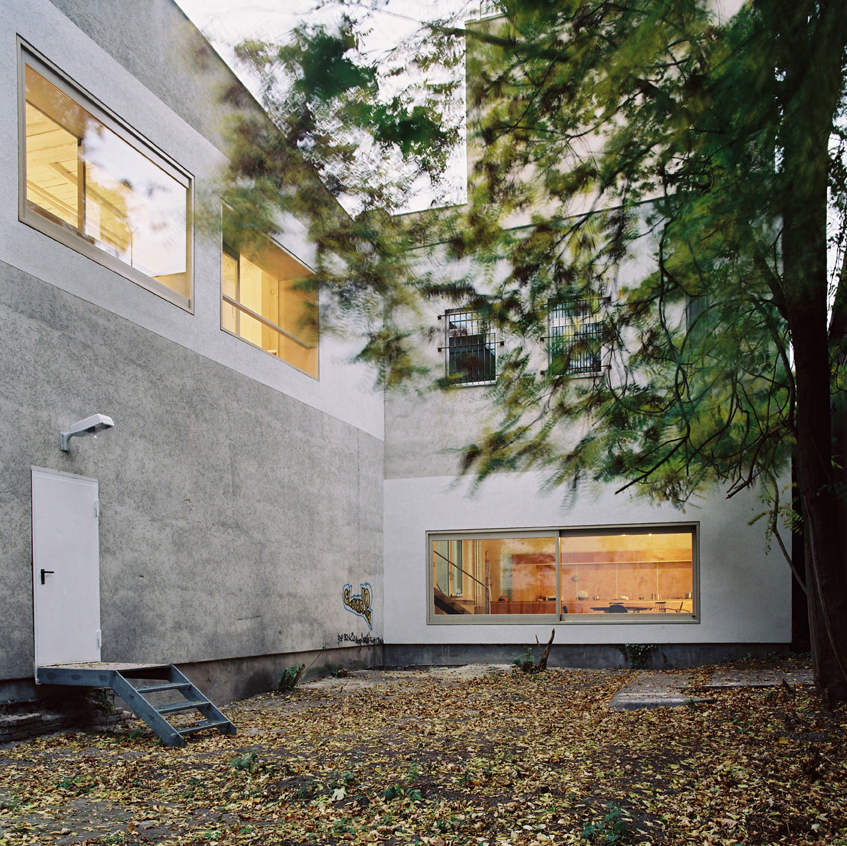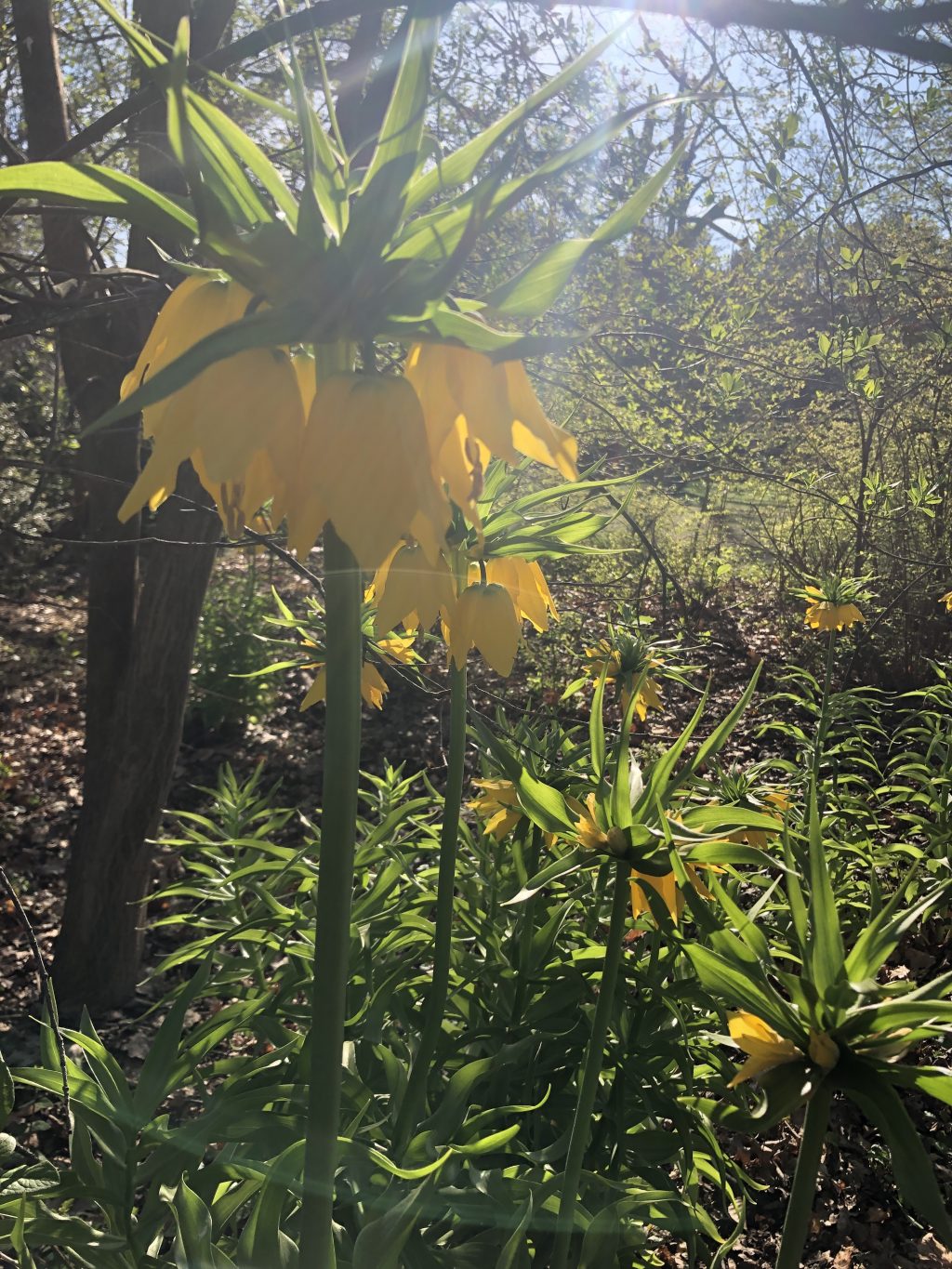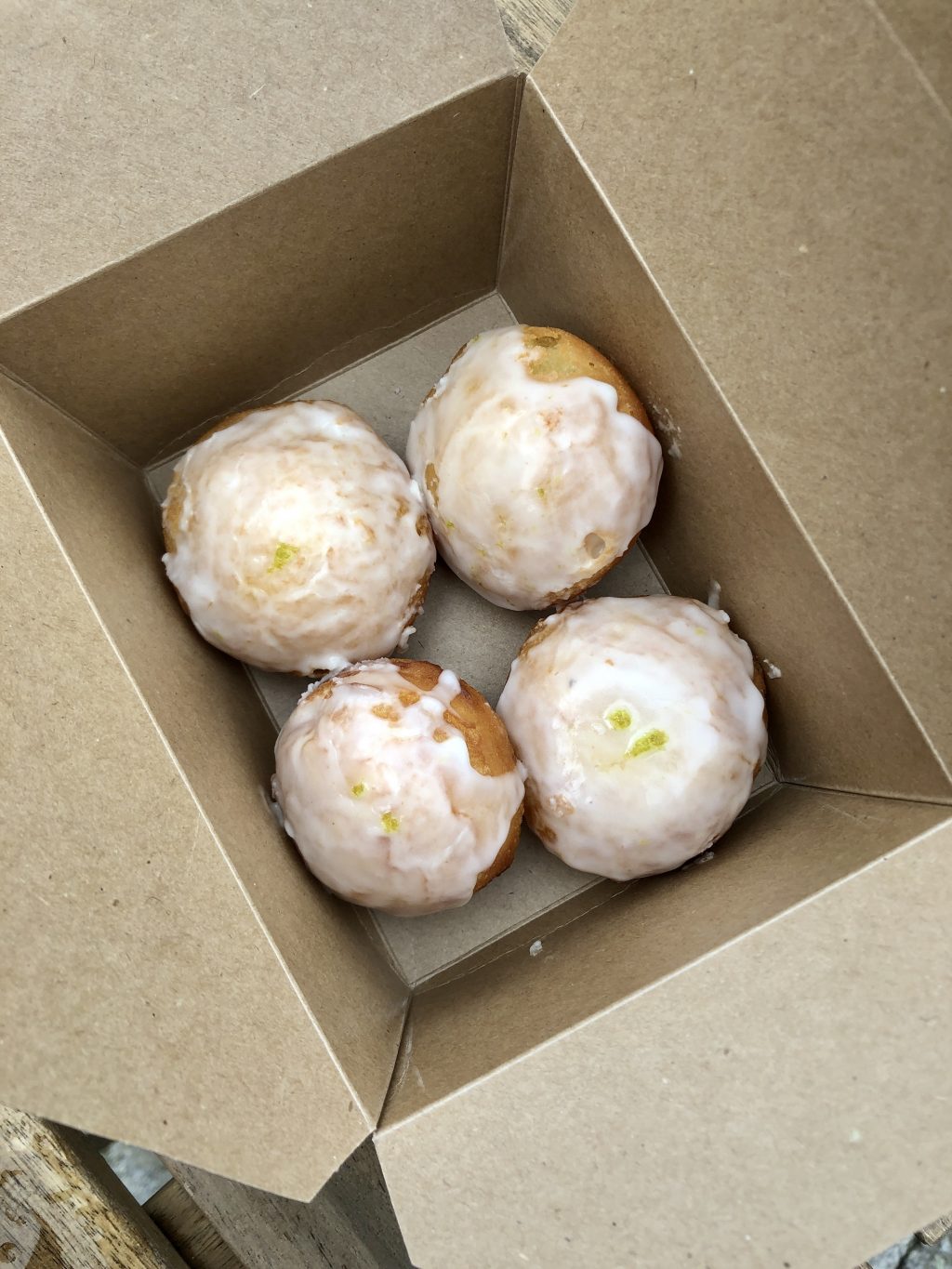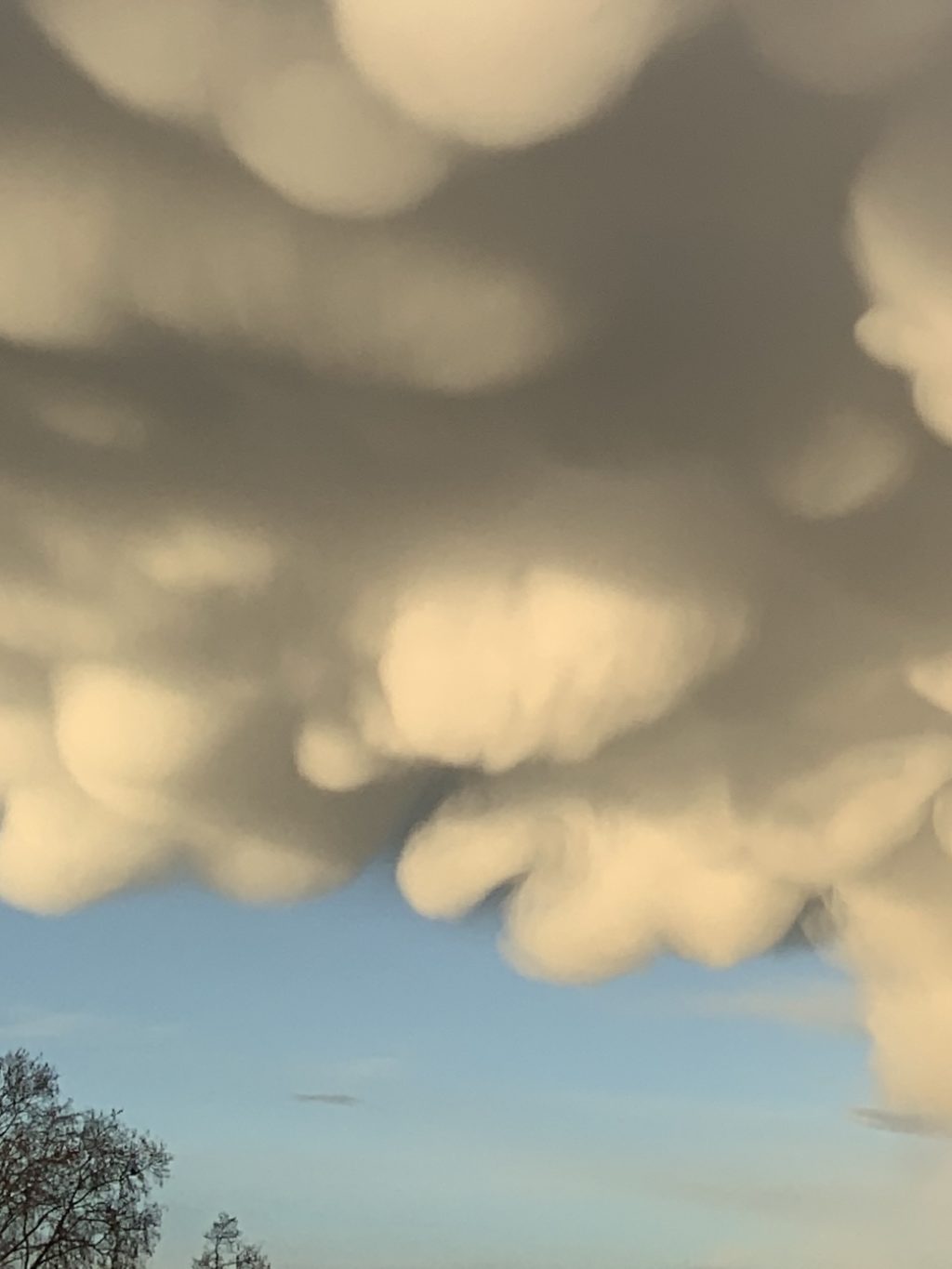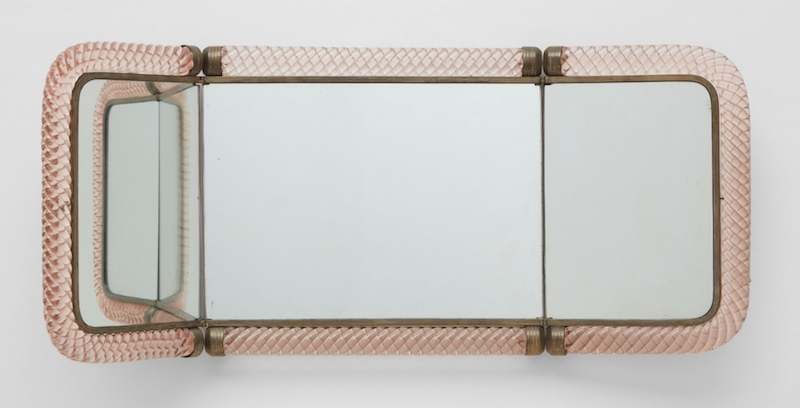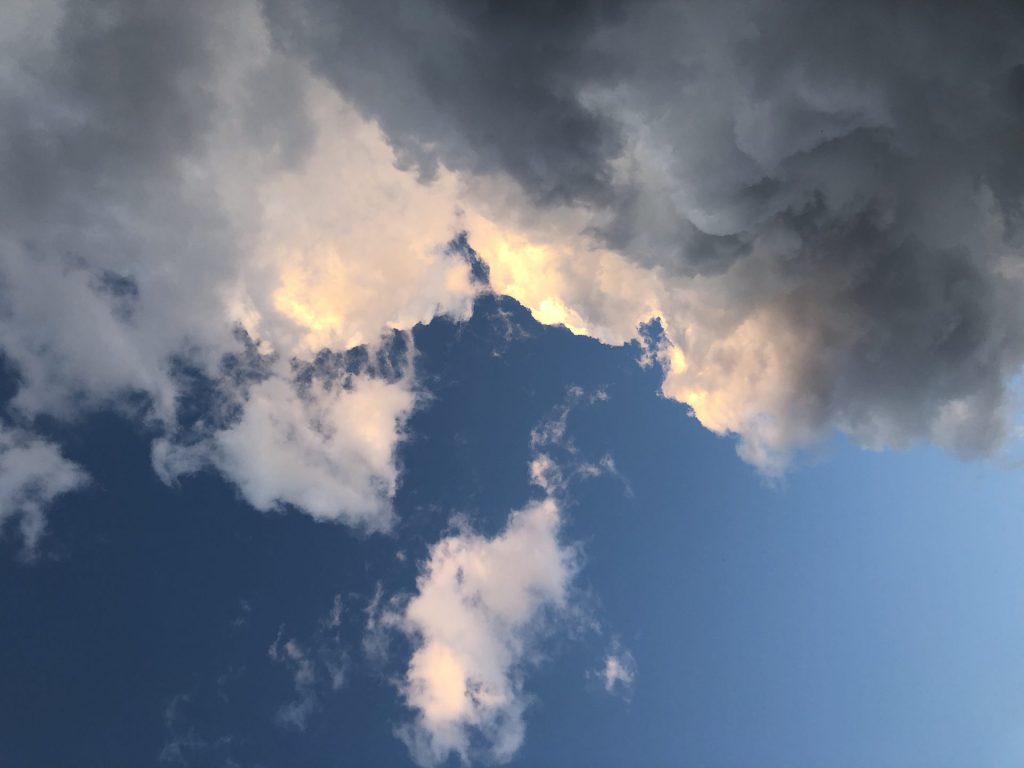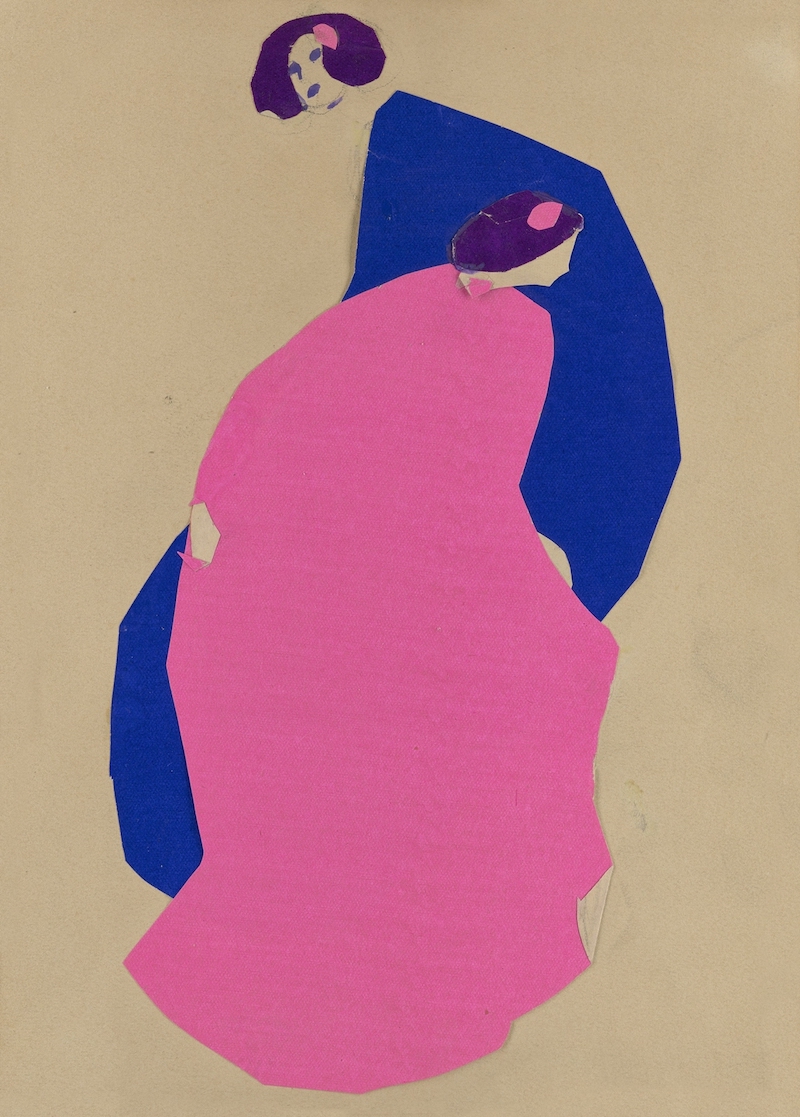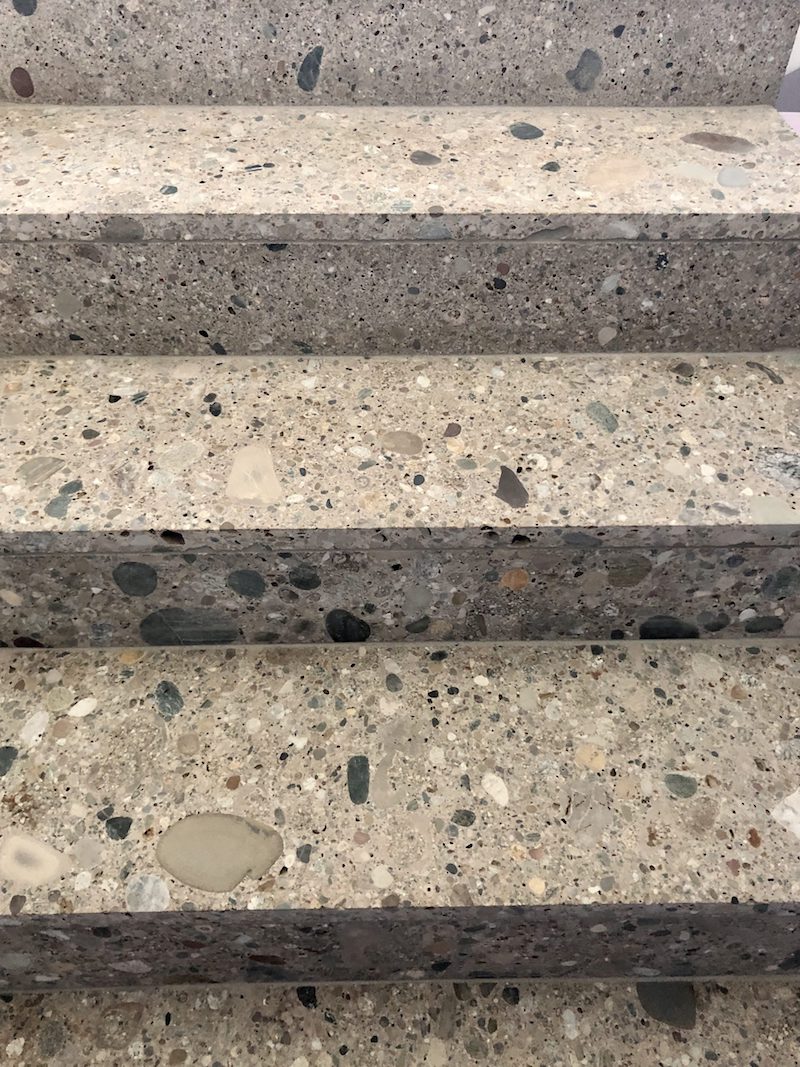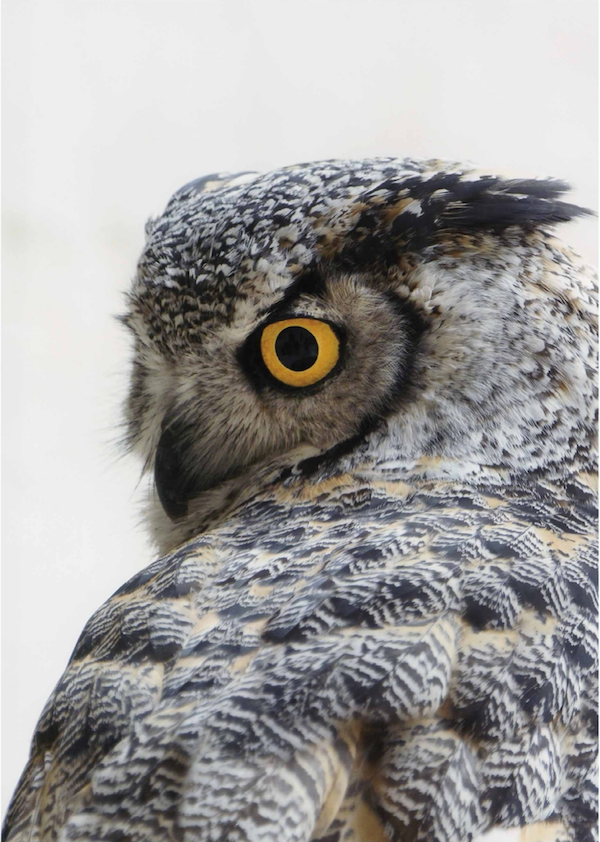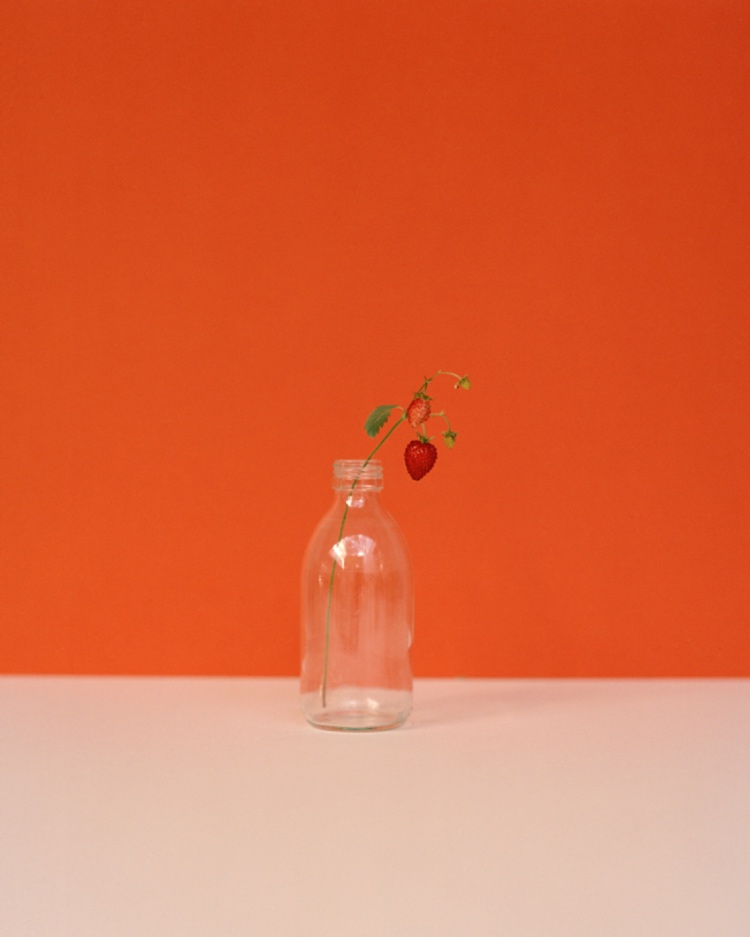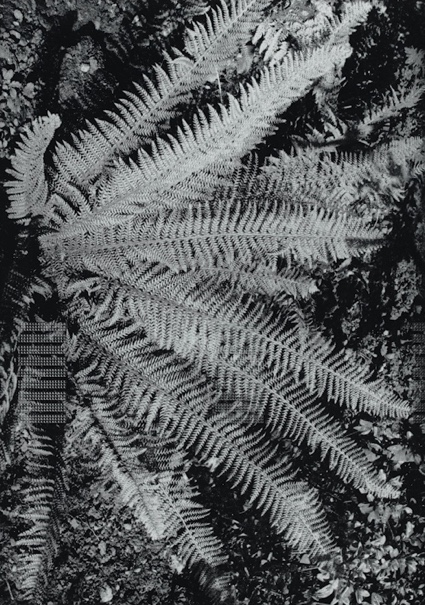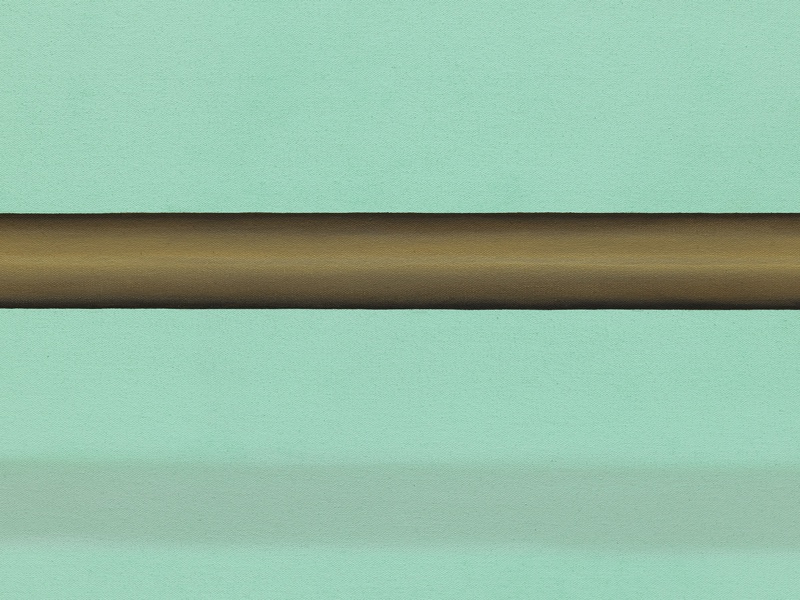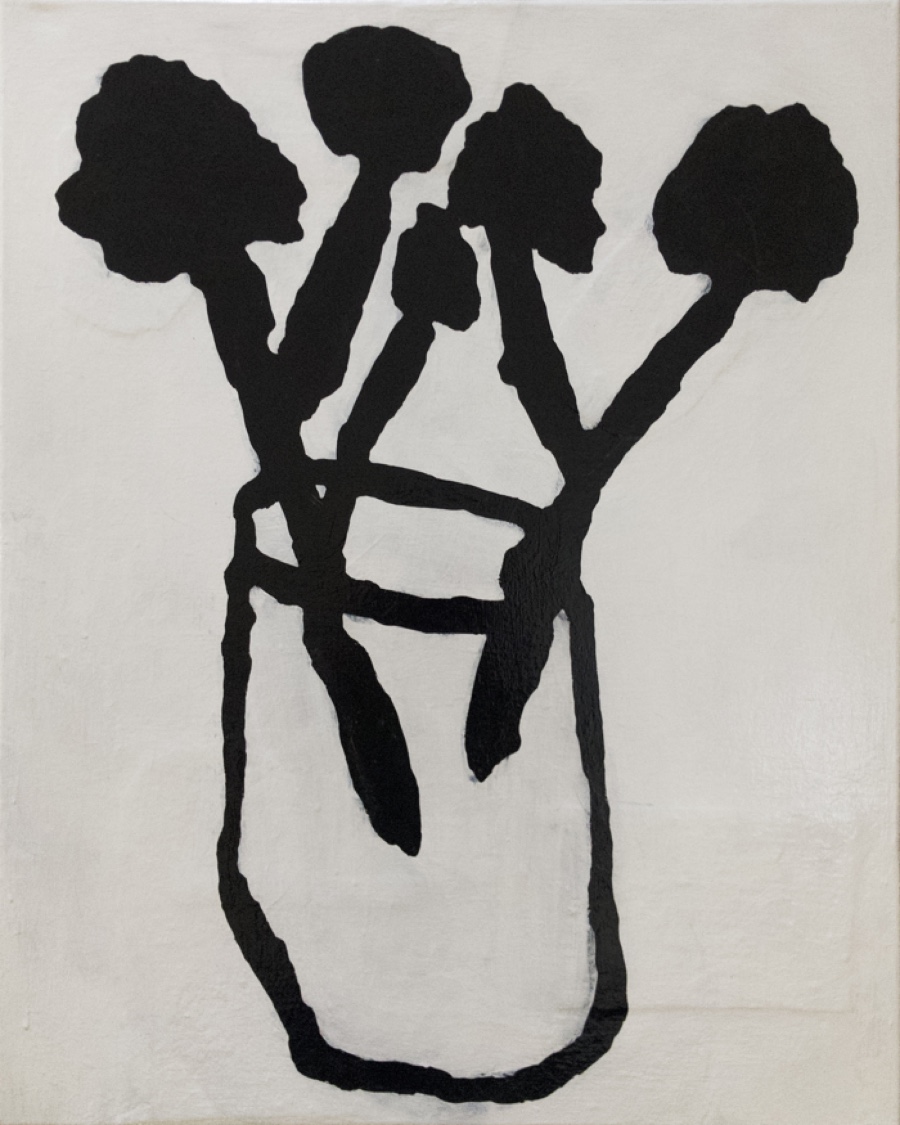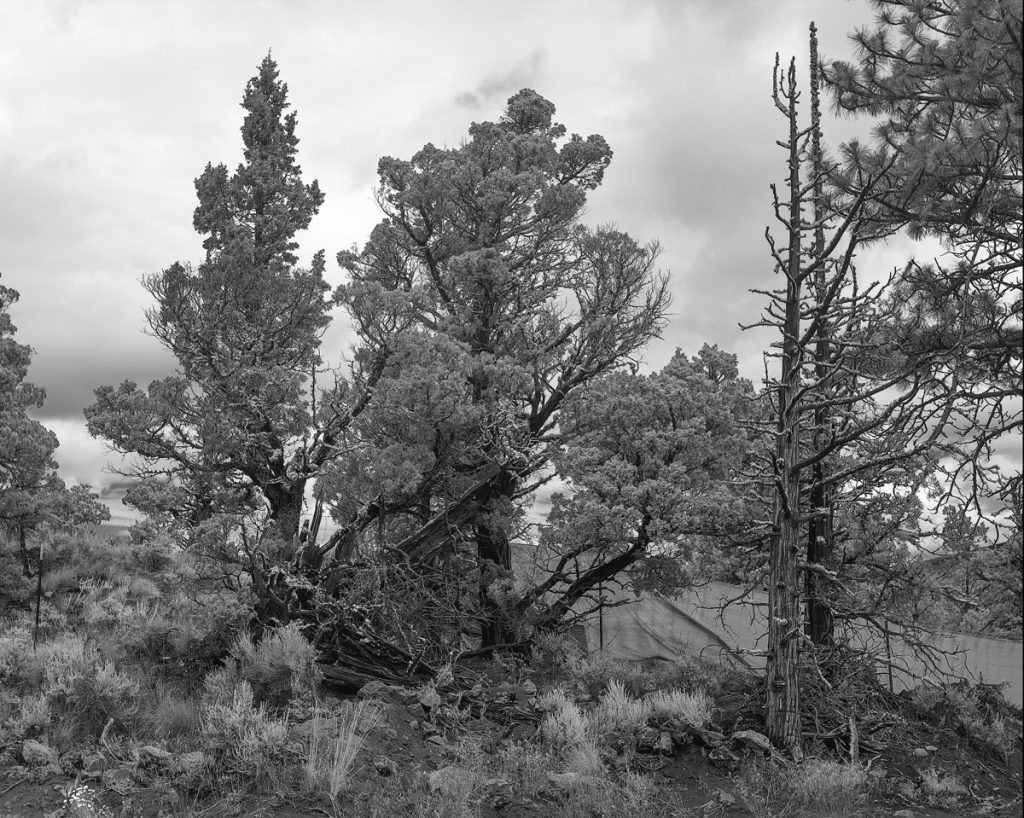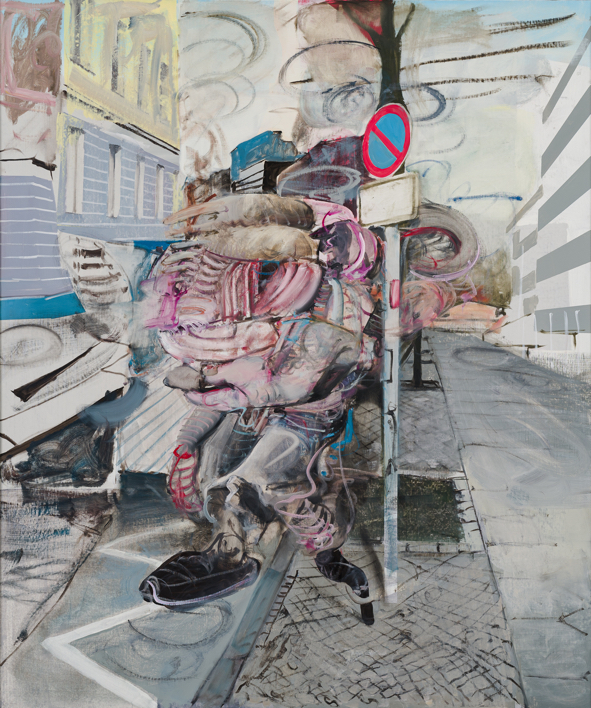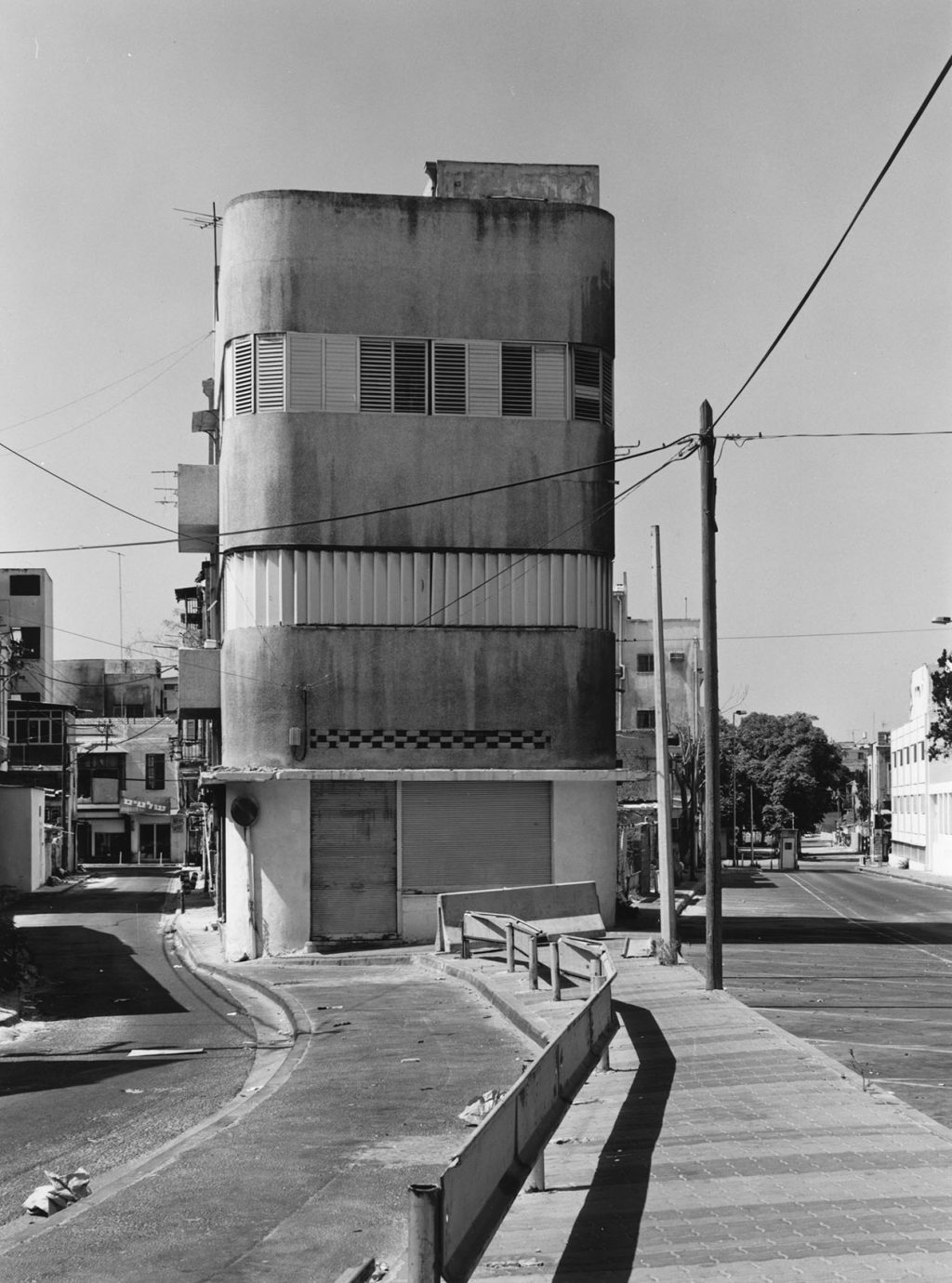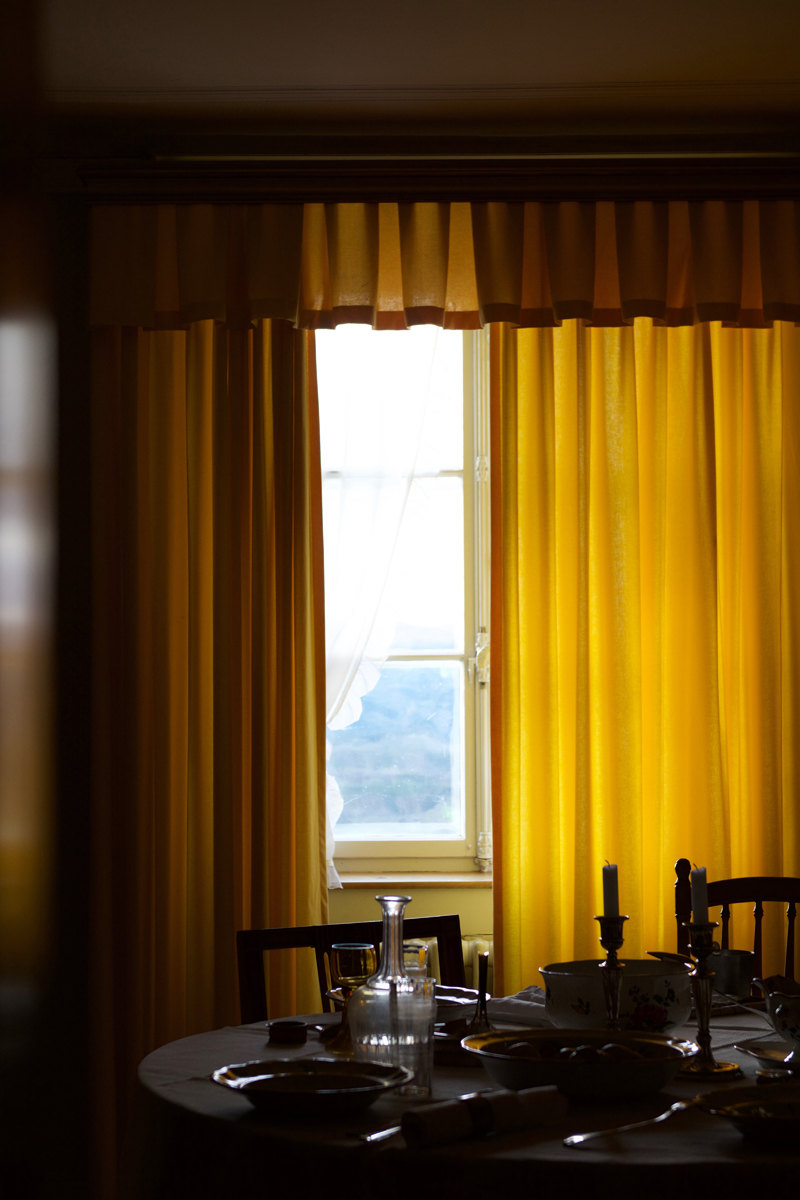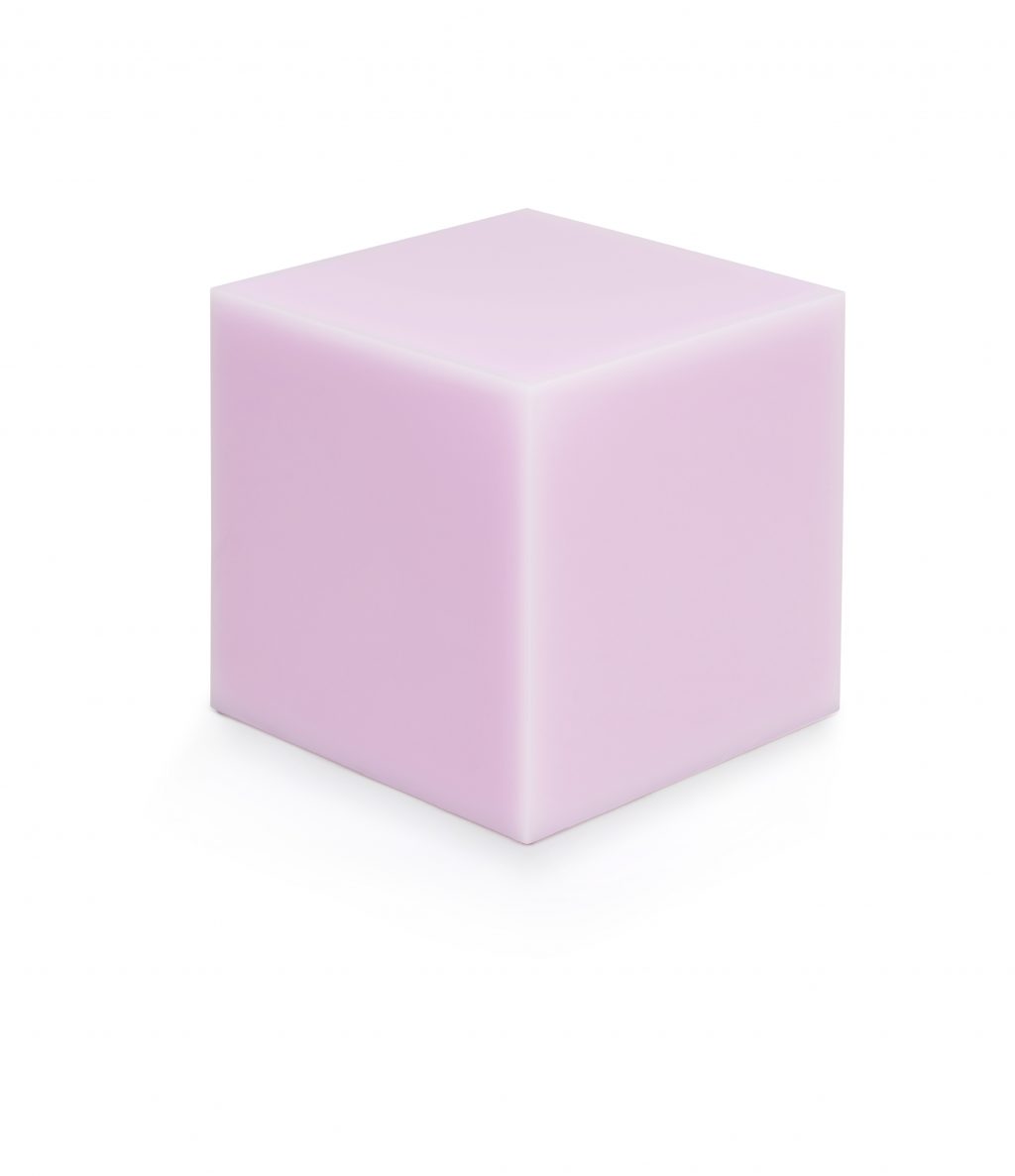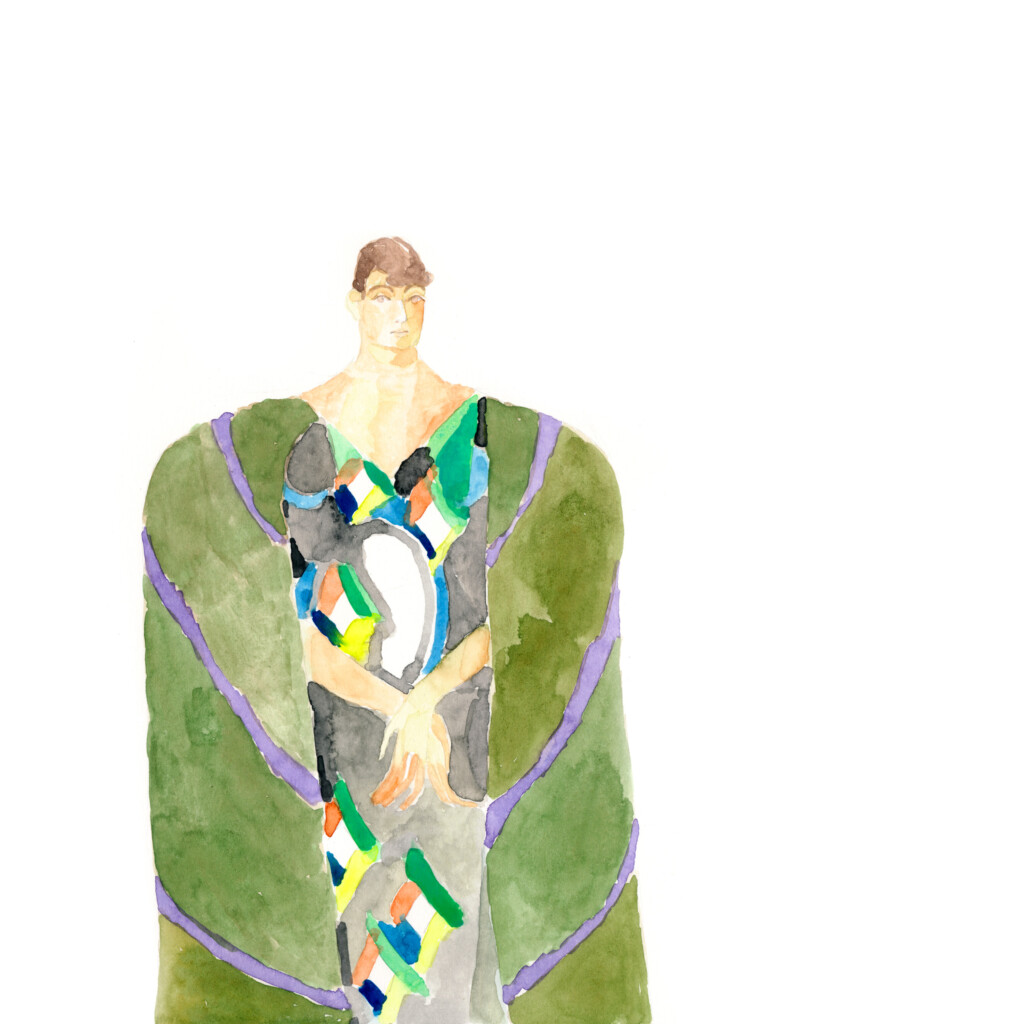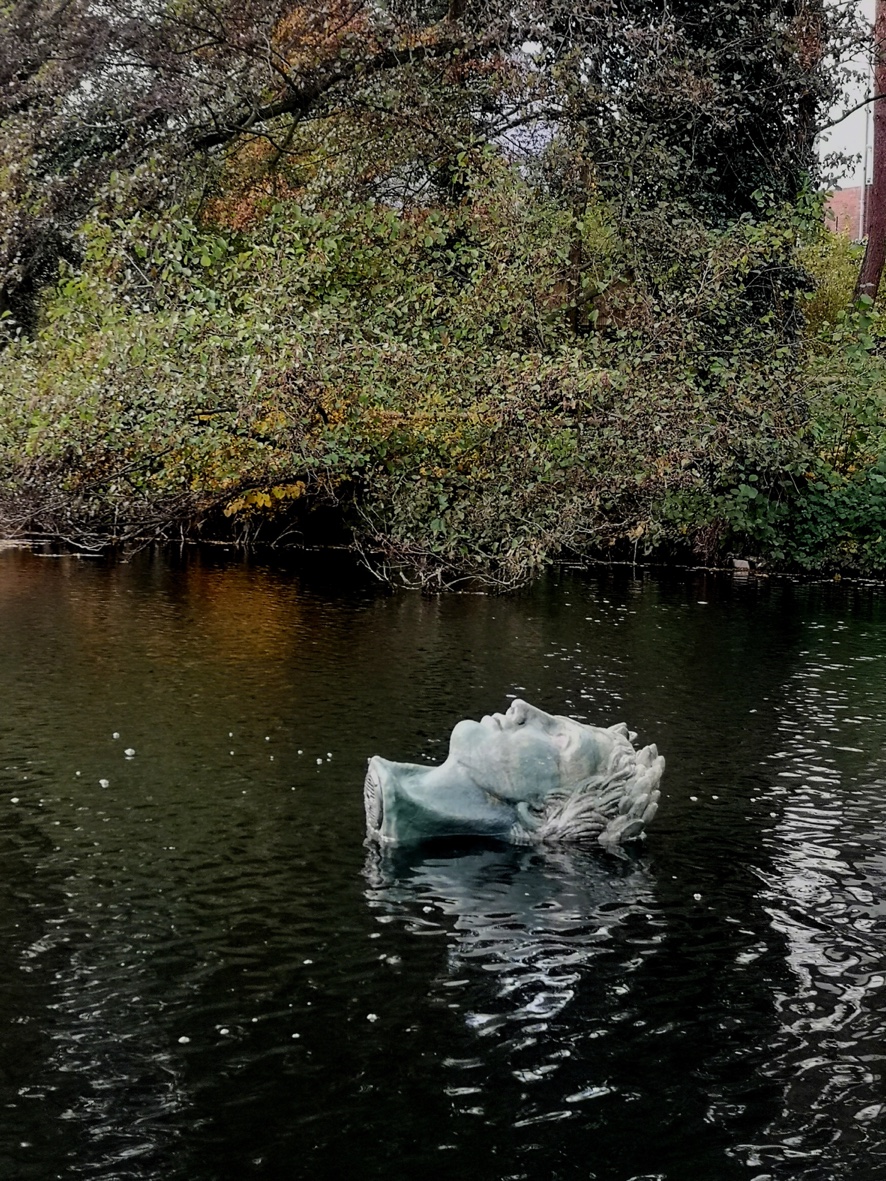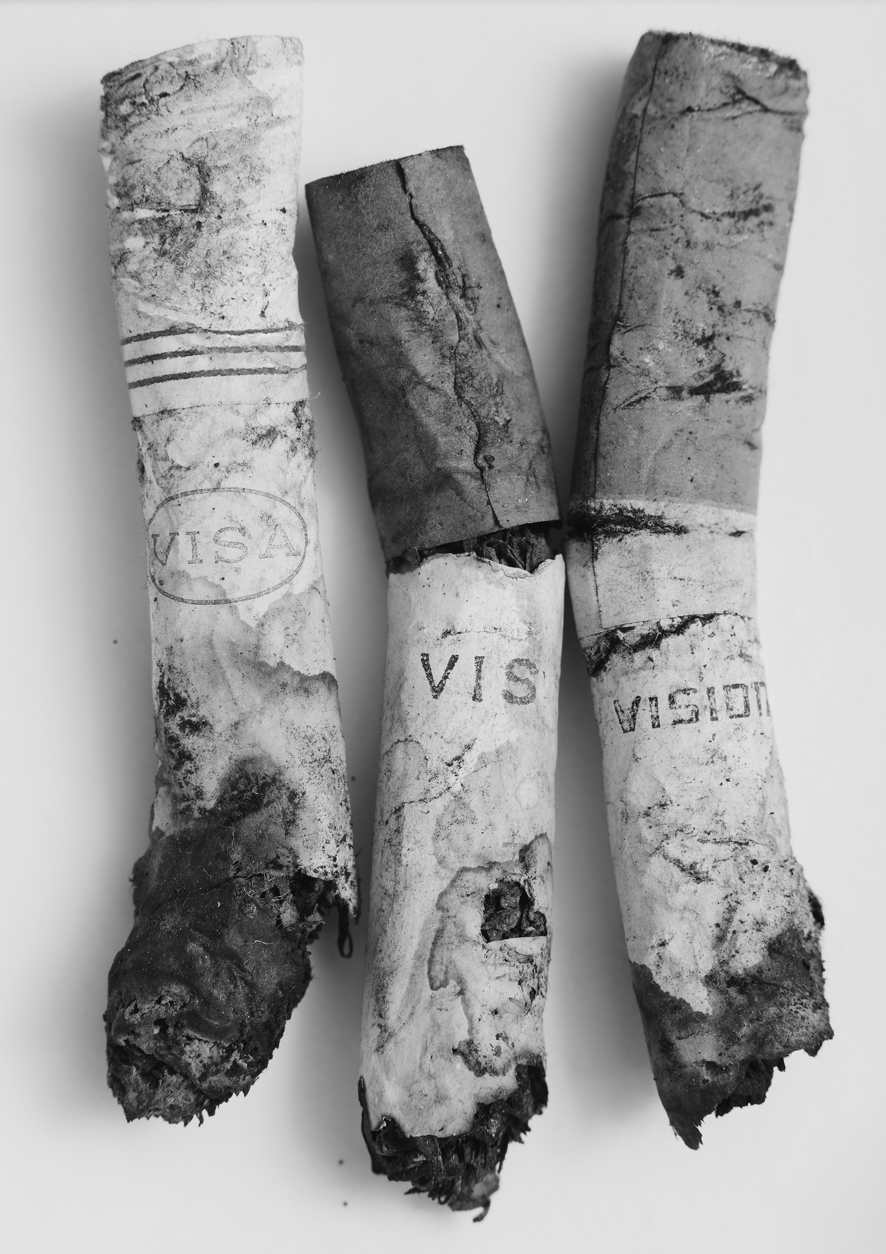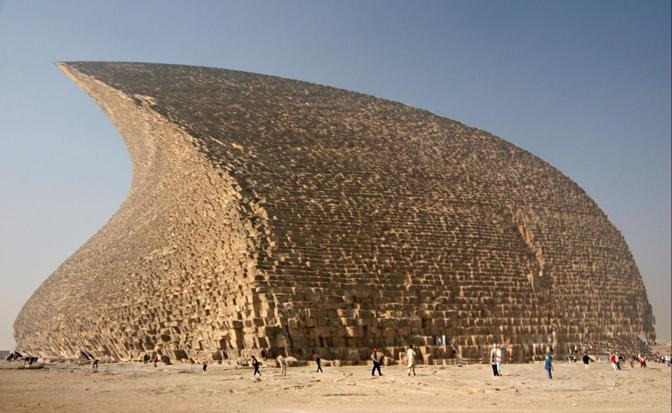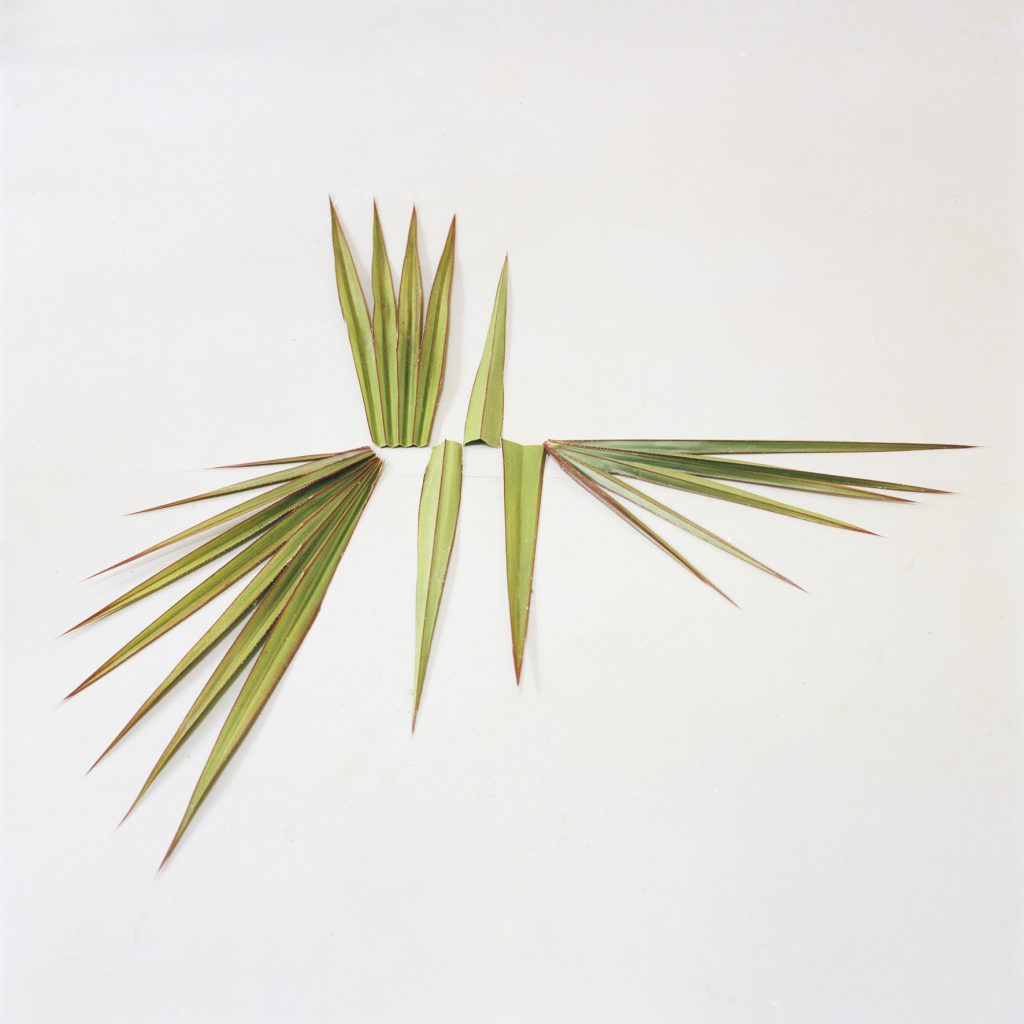Focusing on the work of a select number of artists, „Resonating Spaces“ at the Fondation Beyeler shows how visual shapes undertake a concrete presence in the artists works but are generally not perceptible. The works of contemporary artists Leonor Antunes, Silvia Bächli, Toba Khedoori, Susan Philipsz, and Rachel Whiteread create a specific quality of spatiality and resonate through individual approaches: versatility; blank spaces; traces; sounds; and memories. Each artist is showing exemplary pieces of their work, which in some cases were specifically made for this exhibition.
OBJECTS OF DESIRE: SURREALISM AND DESIGN SHOWS THE OMNIPOTENCE OF DREAMS AT VITRA DESIGN MUSEUM
It was one of the most influential art movements of the 20th century. Surrealism showed us the world through different lenses, dreamlike, warped, a little out of the real. The exhibition at the Vitra Design Museum unveils the dialogue between design and the surrealists, through an extensive collection of works by the likes of Gae Aulenti, Le Corbusier, BLESS, Salvador Dali, Marcel Duchamp, Ray Eames, Iris van Herpen and many more.
Synchronicity and globalised realities by Bettina Pousttchi at Berlinische Galerie
At the interface of sculpture, photography and architecture, Bettina Pousttchi’s works question cultural identity as proposed by urban planners and architects and explore the relationship between memory and history from a transnational perspective. Covering the entire façade of Berlinische Galerie’s entrance zone her photographic intervention is complemented on the inside by sculptural works demarcating and regulating movement of public spaces.
Art and spaces at Brussels Gallery Weekend
For its 12th edition, Brussels Gallery Weekend highlights the diversity of the local art scene. With 40 participating galleries and 17 institutions as well as numerous artist-run spaces and exhibitions, visitors are invited to discover both emerging artists and acclaimed names. The central based exhibition Fried Patterns furthermore introduces Brussels’ based artists not yet represented by galleries.
art berlin 2019
At the historic hangars of the Tempelhof Airport, more than 110 international galleries are participating in art berlin’s third edition. Alongside presentations of blue-chip and modern art galleries, art berlin responds to the parameters in the art market continually being reinvented. Perceived as indispensable incubators, the Special projects and Salon sections highlight curated and focused presentations for younger galleries and project spaces.
Power Plant Pioneering at Berlin Atonal
Fusing emergent experimental music with Europe’s progressive art scene across various venues throughout Berlin between 1982 and 1990, Berlin Atonal helped to form the reputation of Berlin as ground-zero for advanced experimental culture. Since 2013, the annual festival is located at Kraftwerk Berlin where artists present site-specific installations, reversing and experimenting with traditional concepts of space, sound art, performance and video.
New Holland Island, a cultural green lung for St Petersburg
On New Holland Island, cultural programming and extensive landscape architecture successfully revived a 18th century naval base in the heart of St Petersburg. Here, preservation harmonises with renewal and the restored buildings offer a home to the city’s creative community. Vast green spaces open to the public help the island blending into and redefining what contemporary St Petersburg is.
Synthetic visions of a better future at the Vitra Design Museum
Designing natural and biological processes increasingly enters the design discourse- for example of sustainable materials, that can be generated through synthetic biology. Developed in close collaboration with experts from science, engineering or art, Alexandra Daisy Ginsberg investigates the possible future realities that synthetic biology could produce, creating narratives that invite to re-consider technological advancements from new perspectives.
Archiv der Zukunft, weaving the future together
How can space encourage a small town’s imagination and stimulate progress? In Northern Bavaria, Peter Haimerl’s architecture takes on Lichtenfels’ most distinct manufactures: traditional wicker production and hightec 3D metal printing. The „Archiv der Zukunft“ suggests both heritage and departure, and, by offering a public space for discourse at the market square, invites to participate in the city’s process of innovation and revitalization.
Fall in love at TROPEZ in Berlin-Wedding
For its third summer season, TROPEZ is spreading AMOUR all around Berlin-Wedding’s Humboldthain Sommerbad. While also operating a kiosk offering snacks and refreshments, TROPEZ displays art works investigating the body and issues of desire. Conceived as a declaration of love, a series of lectures, performances and art workshops playfully invite the pool’s visitors of varied cultures, ages and social strata to be seduced, astonished and amused.
The past, present and future of Derzbachhof
Accompanying its restoration by Euroboden, raumstation Architects and Peter Haimerl, beierle.goerlich collected oral (hi)stories on the Derzbachhof, a derelict farm house built 1751. They lyrically retell these stories as photographic reenactments on large posters displayed in the neighbourhood – offering a narrative on how the redevelopment of a building can not only preserve but also translate its cultural heritage into contemporary relevance.
Virgil Abloh remixes Vitra classics for tomorrow’s homes
In collaboration with Virgil Abloh, Vitra presents the installation TWENTYTHIRTYFIVE at Zaha Hadid’s Fire Station on the Vitra Campus in the summer of 2019. It will later travel to the newly opened Vitra showroom in New York city. Abloh’s artistic intervention emphasizes the interaction between an adolescent and his home surroundings. Developed in relation with this installation, the futuristic living environment includes three spin-off products that are available as limited editions.
RUDOLF STINGEL embracing FONDATION BEYELER’S architecture for a summer romance
Rudolf Stingel’s solo exhibition pays tribute to his conceptual and self-reflexive manners, exploring its possibilities and media-specific limits through the interplay of artistic strategies, materials and shapes. Guided by Renzo Piano’s spatial design of the Fondation Beyeler, it brings together abstract and photorealistic paintings from over 20 years, staged within Stingel’s iconic application of monochrome deep-pile carpets and silver Celotex insulation boards.
Dramatic sceneries of contrasts at new Lisbon concept store TEM-PLATE
In Lisbon’s buzzing creative district Marvila, Berlin-based Gonzales Haase AAS transformed an 800 sqm former warehouse into a prosaic and expressive concept store. On a monthly basis, TEM-PLATE re-curates high end fashion, objects, limited editions and exclusive collaborations within this radically simple yet monumental setting. Applying their renowned sensitivity for juxtaposing materials such as raw and sleek, Gonzales Haase AAS’s design for TEM-PLATE is both minimalist and extraordinary, visionary and timeless.
PAULY SAAL
Since opening in February 2012 in the former Jewish Girls’ School, Pauly Saal has established itself as a key location for fine dining in Berlin. Guests dine comfortably in the elegant yet intimate atmosphere. Chef de Cuisine, Dirk Gieselmann and Head Chef, Sebastian Leyer, work in unison to serve traditional French cuisine with a focus on regional produce. The seasonal menu includes classics such as Turbot, Pigeon, Veal Sweetbreads and Terrines, accompanied by a carefully-selected wine pairing.

